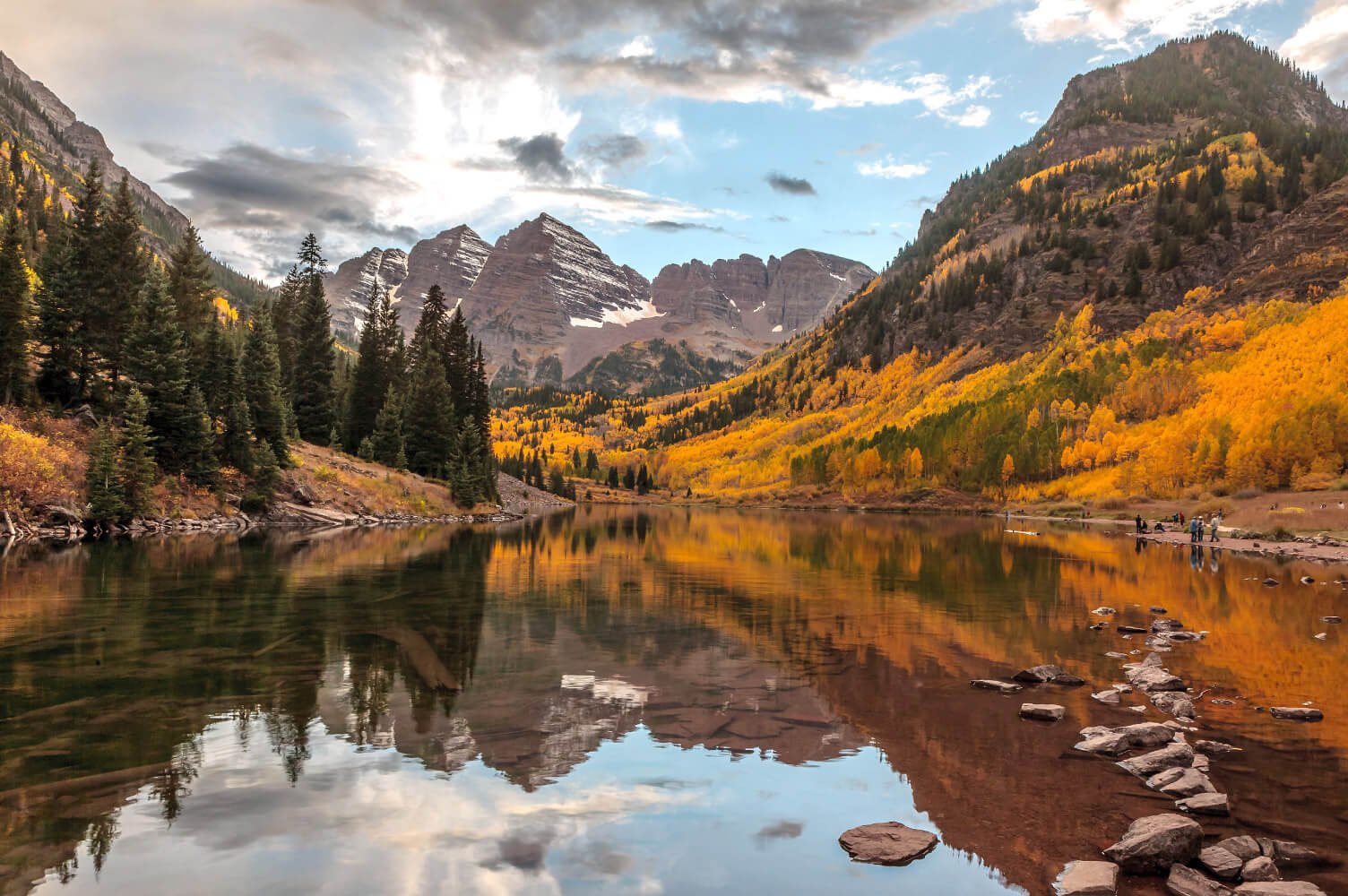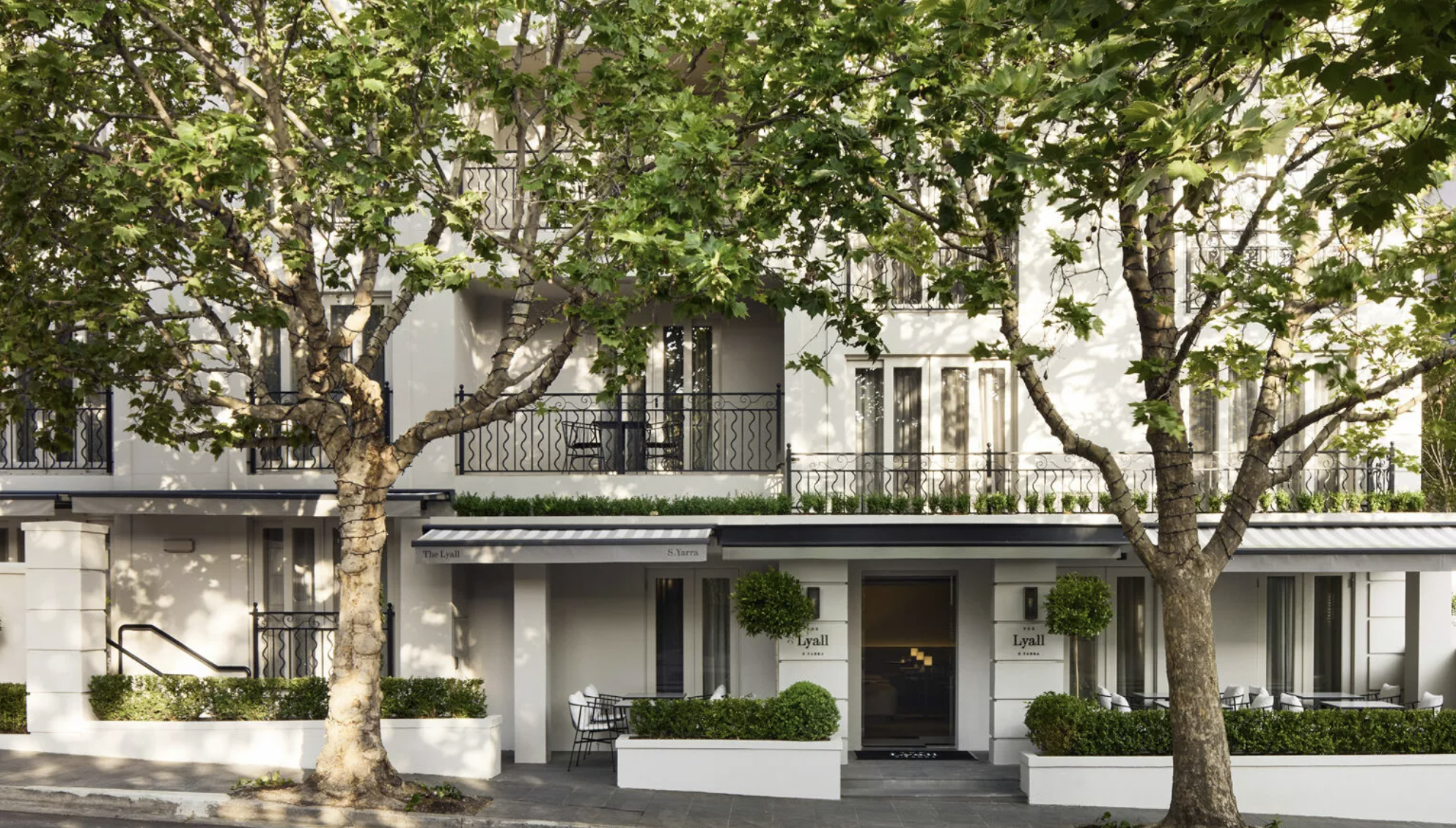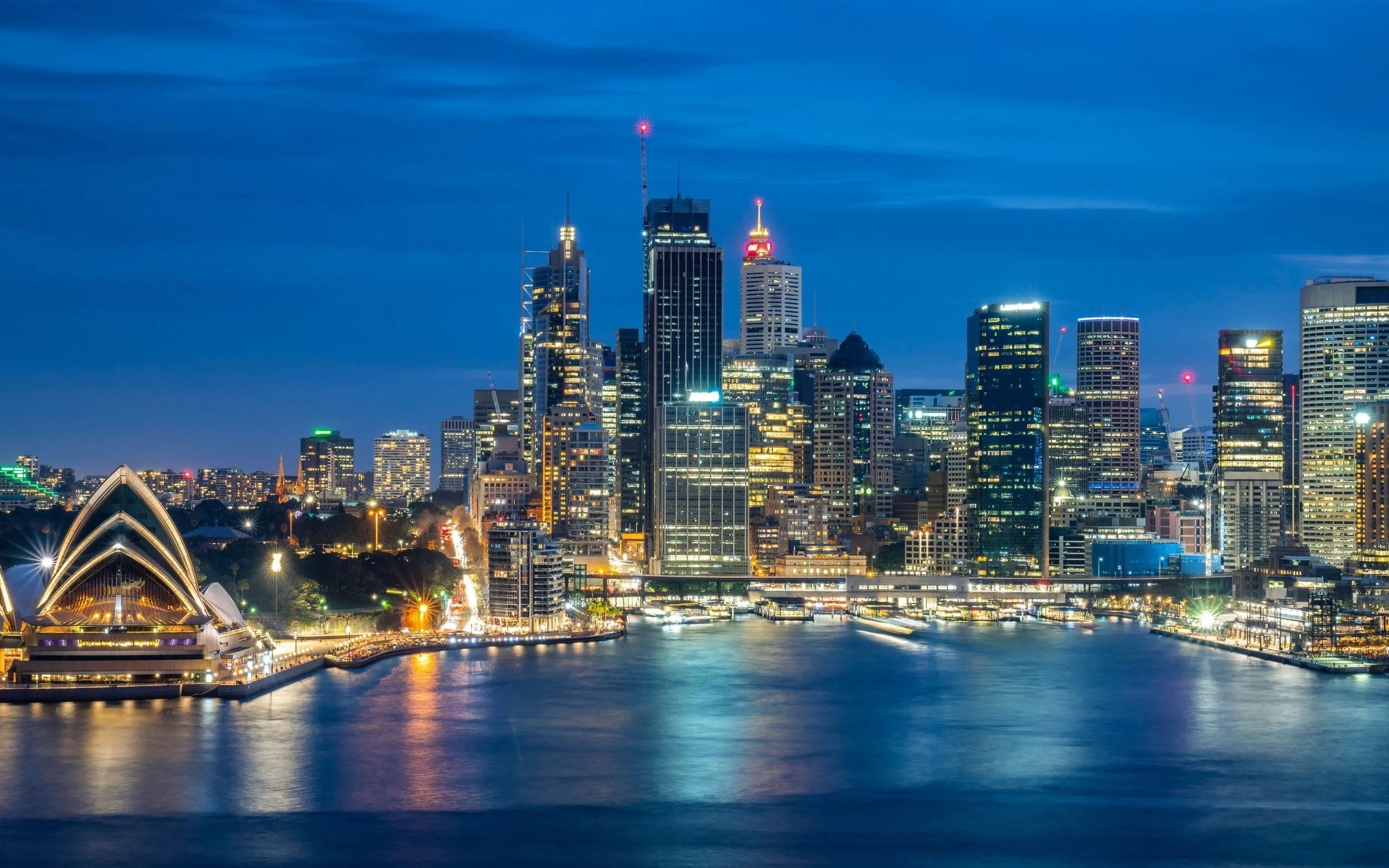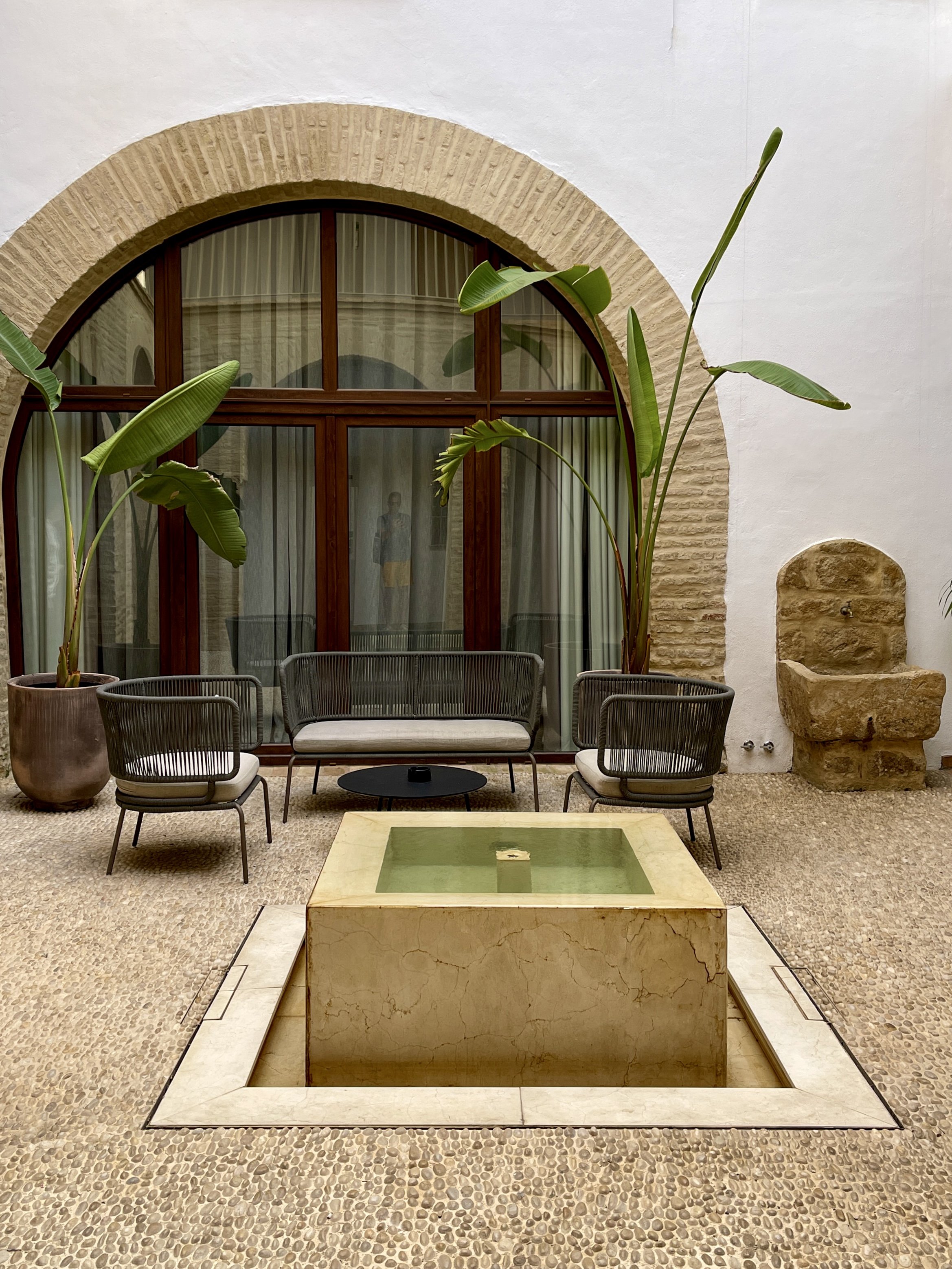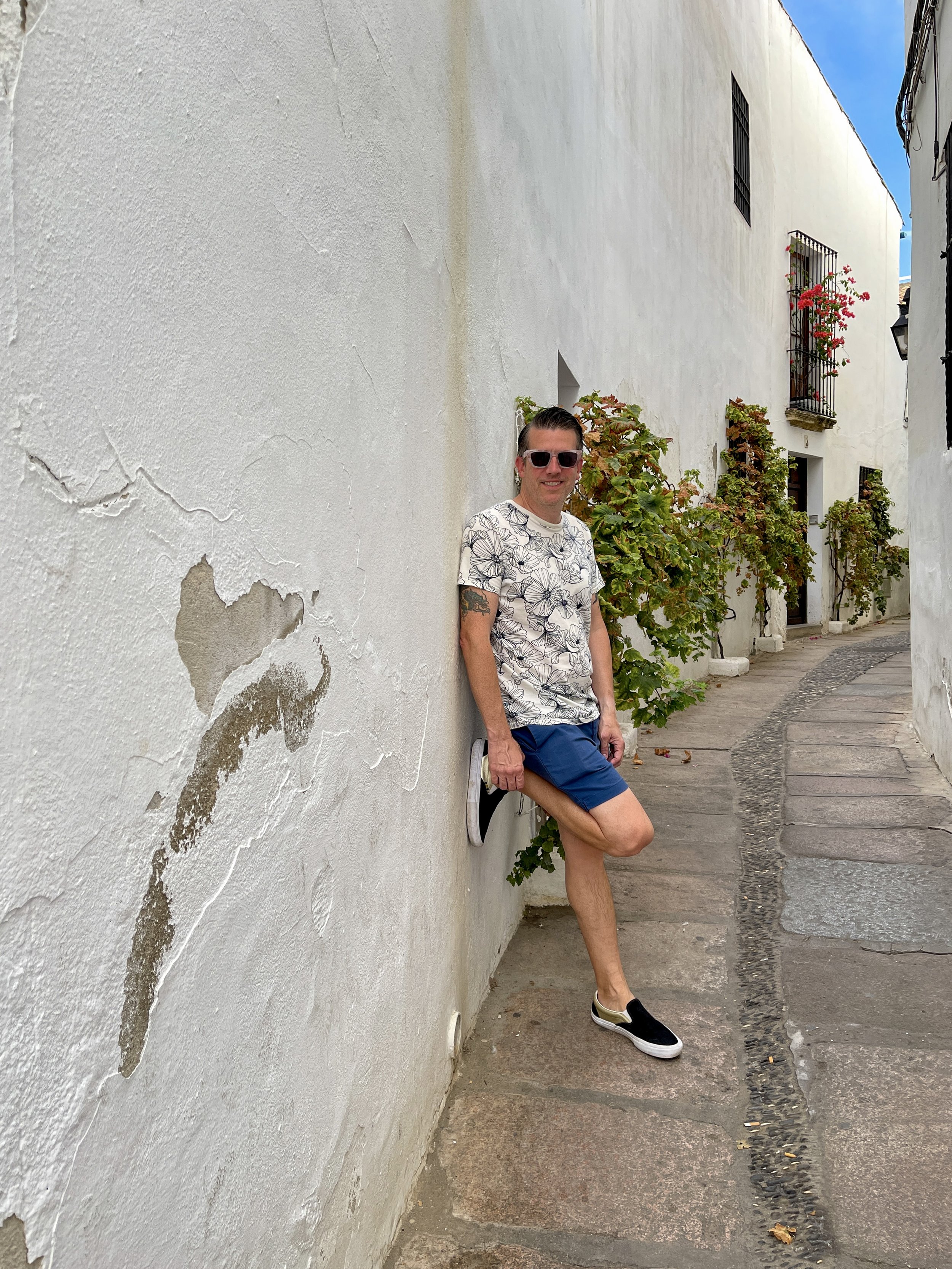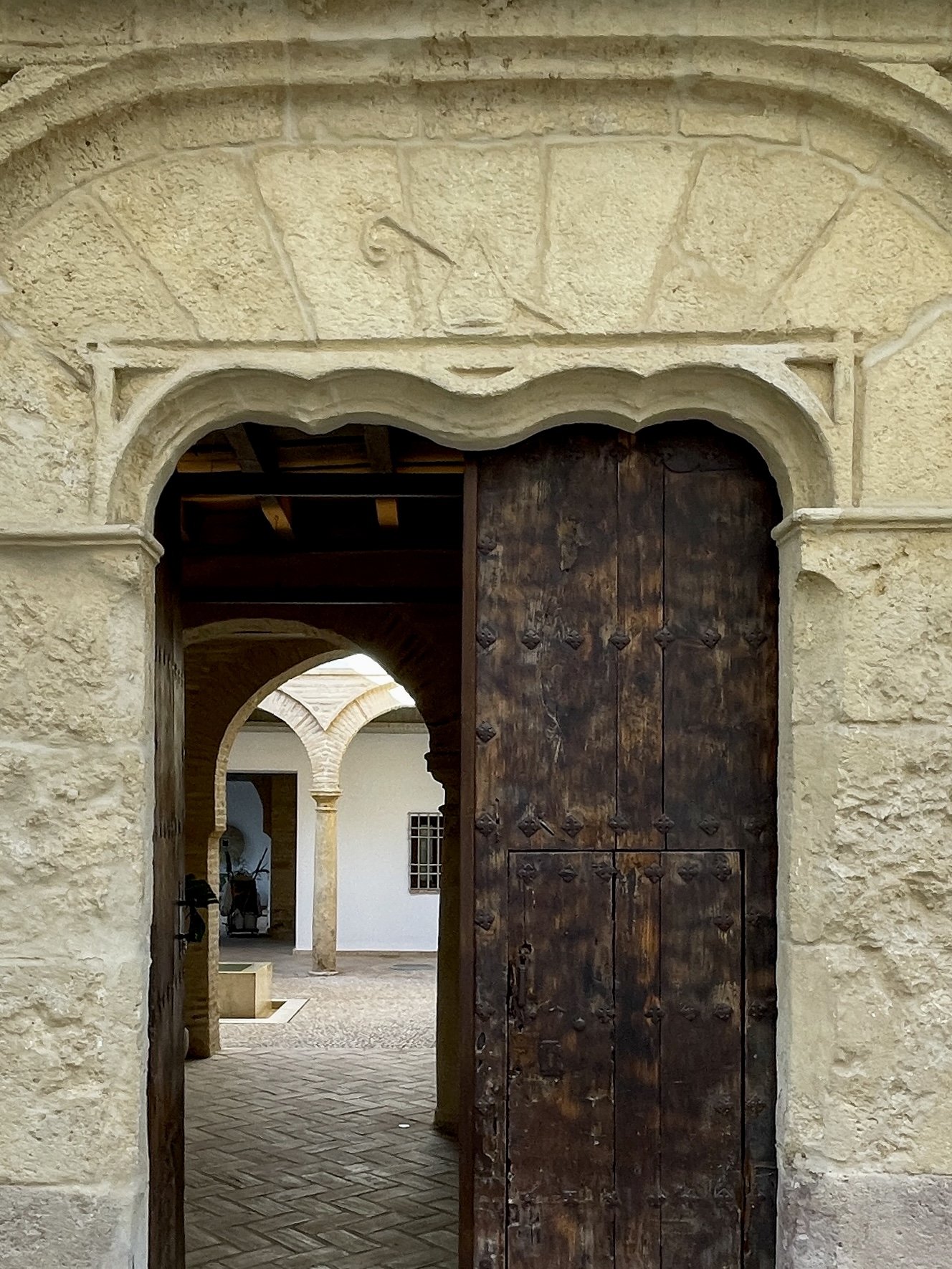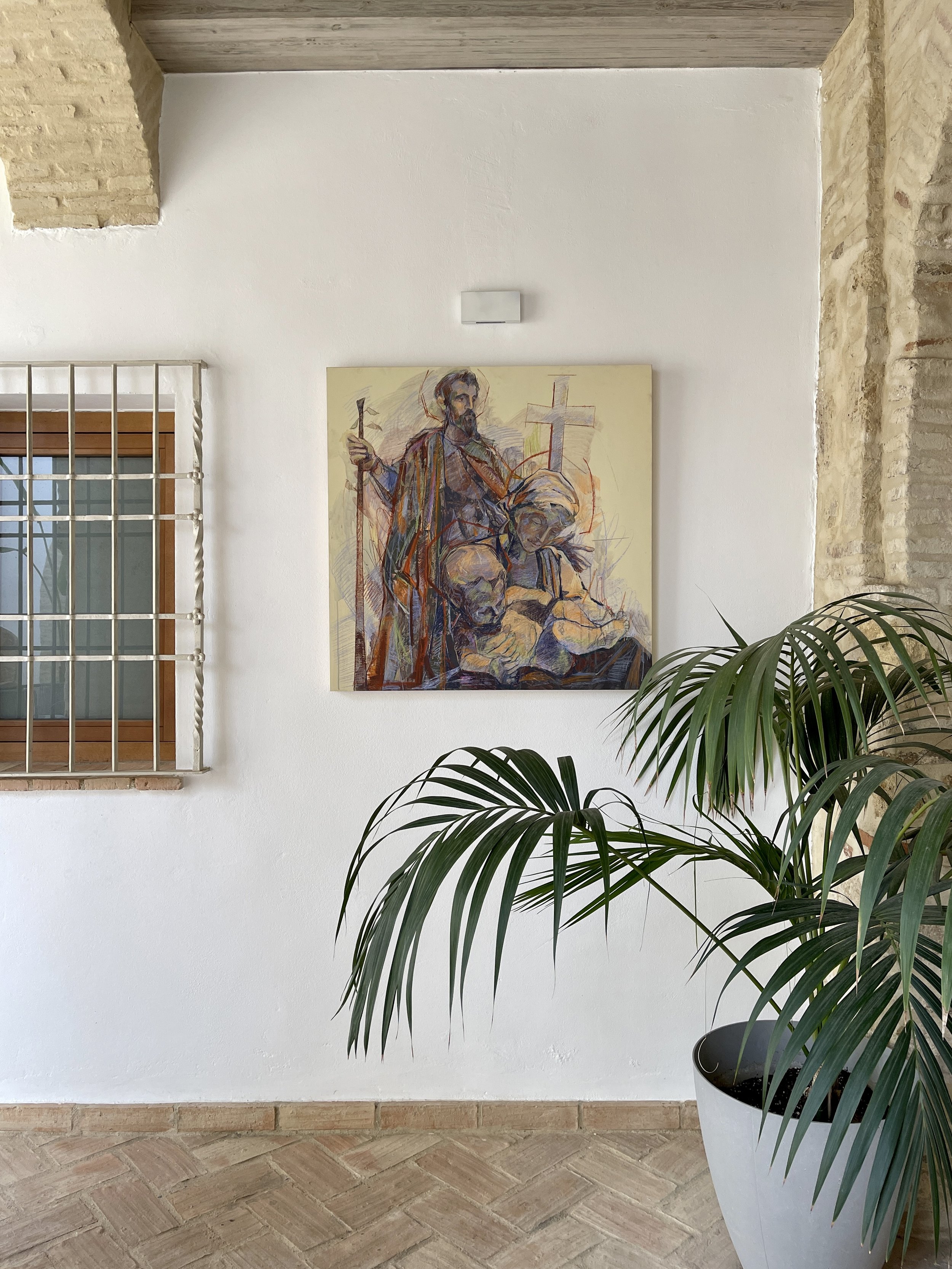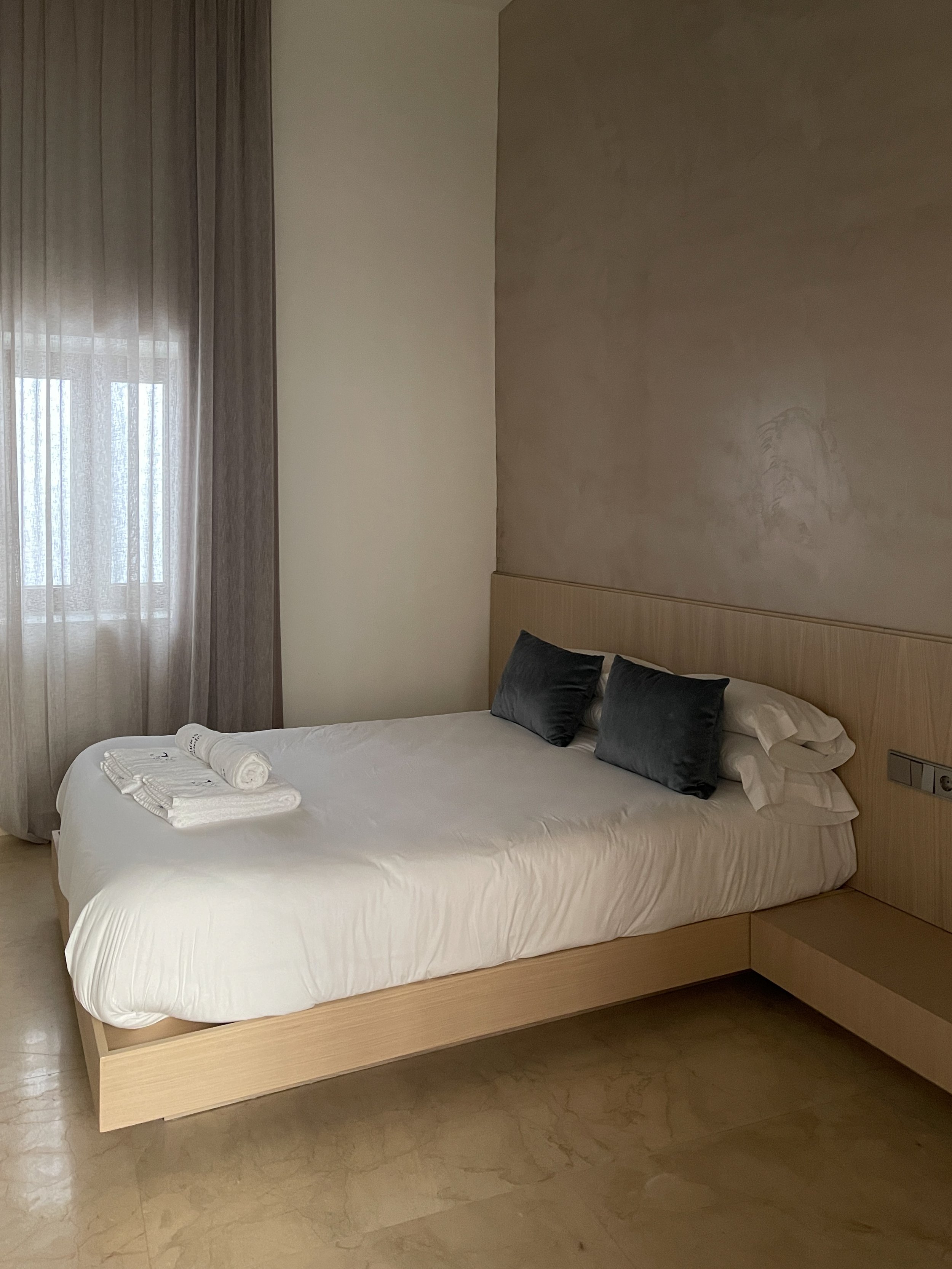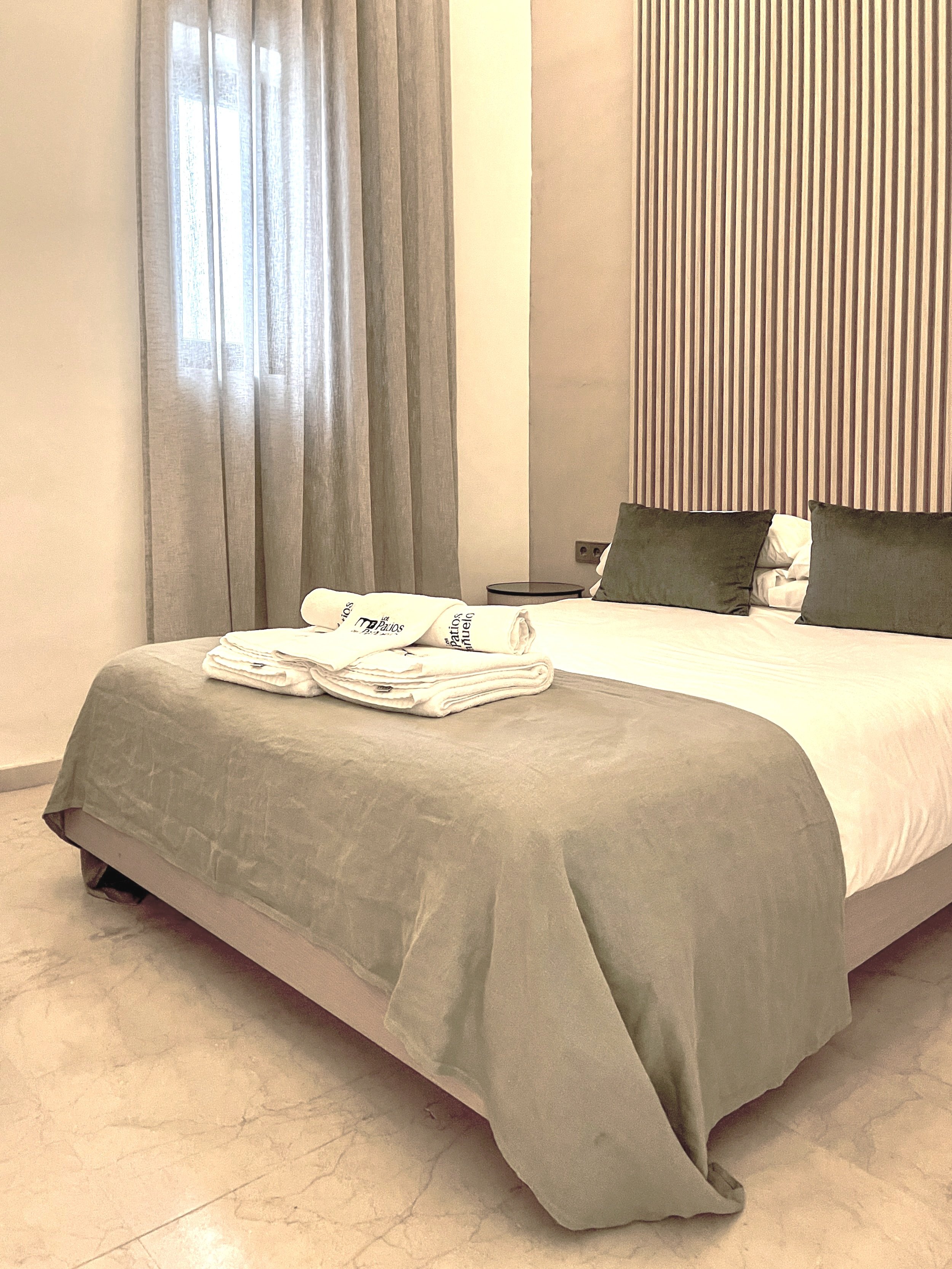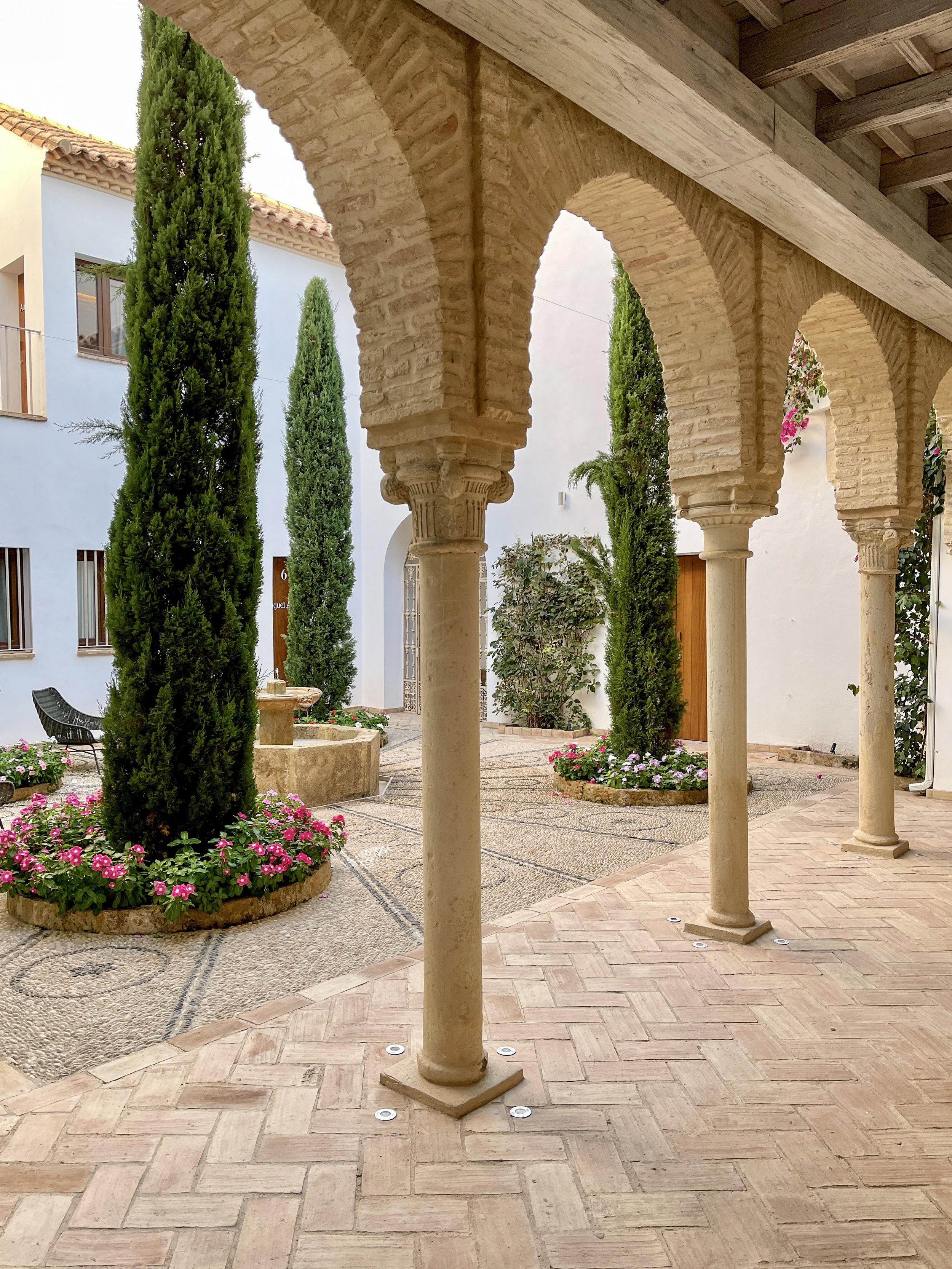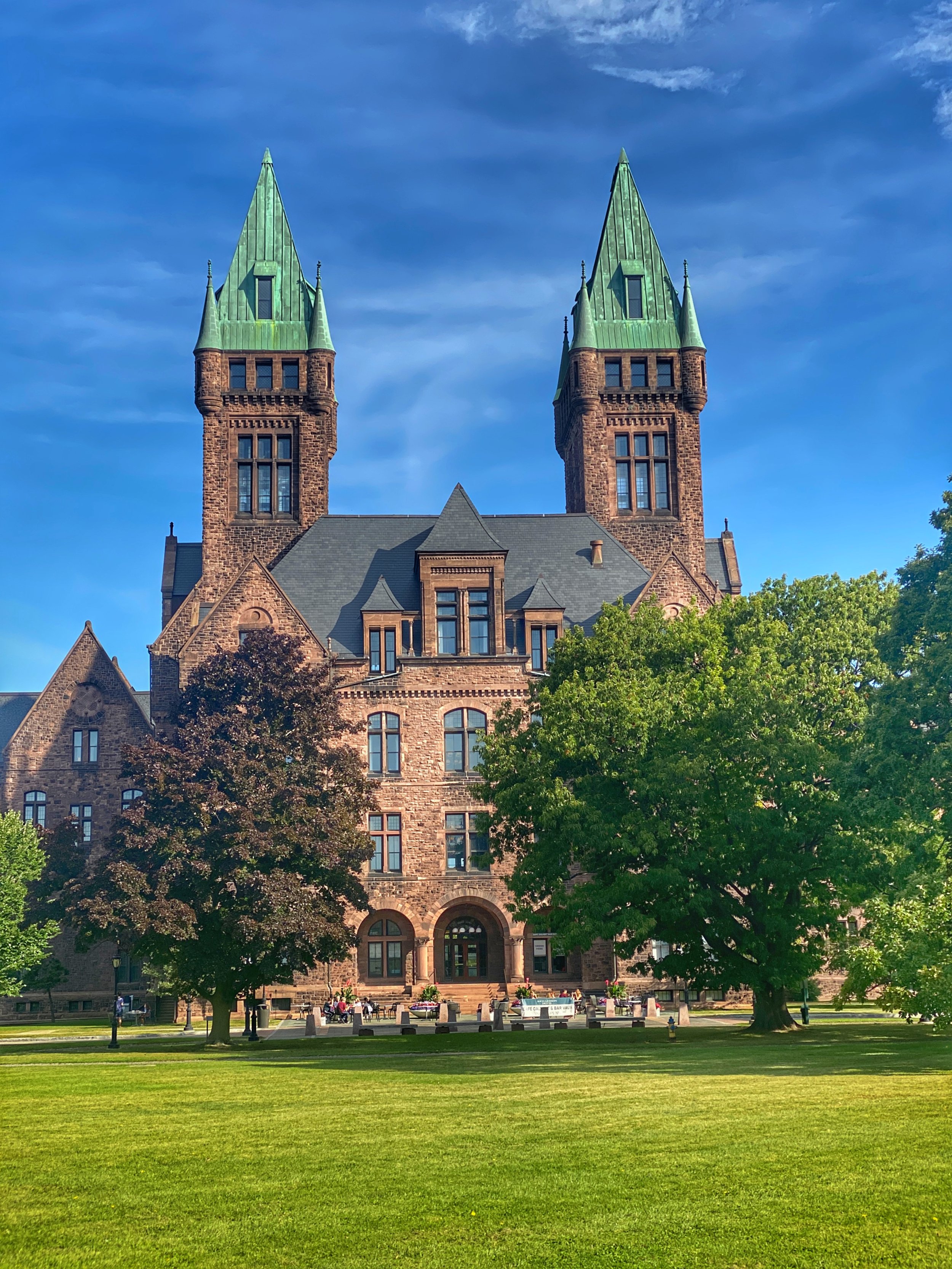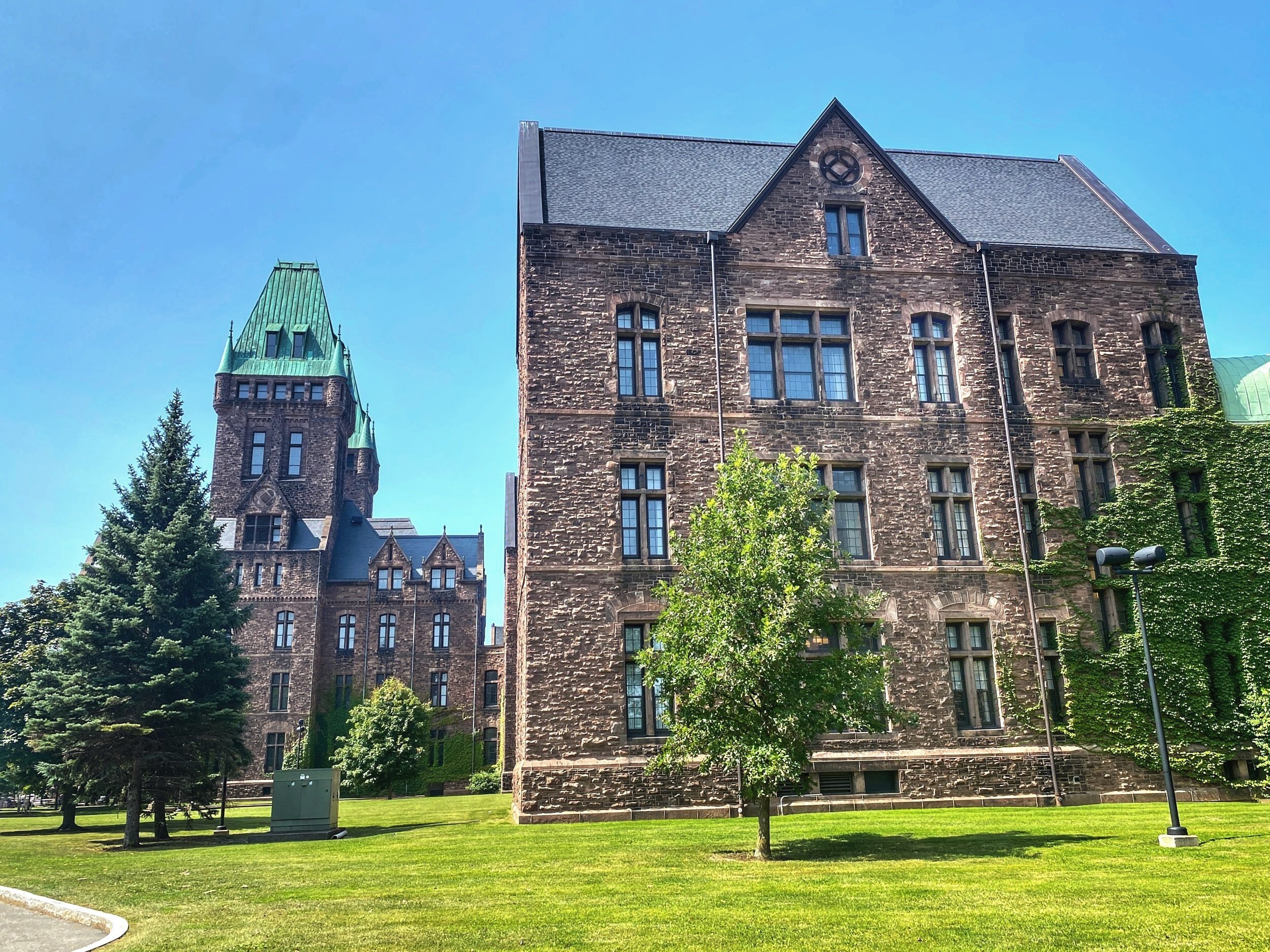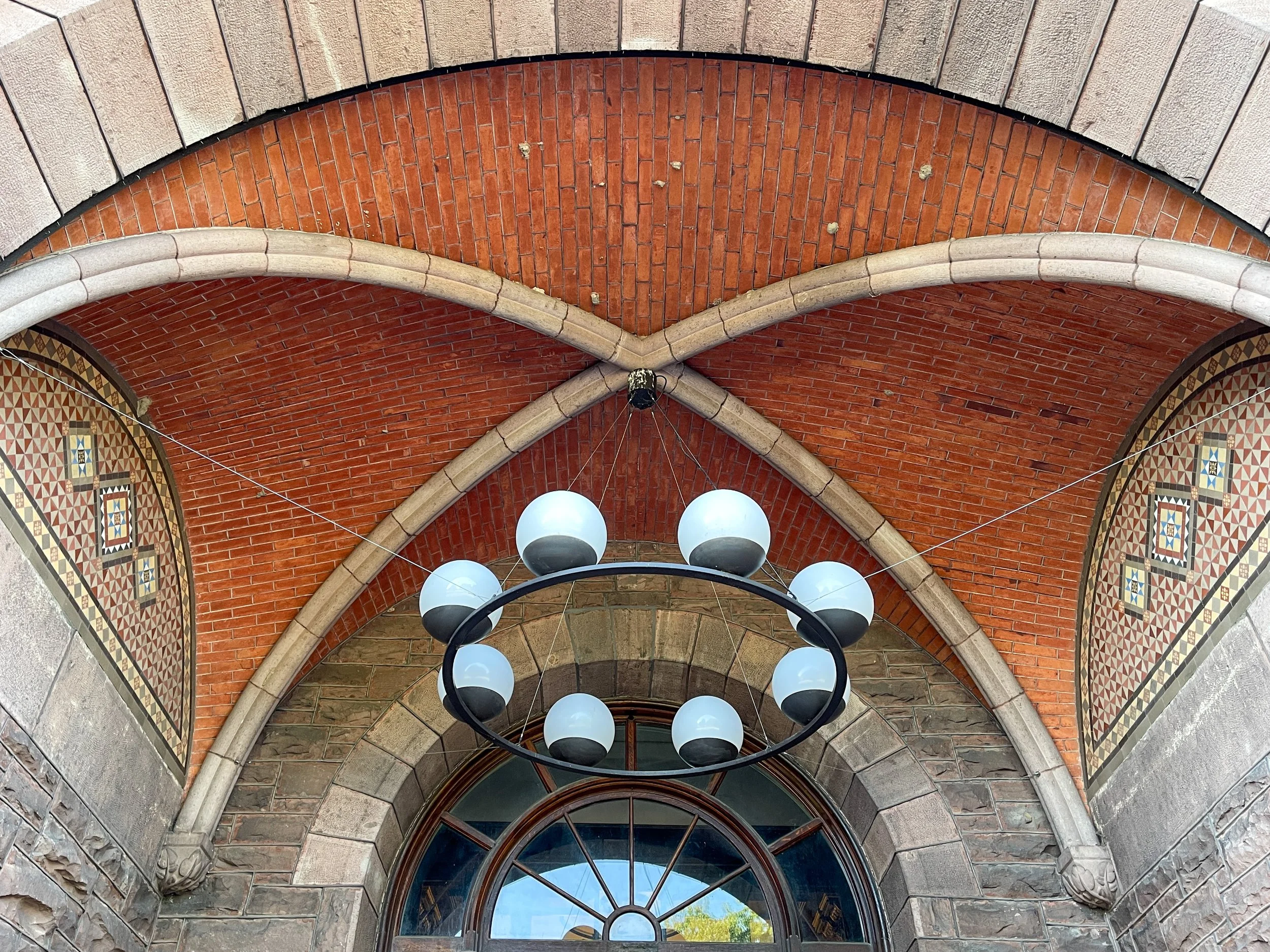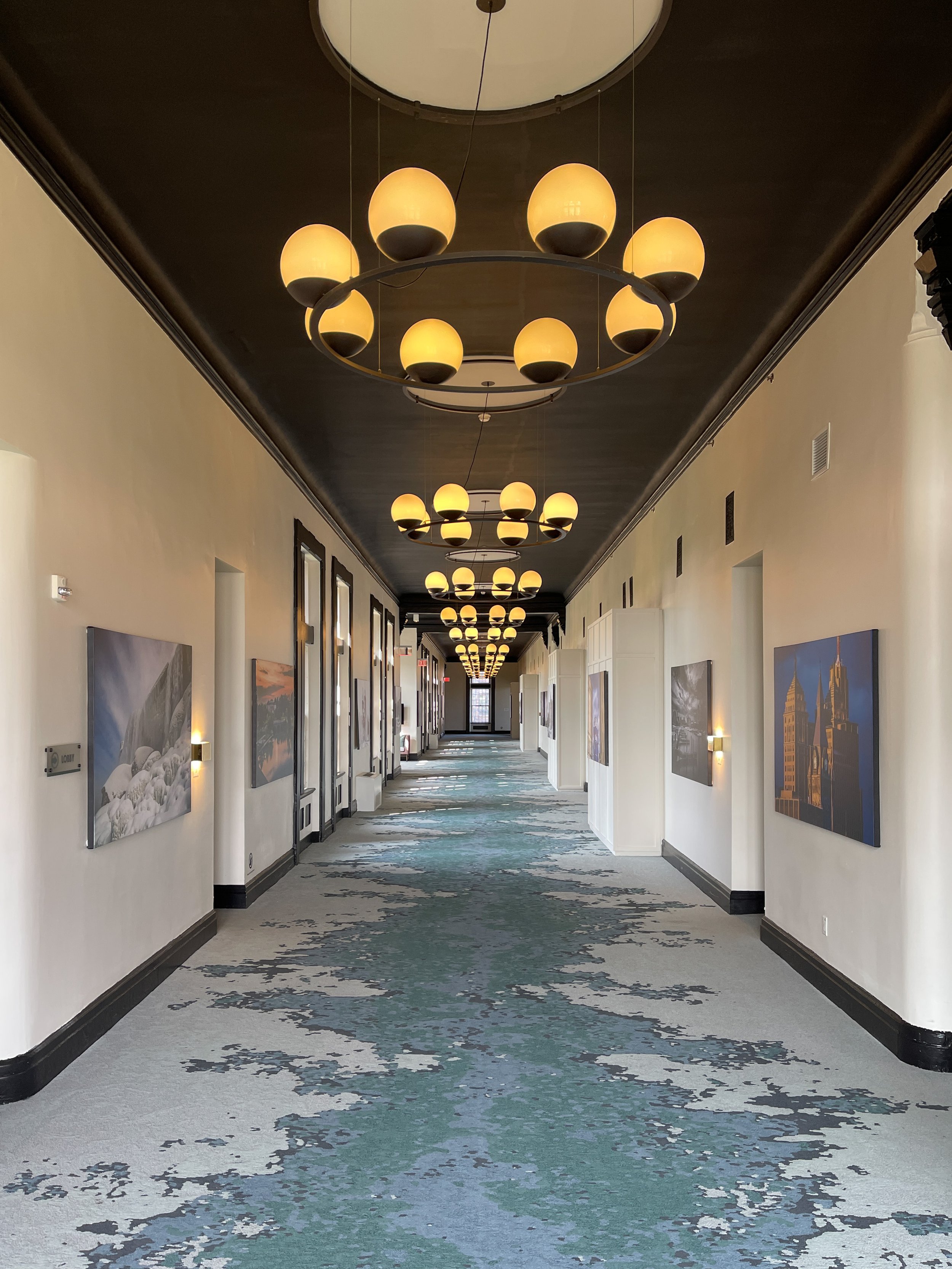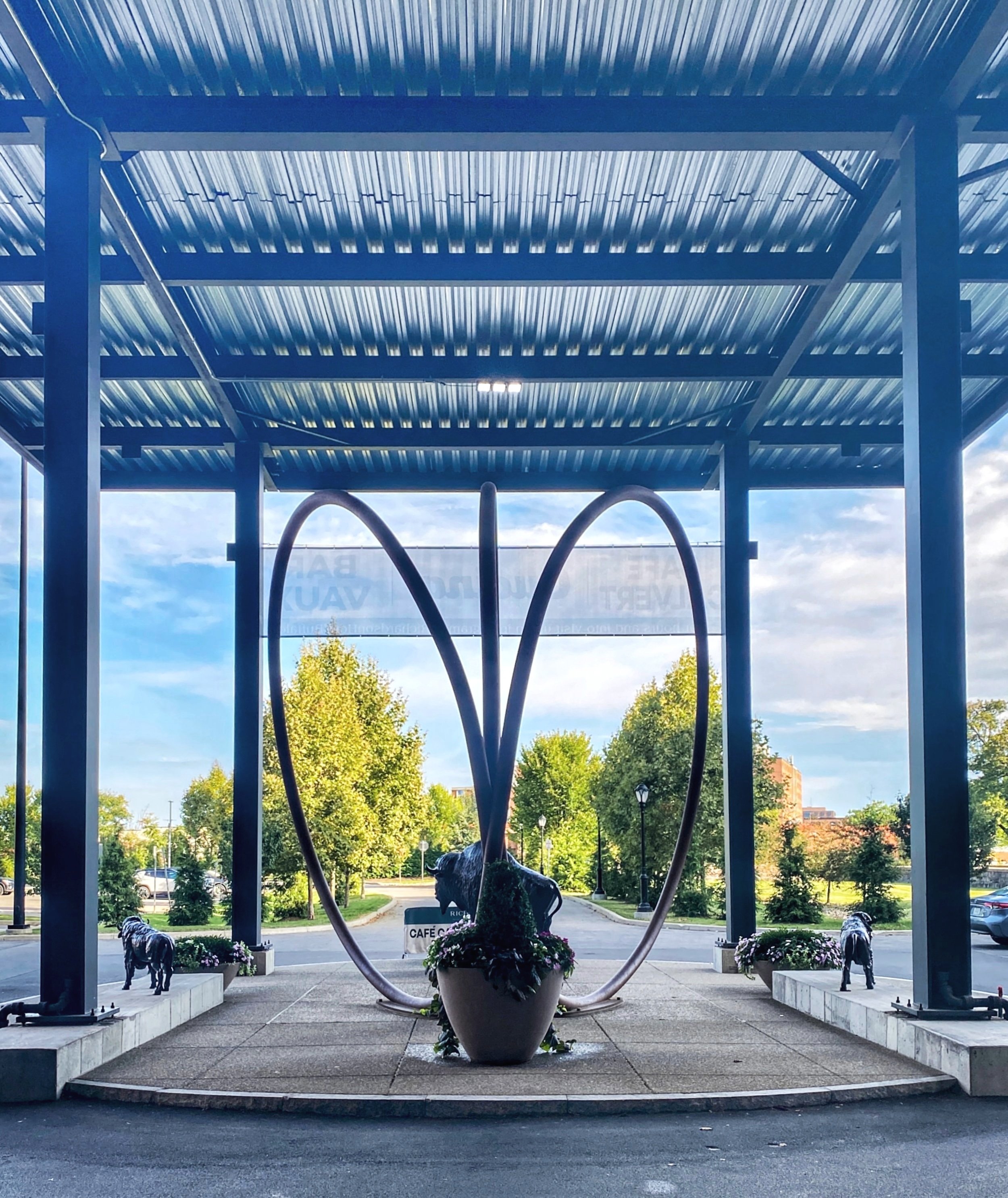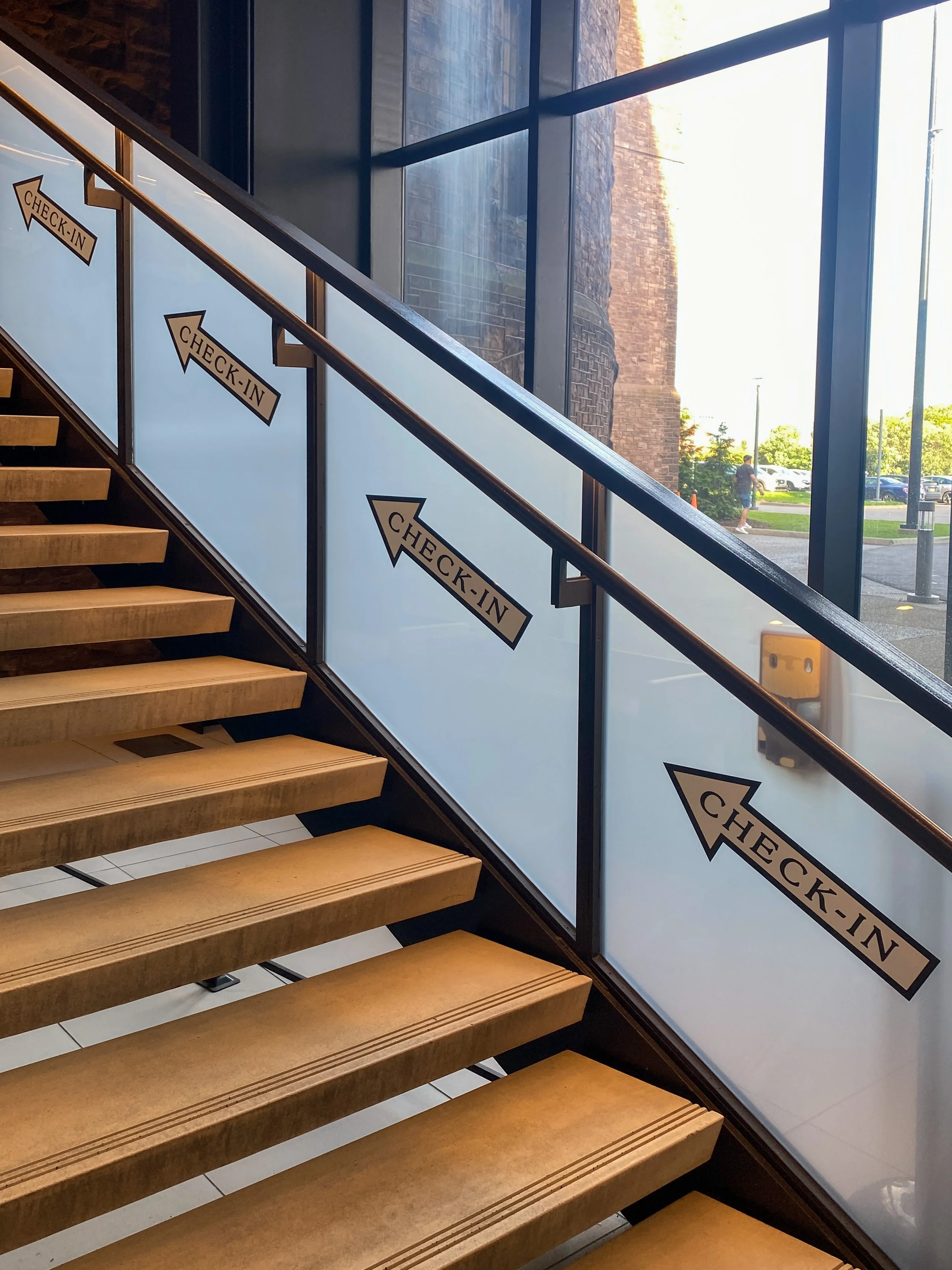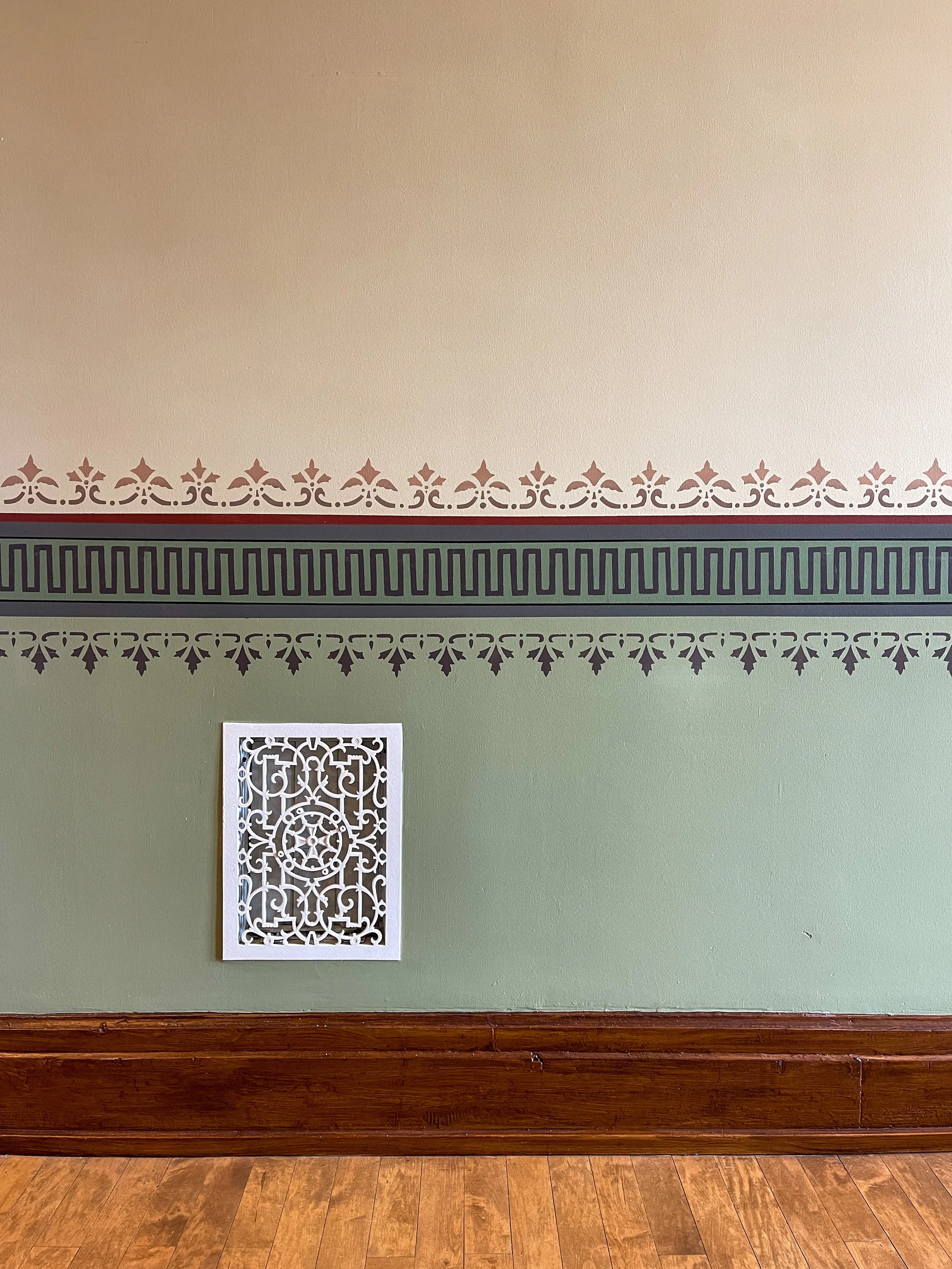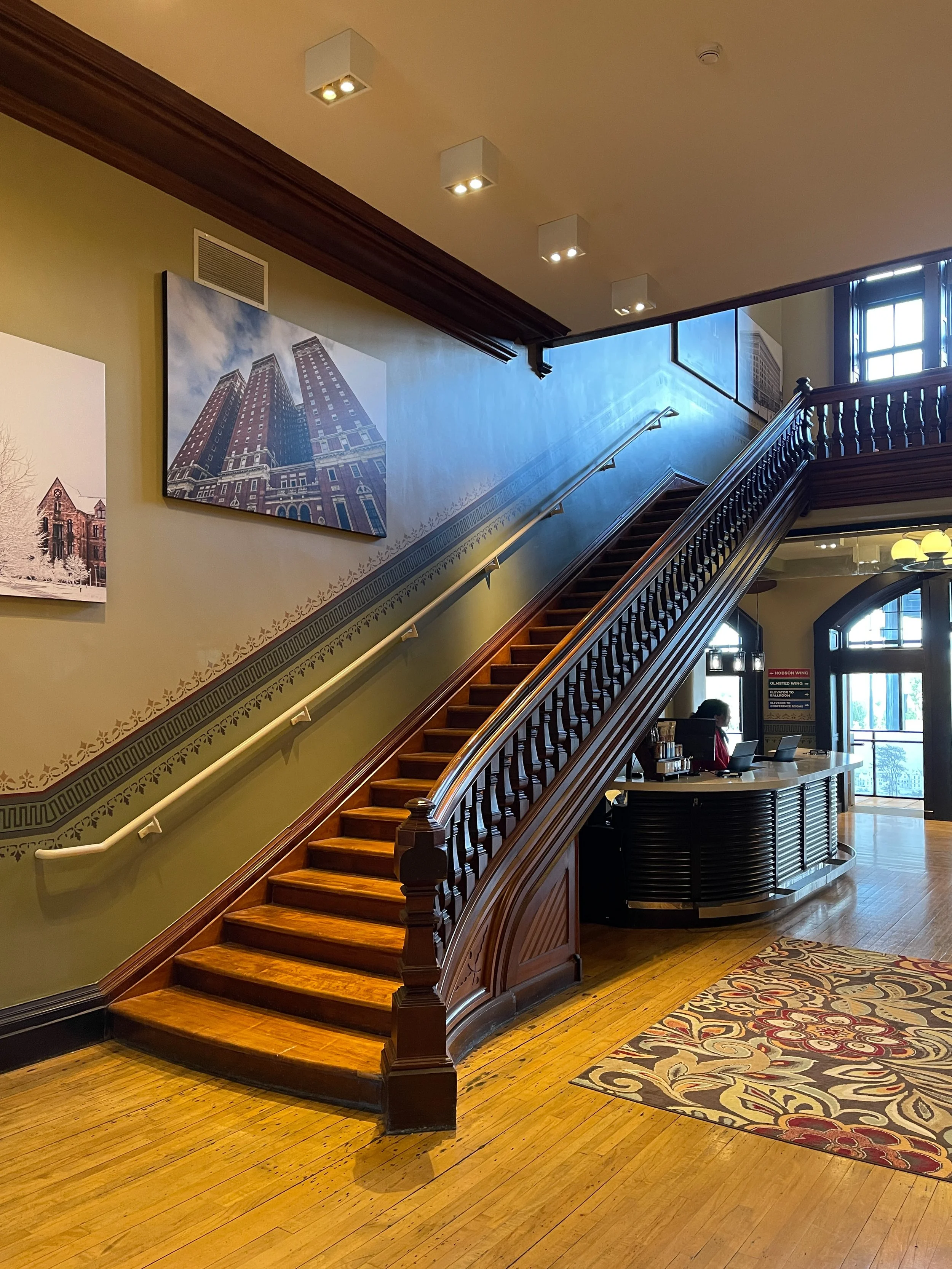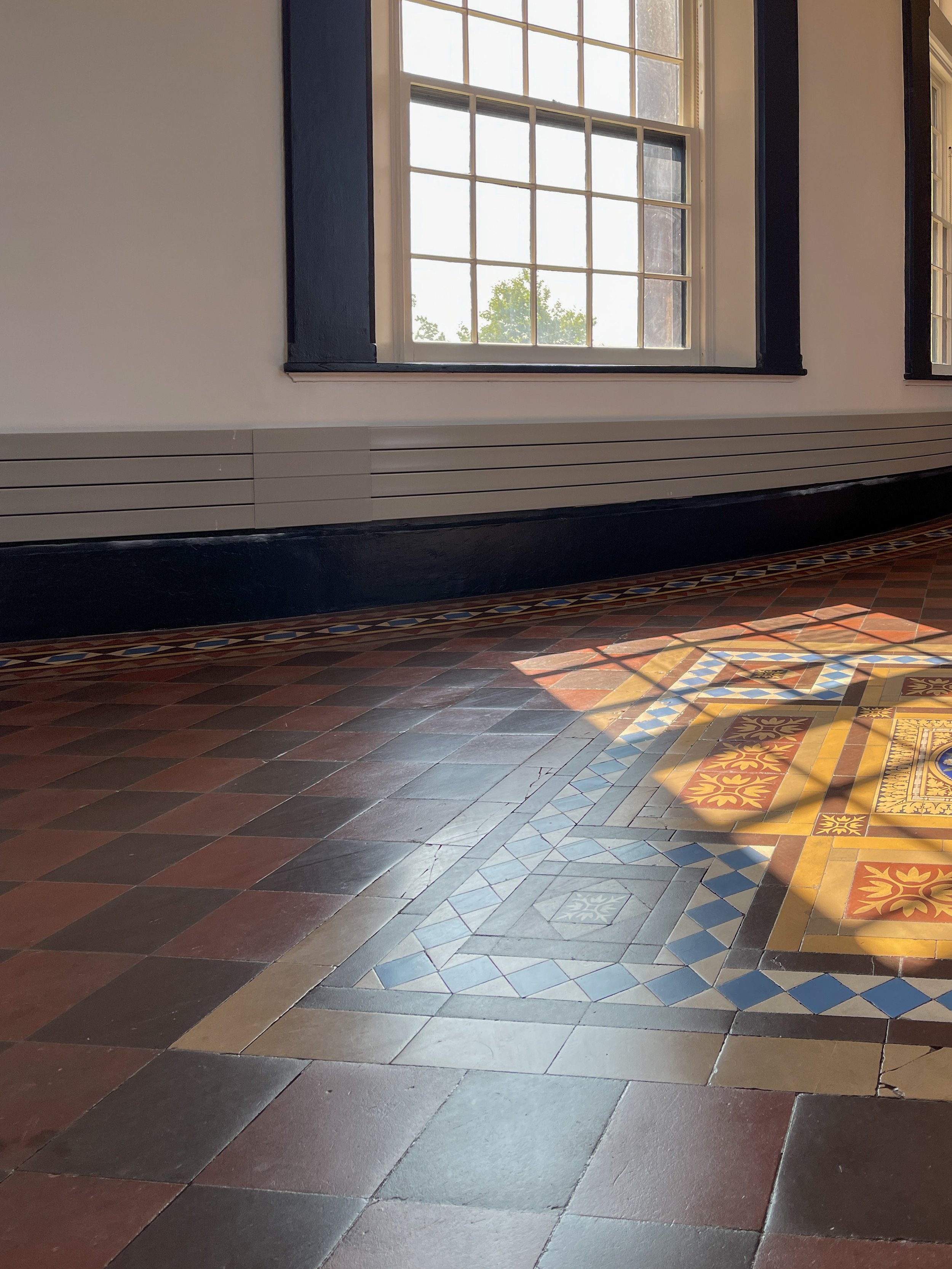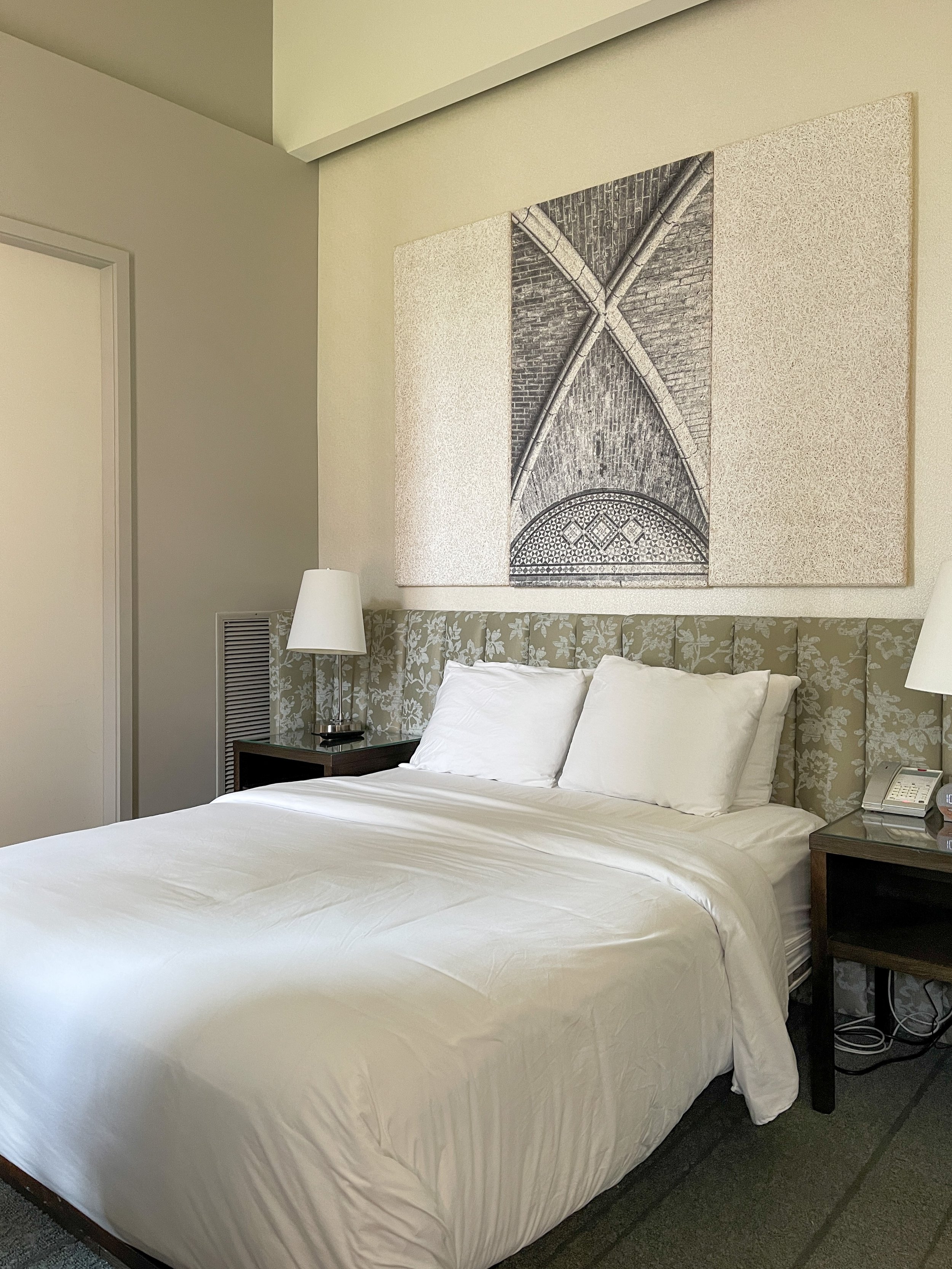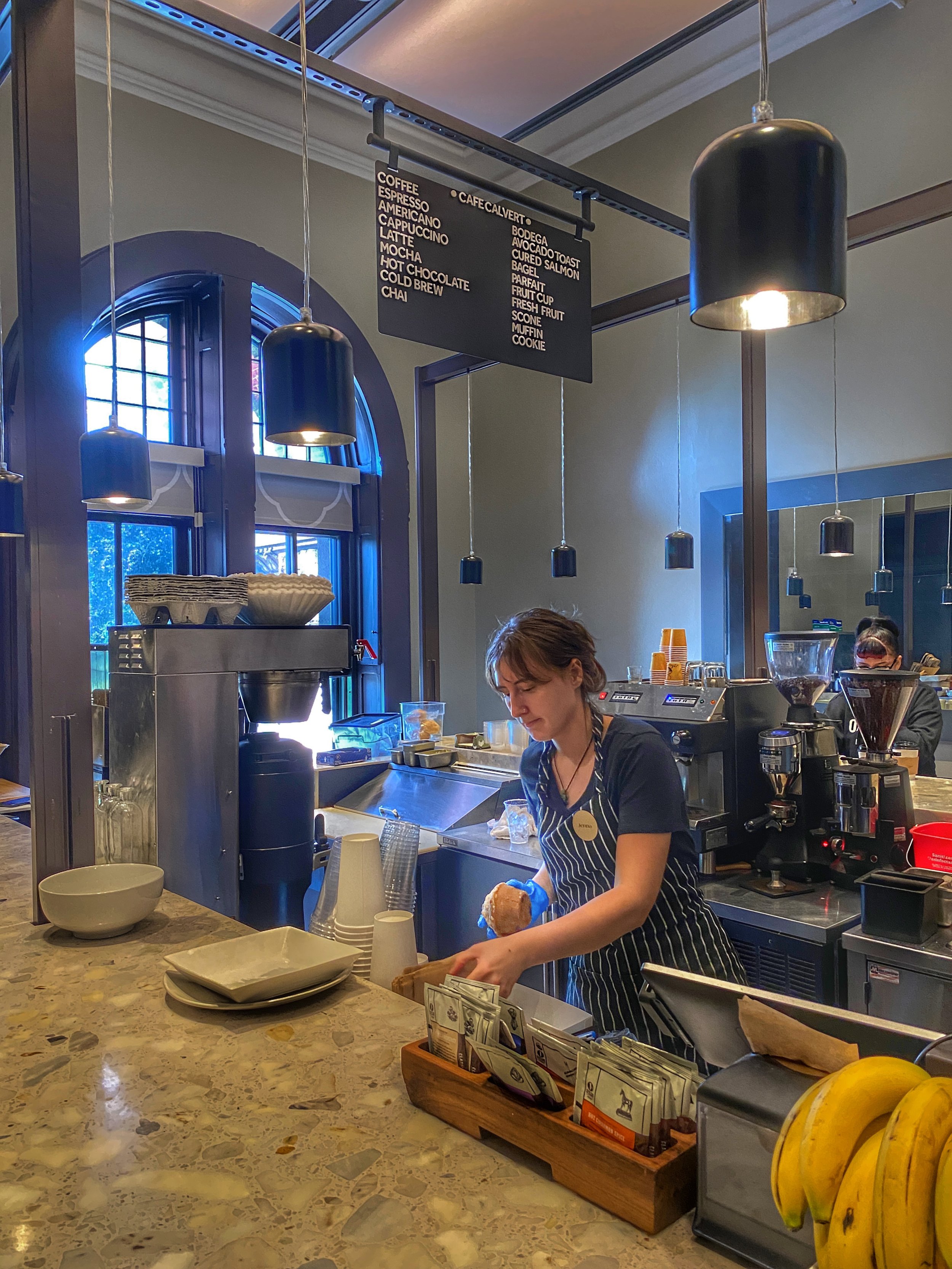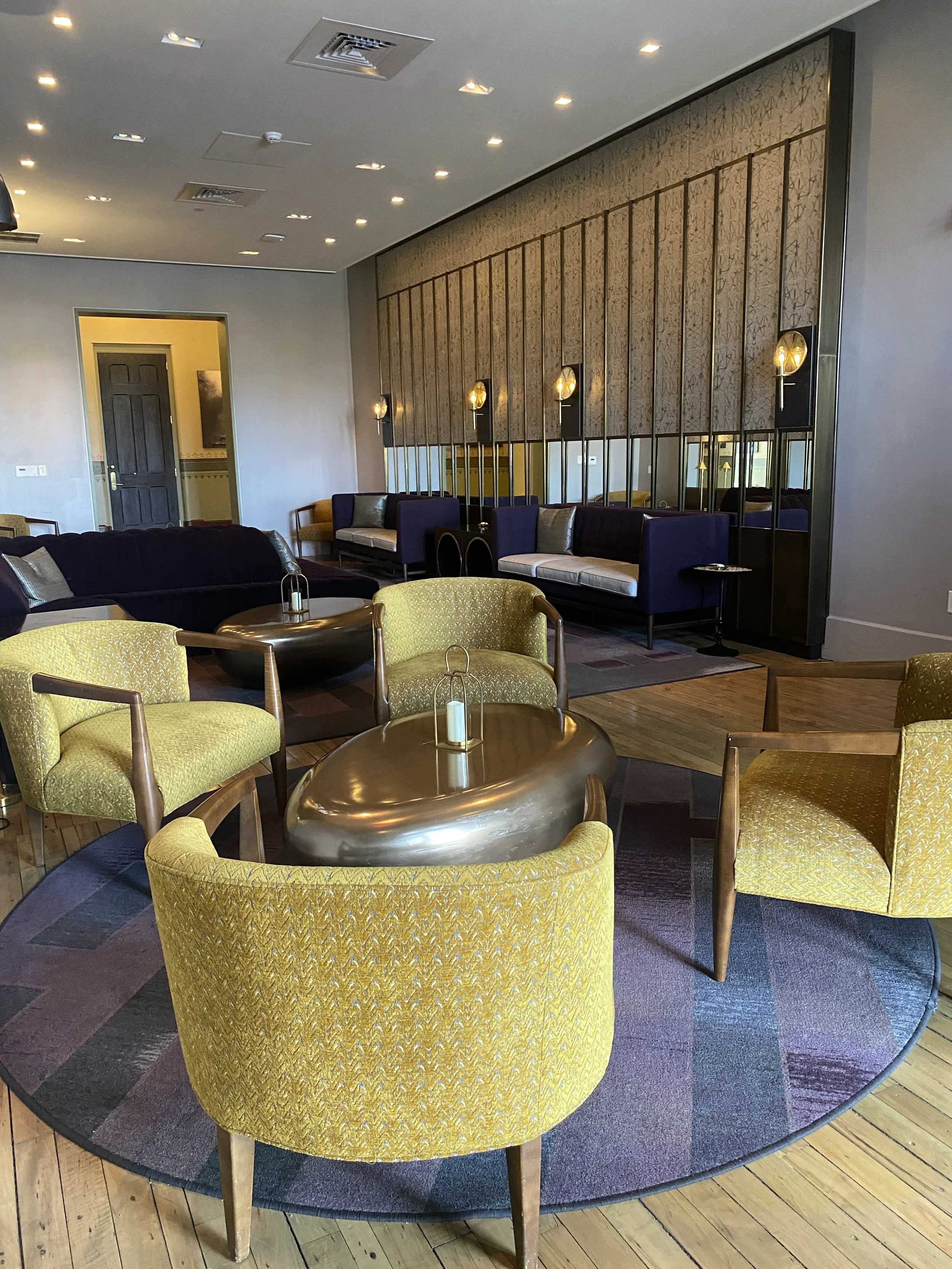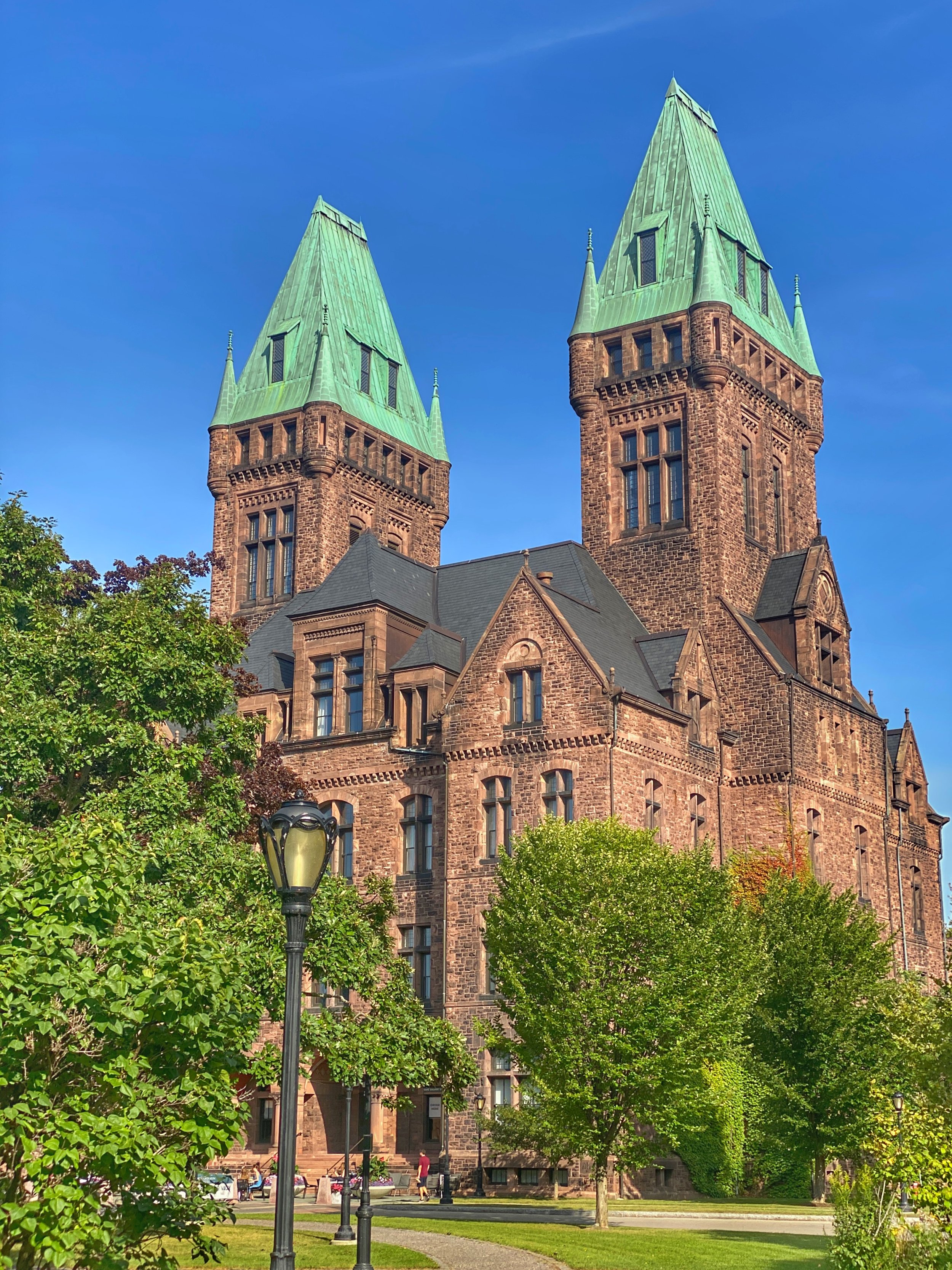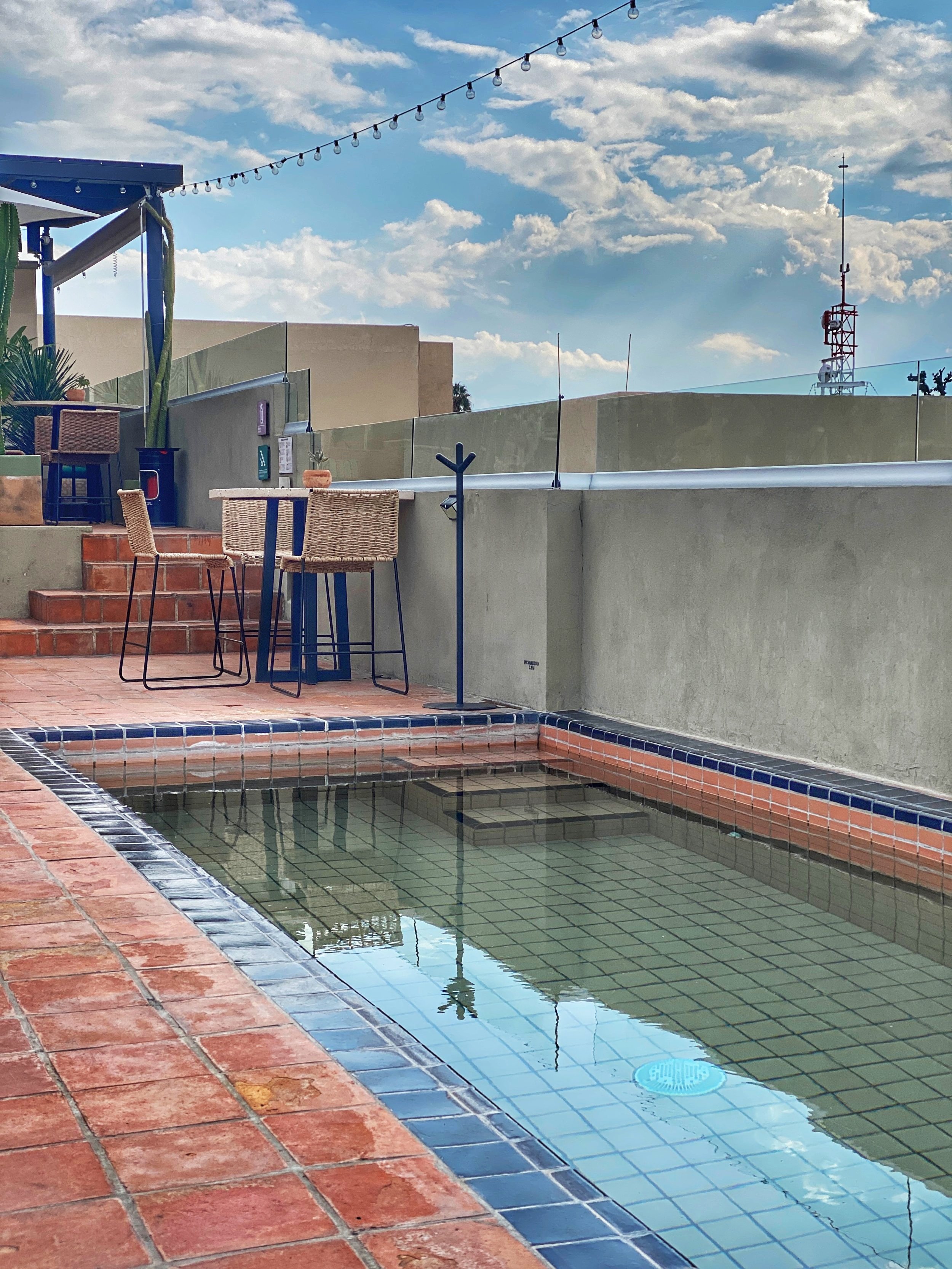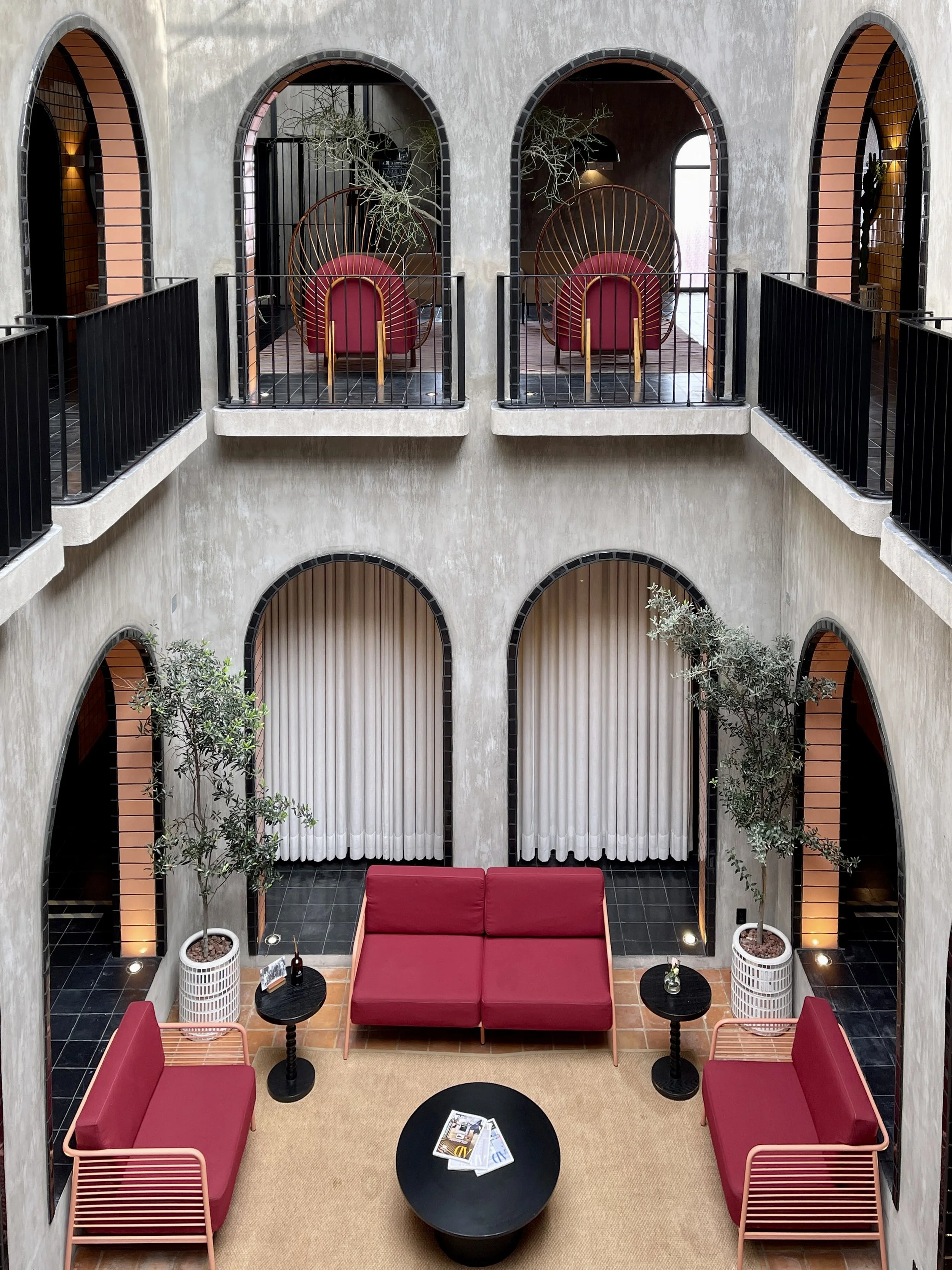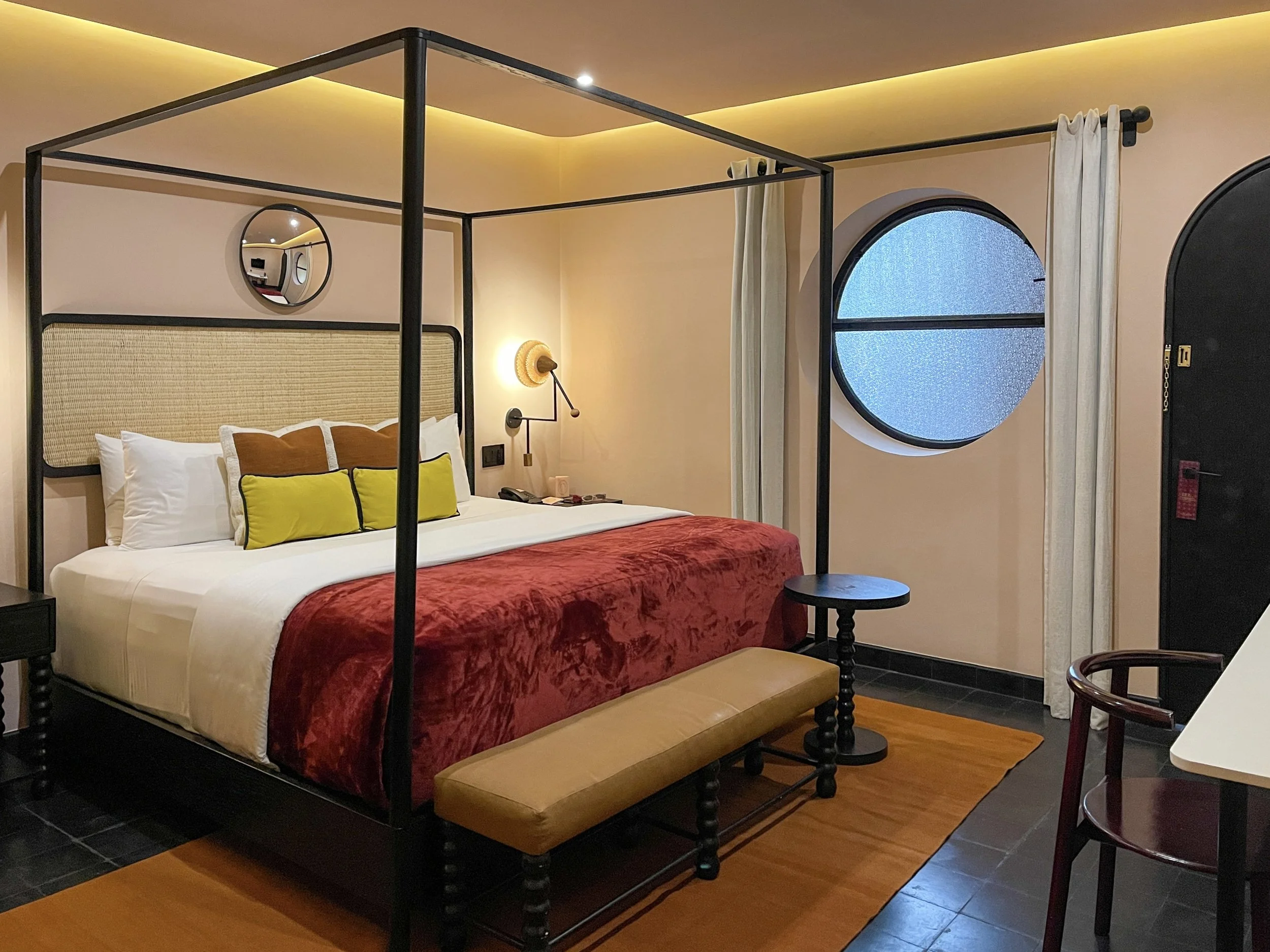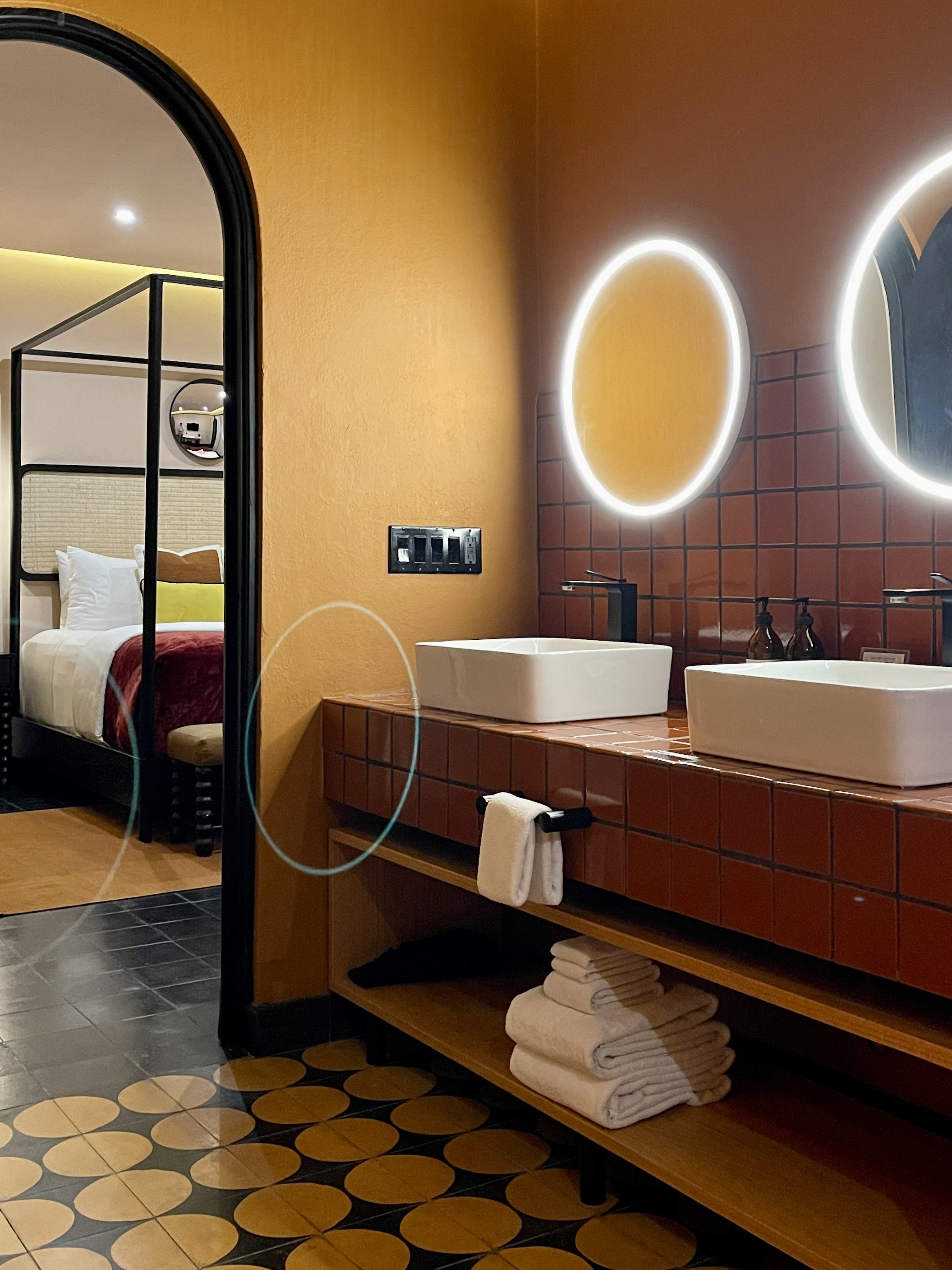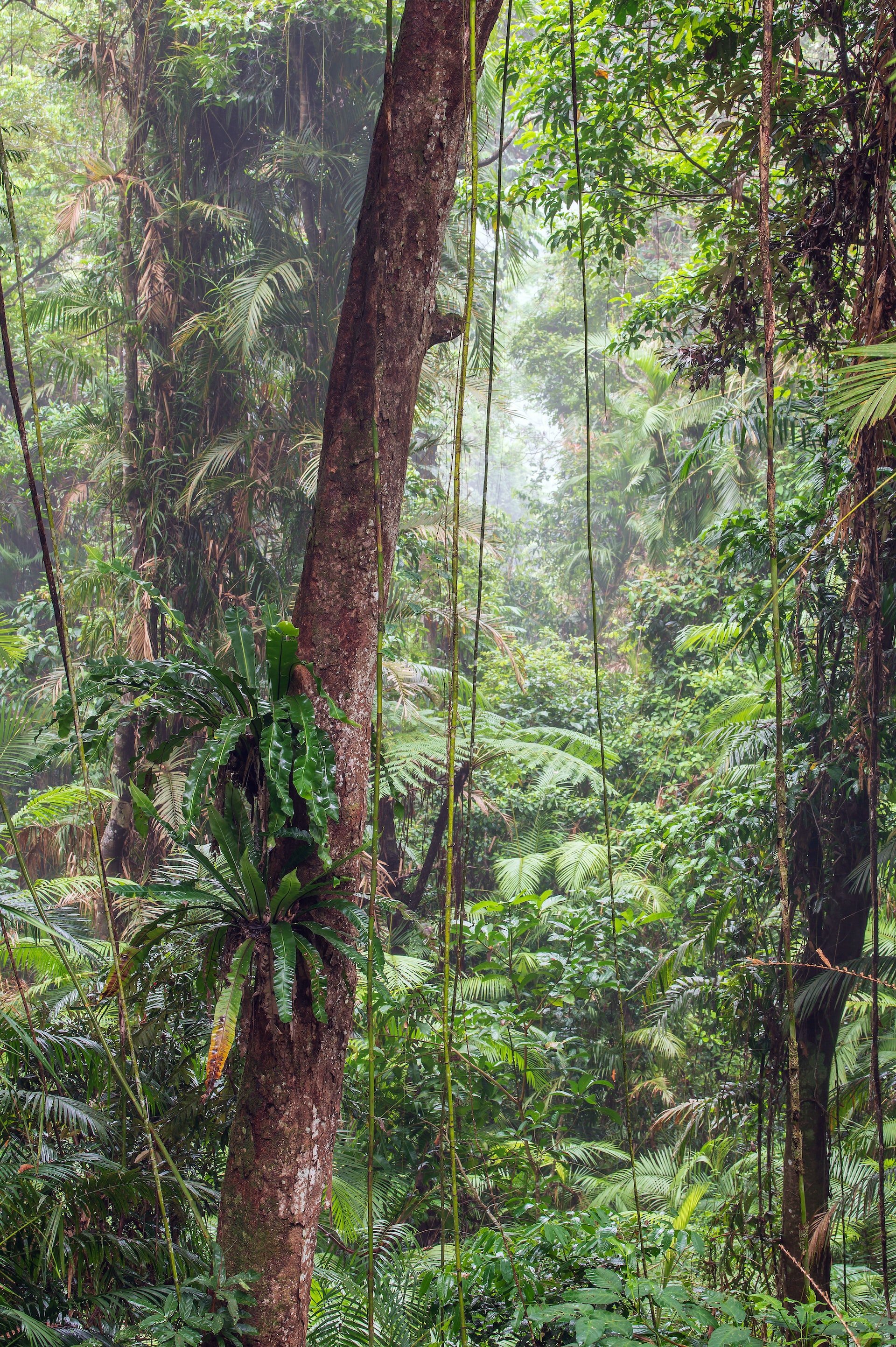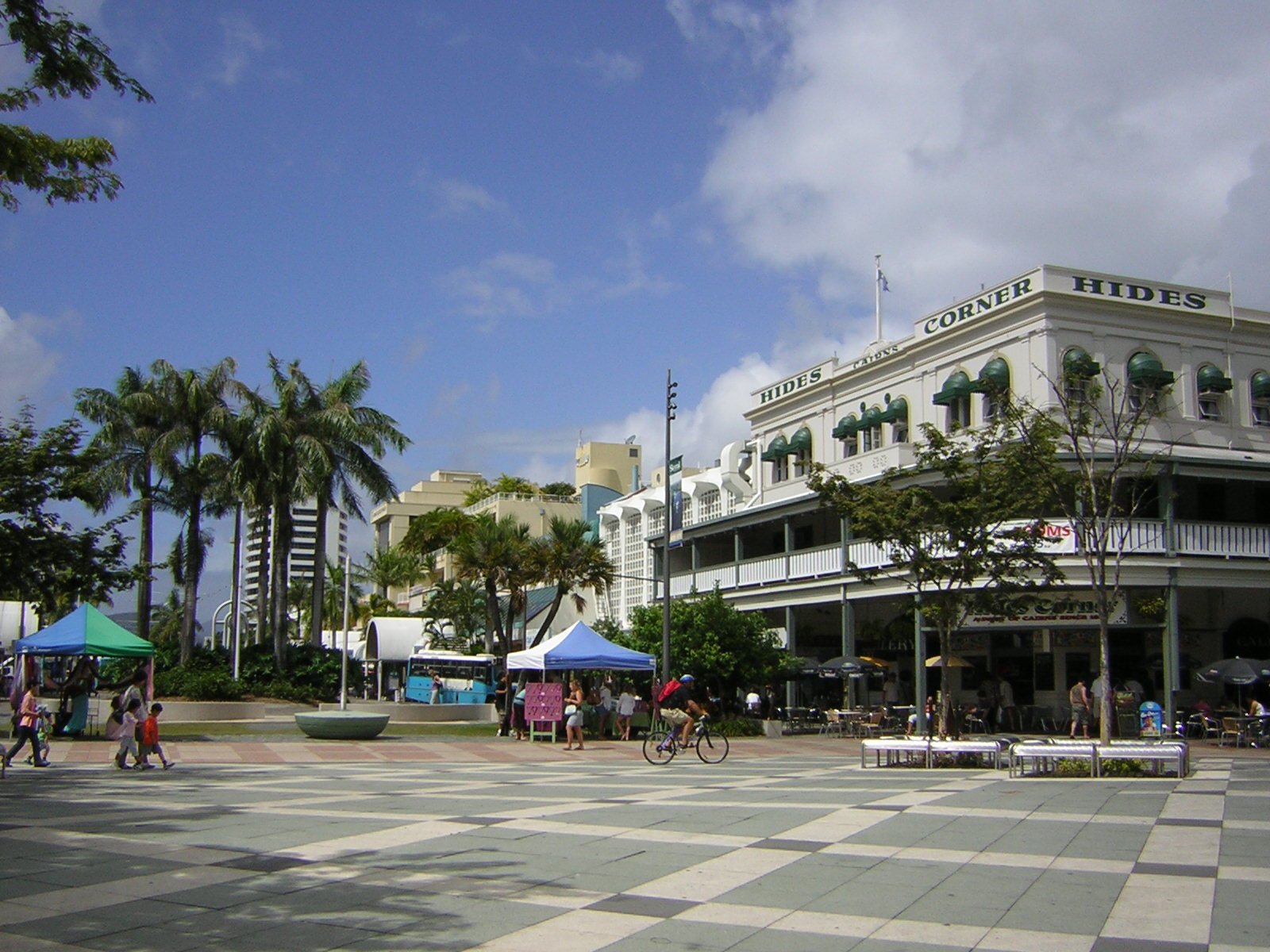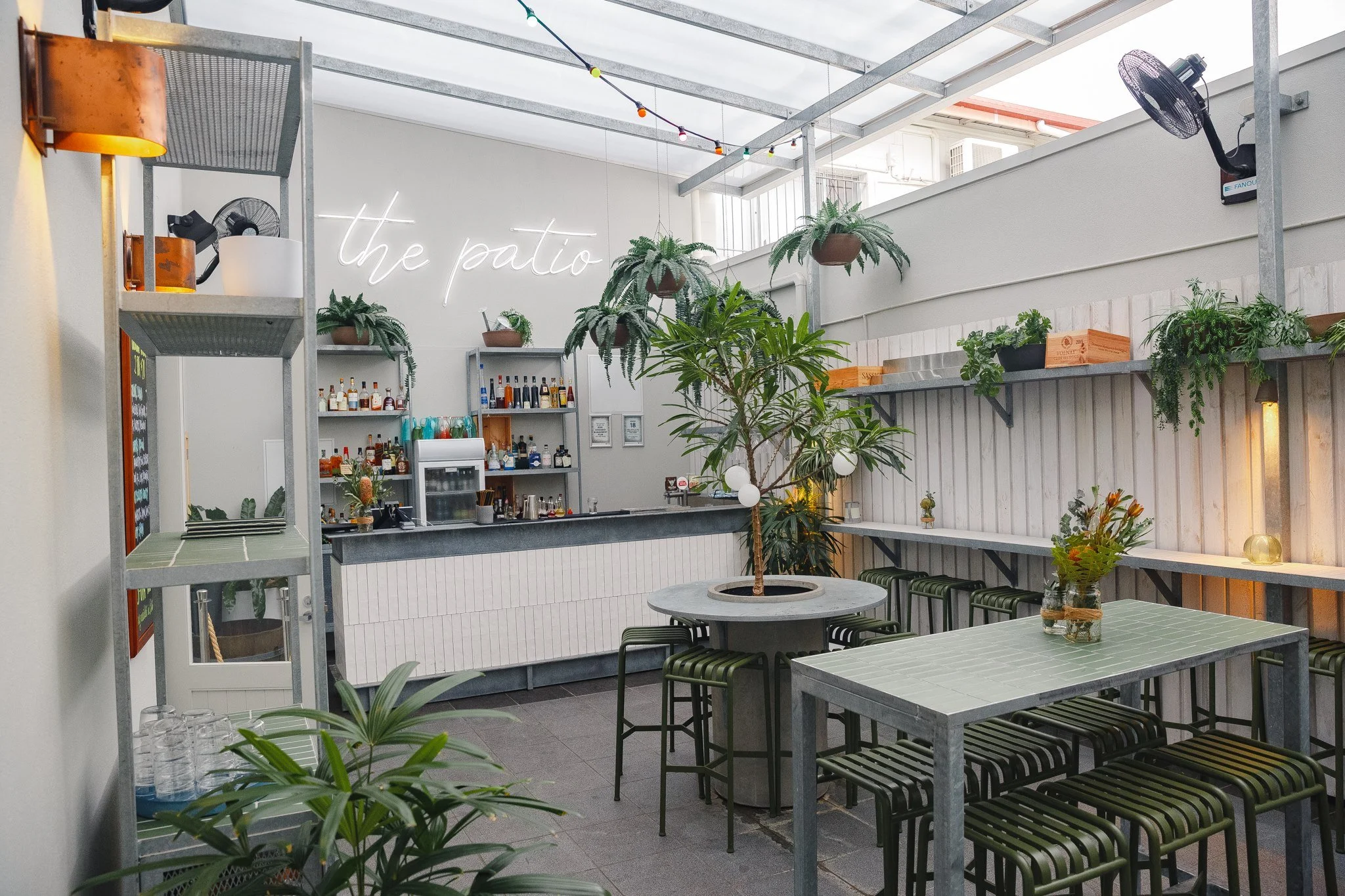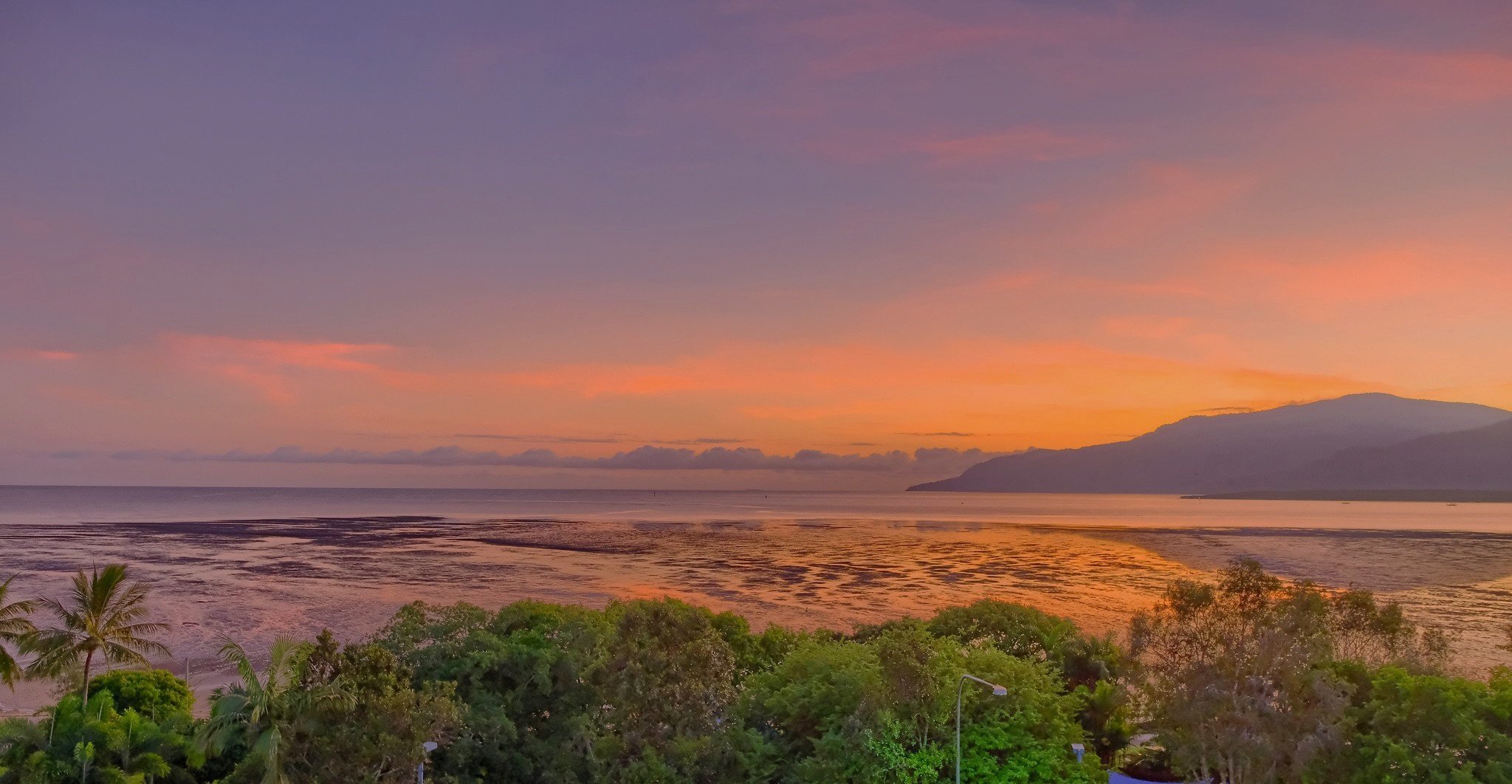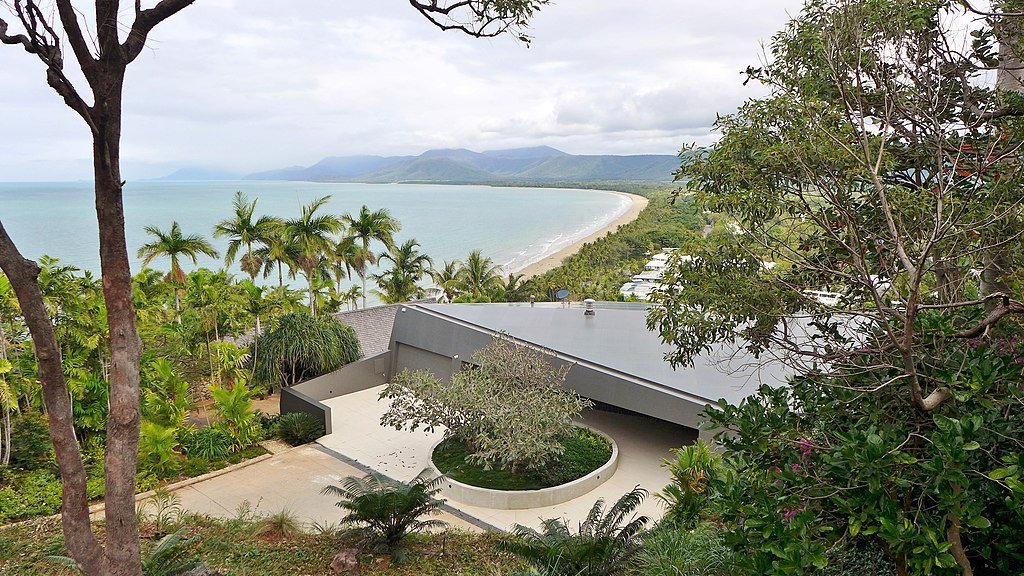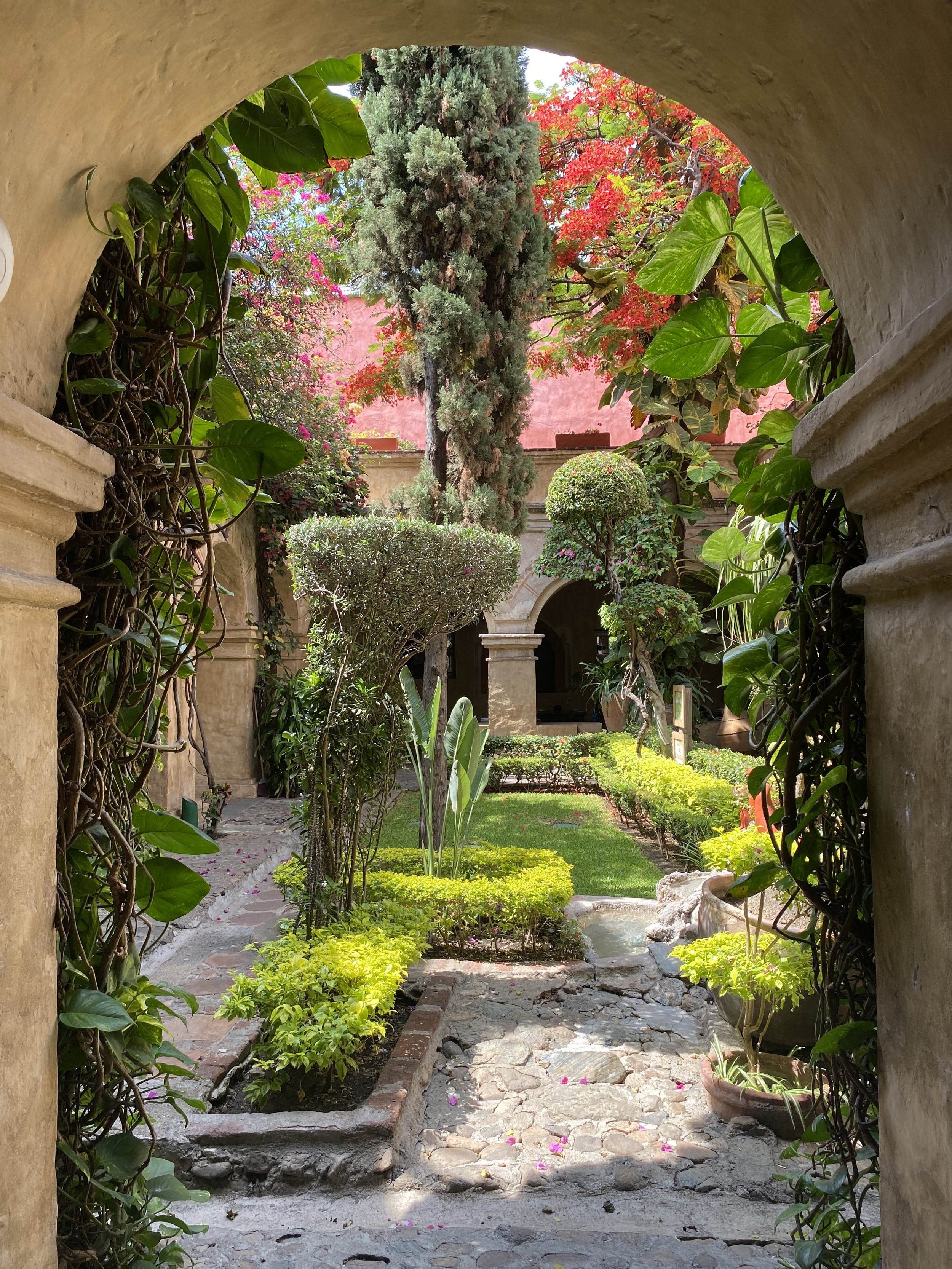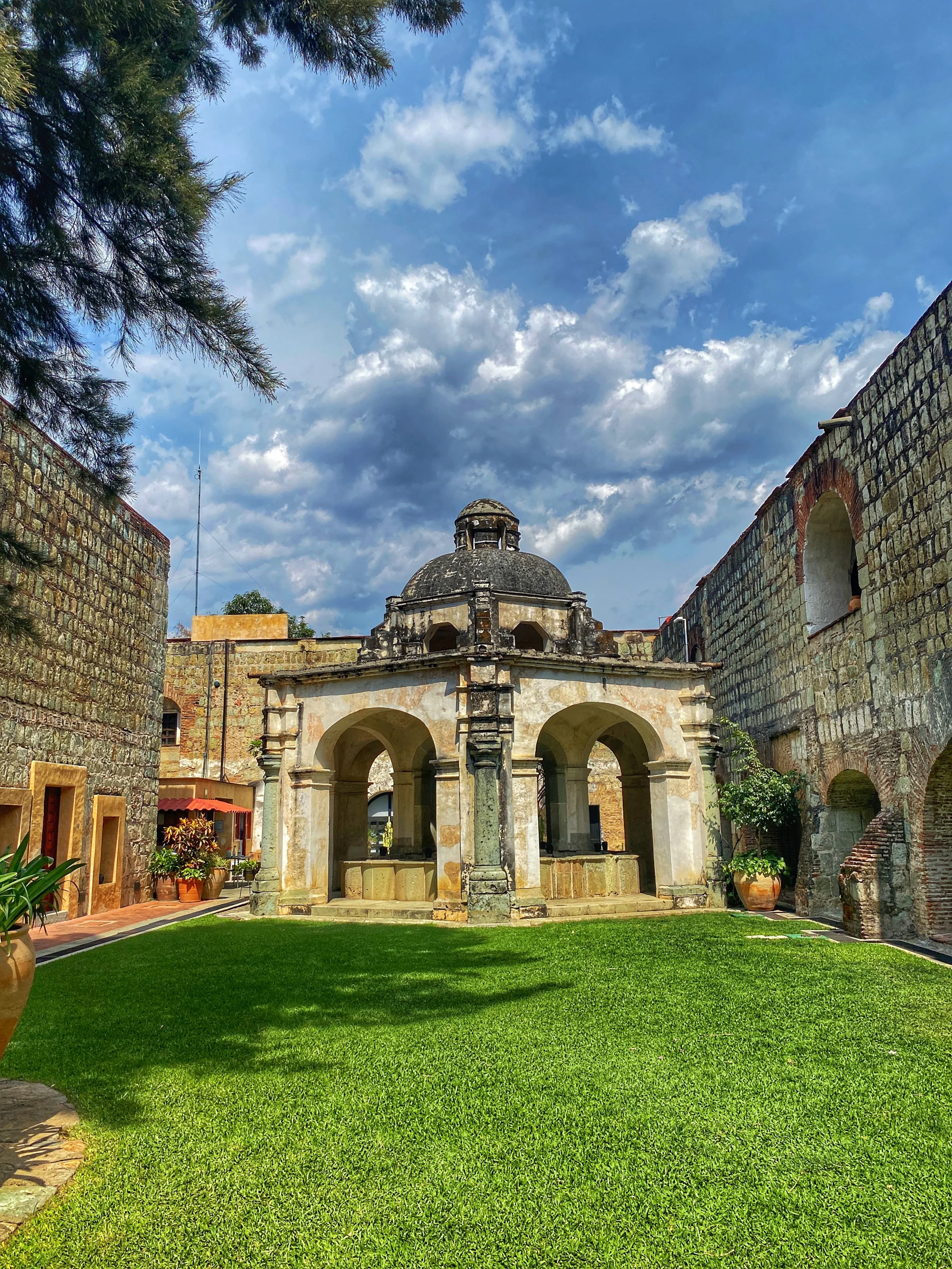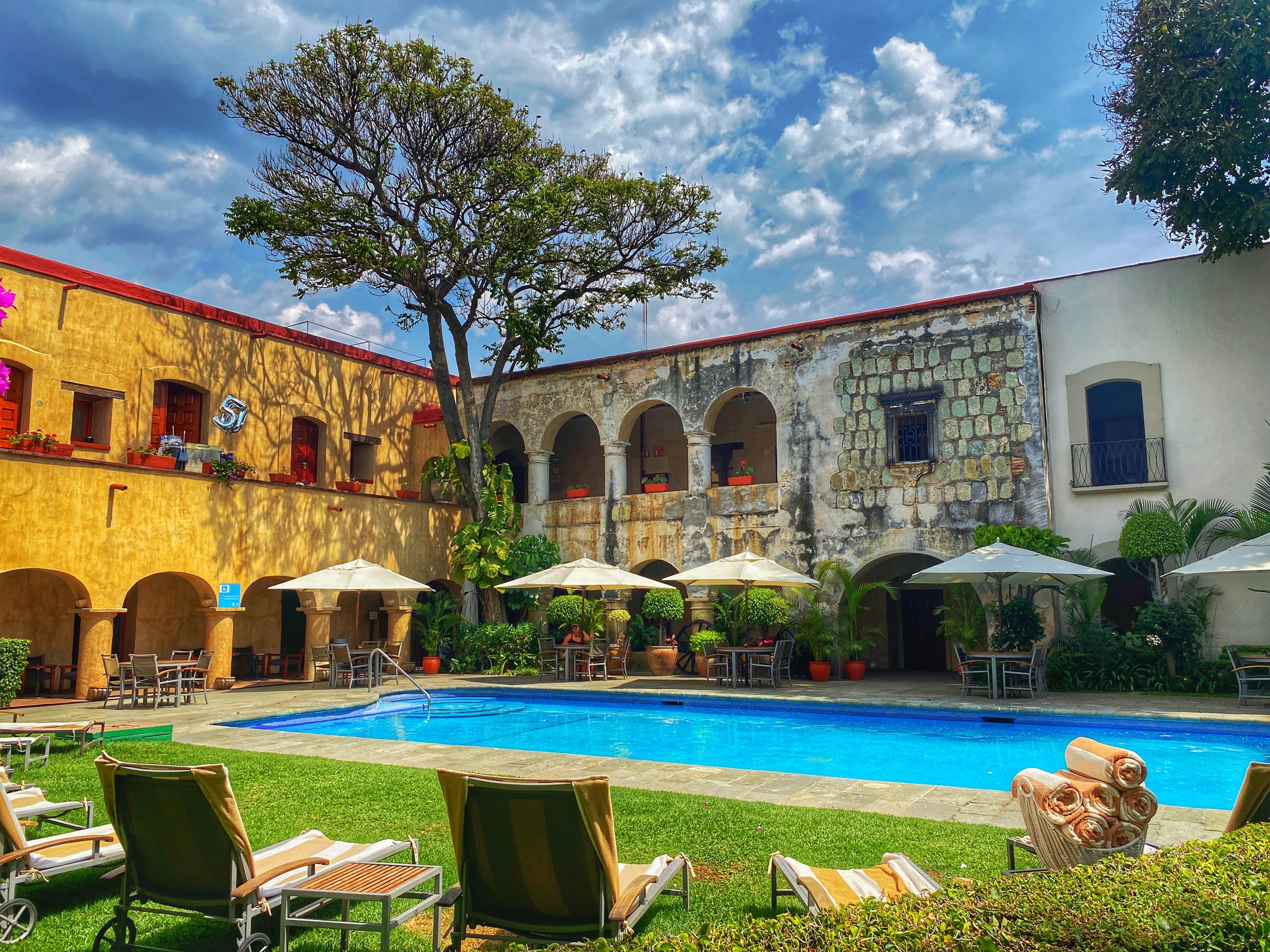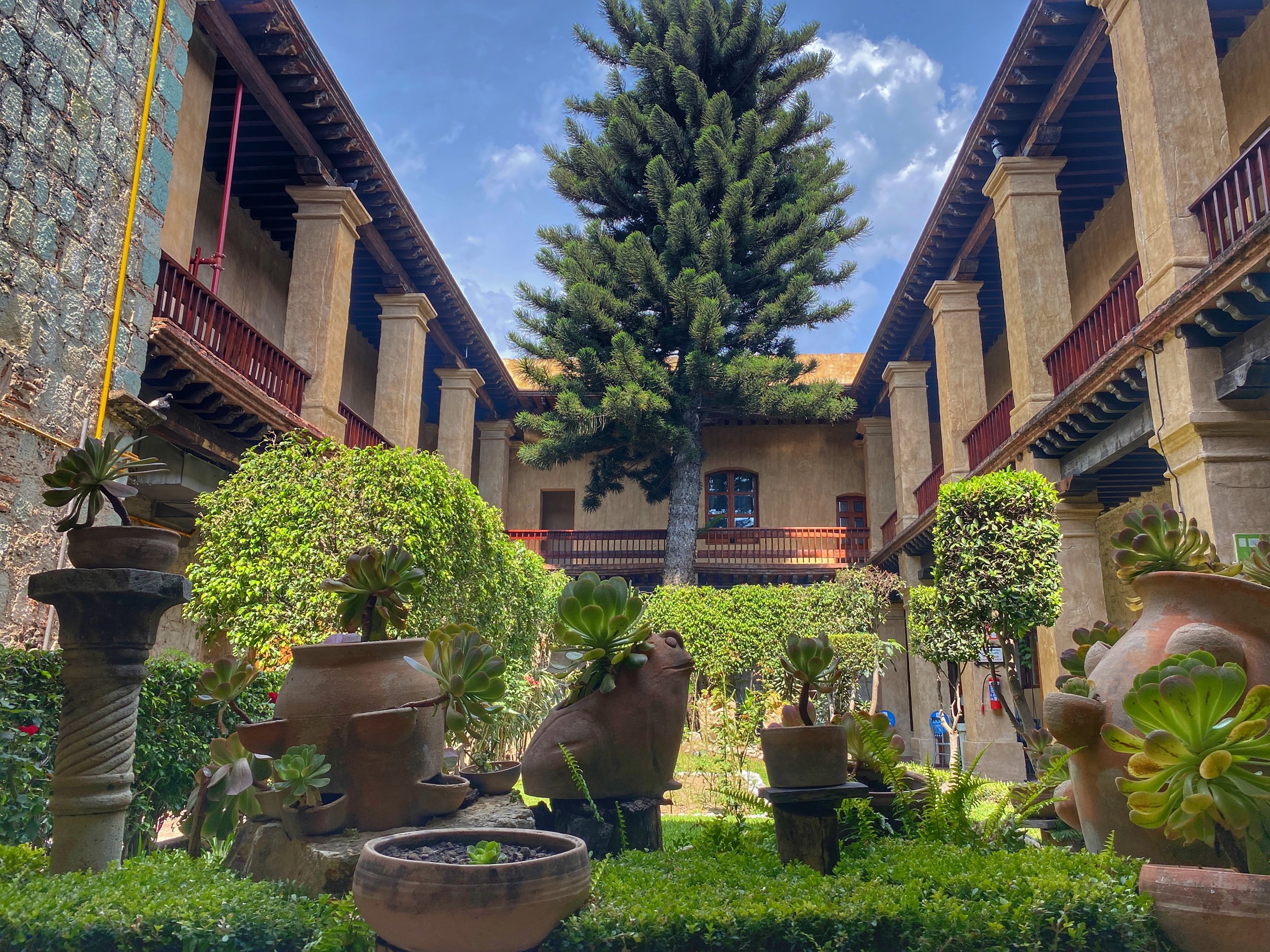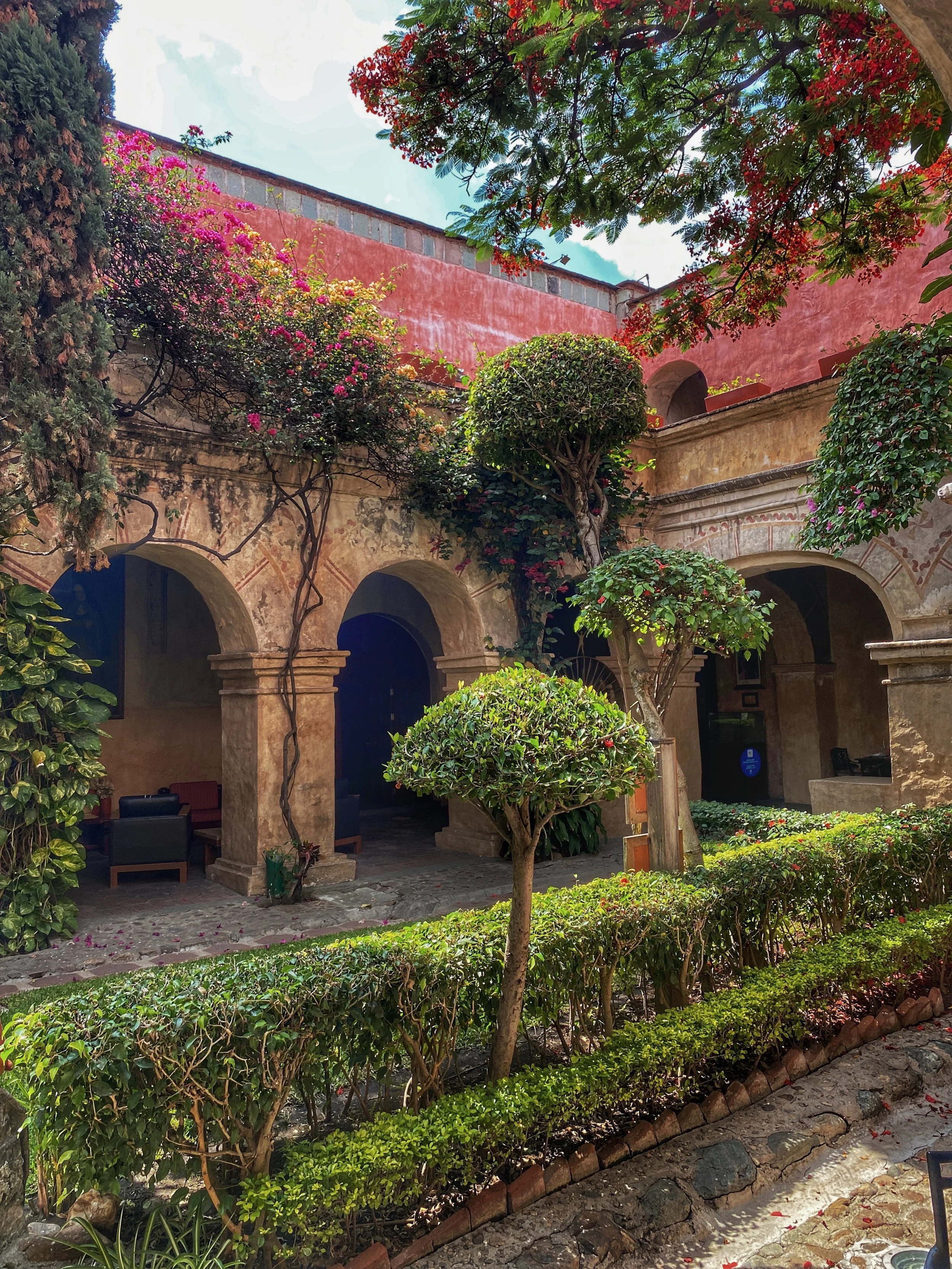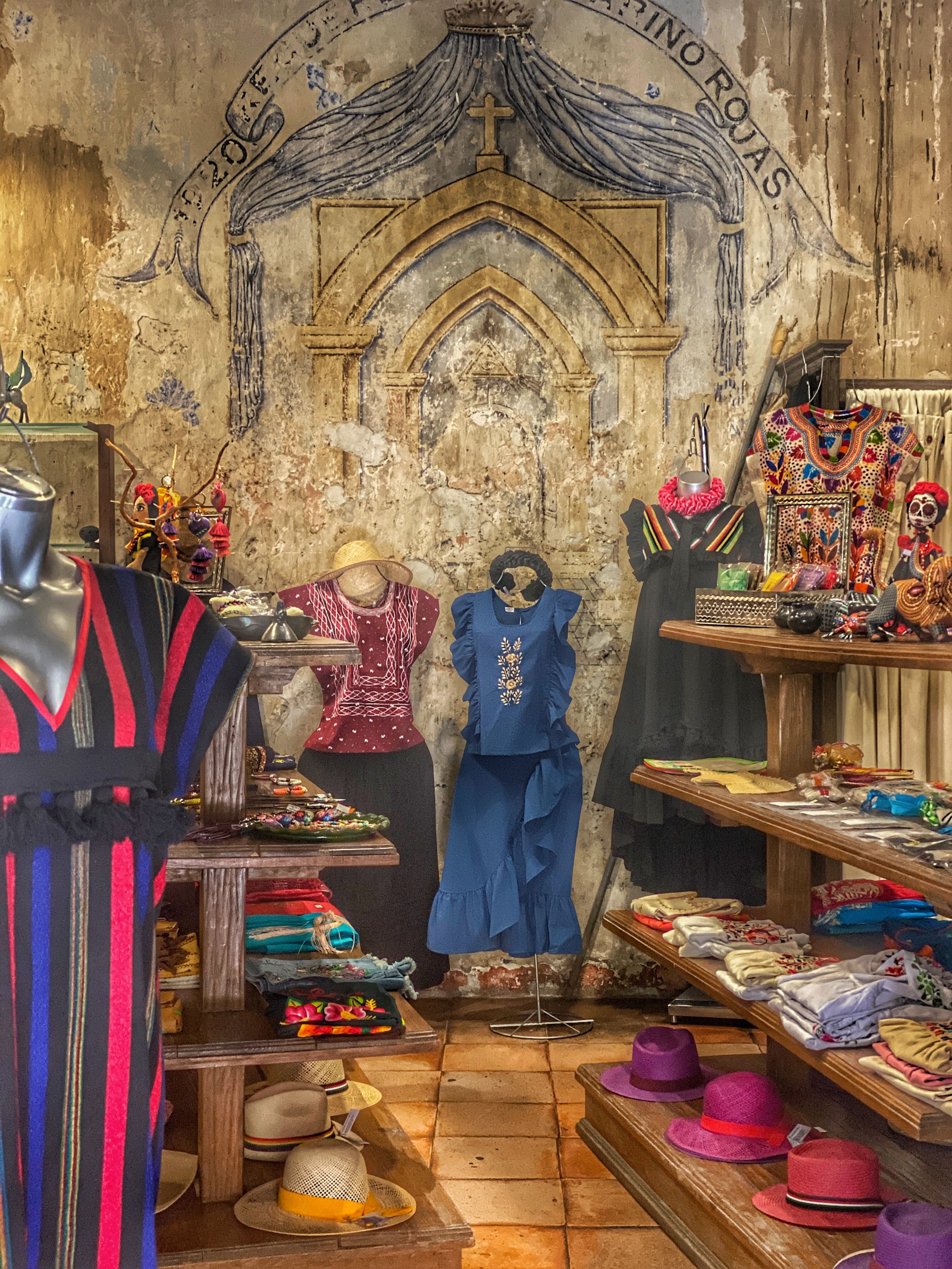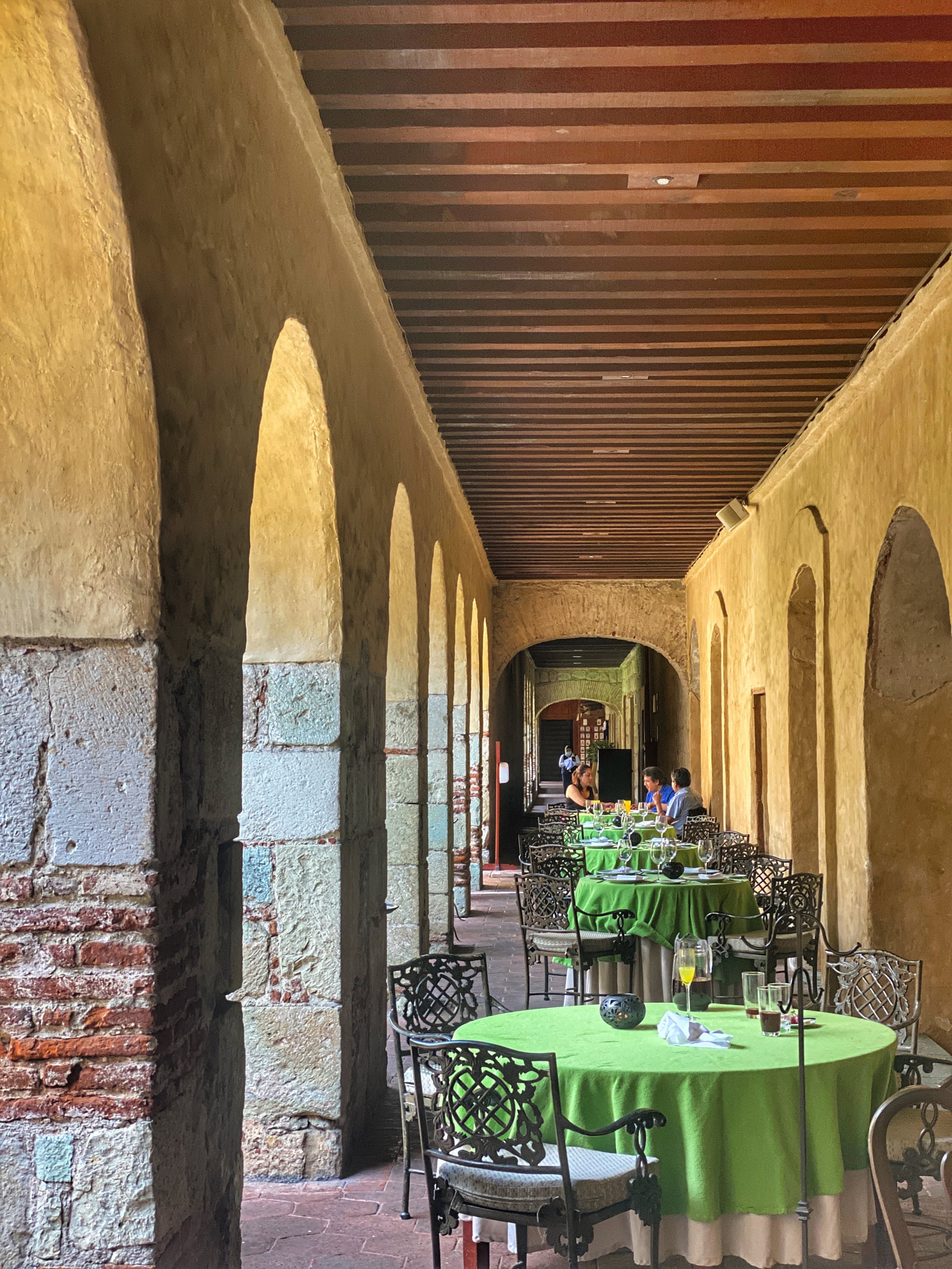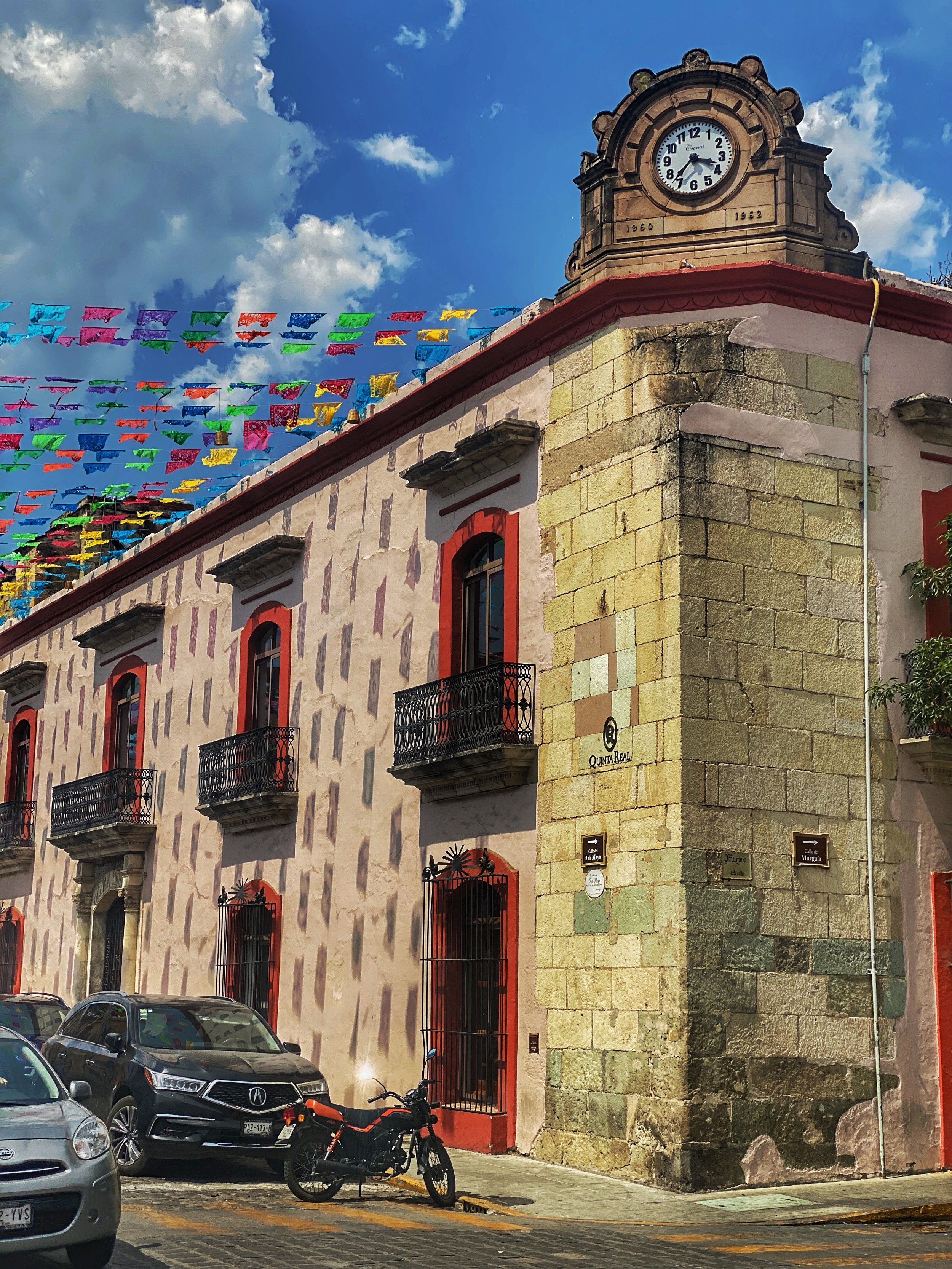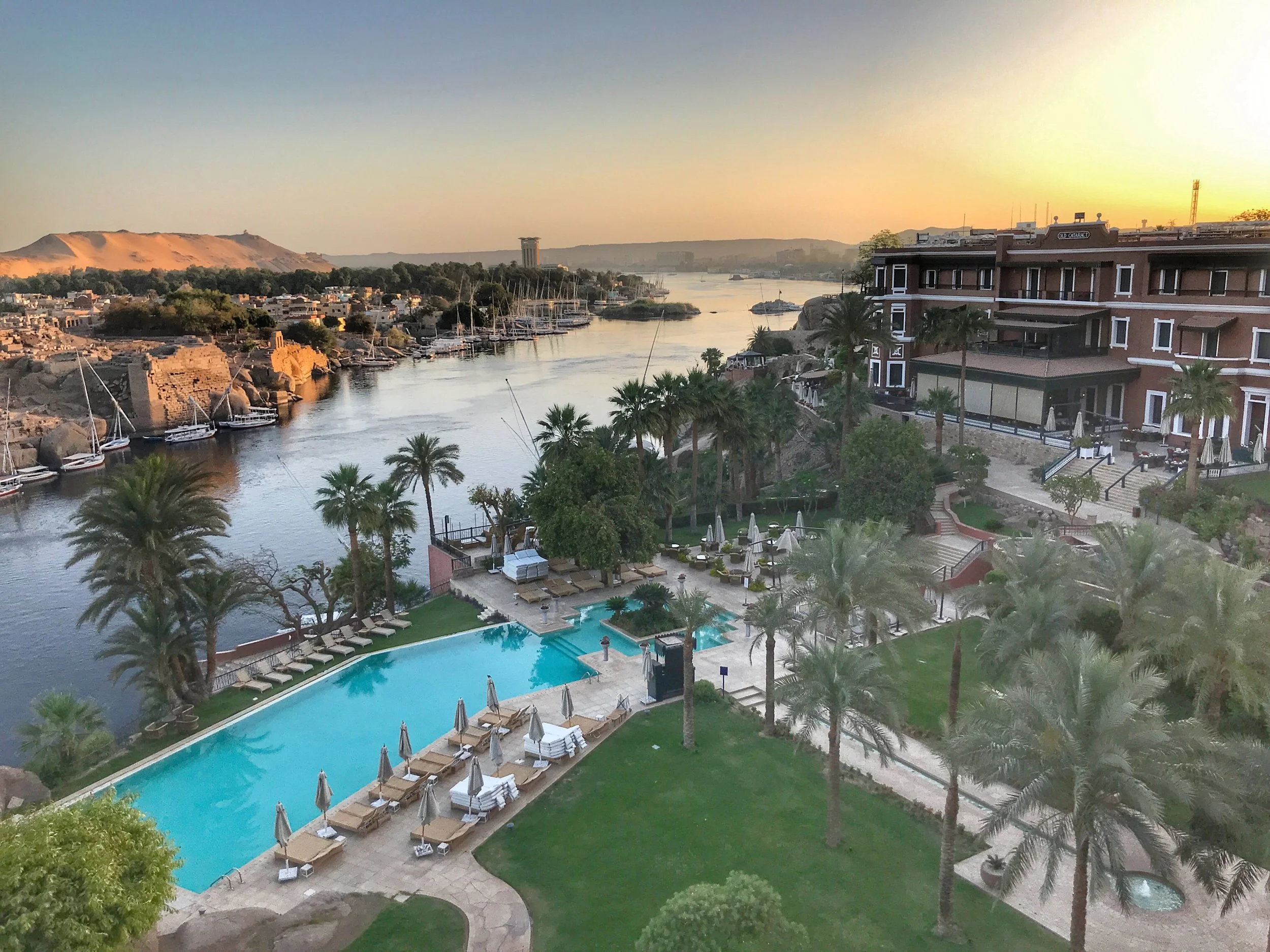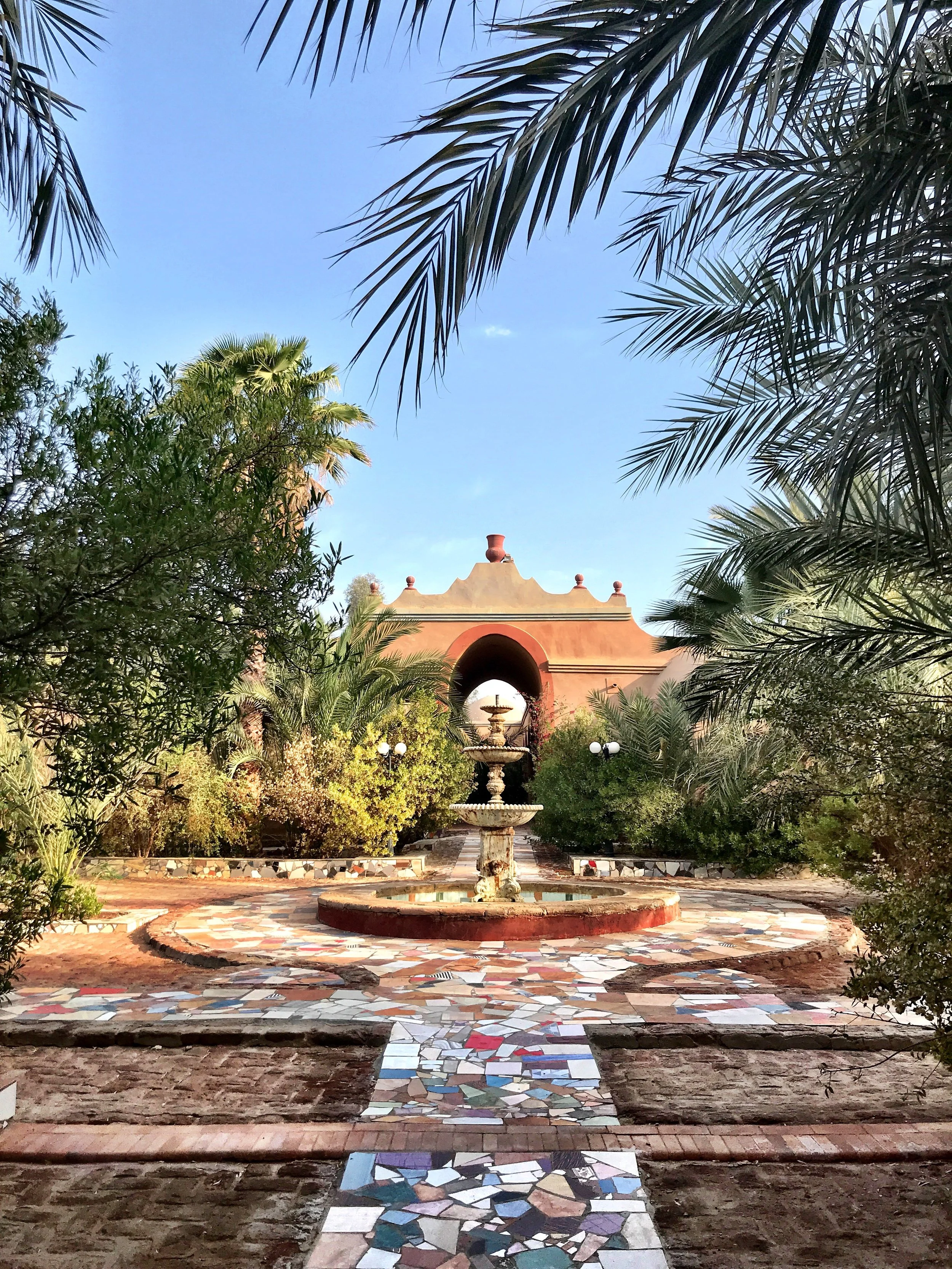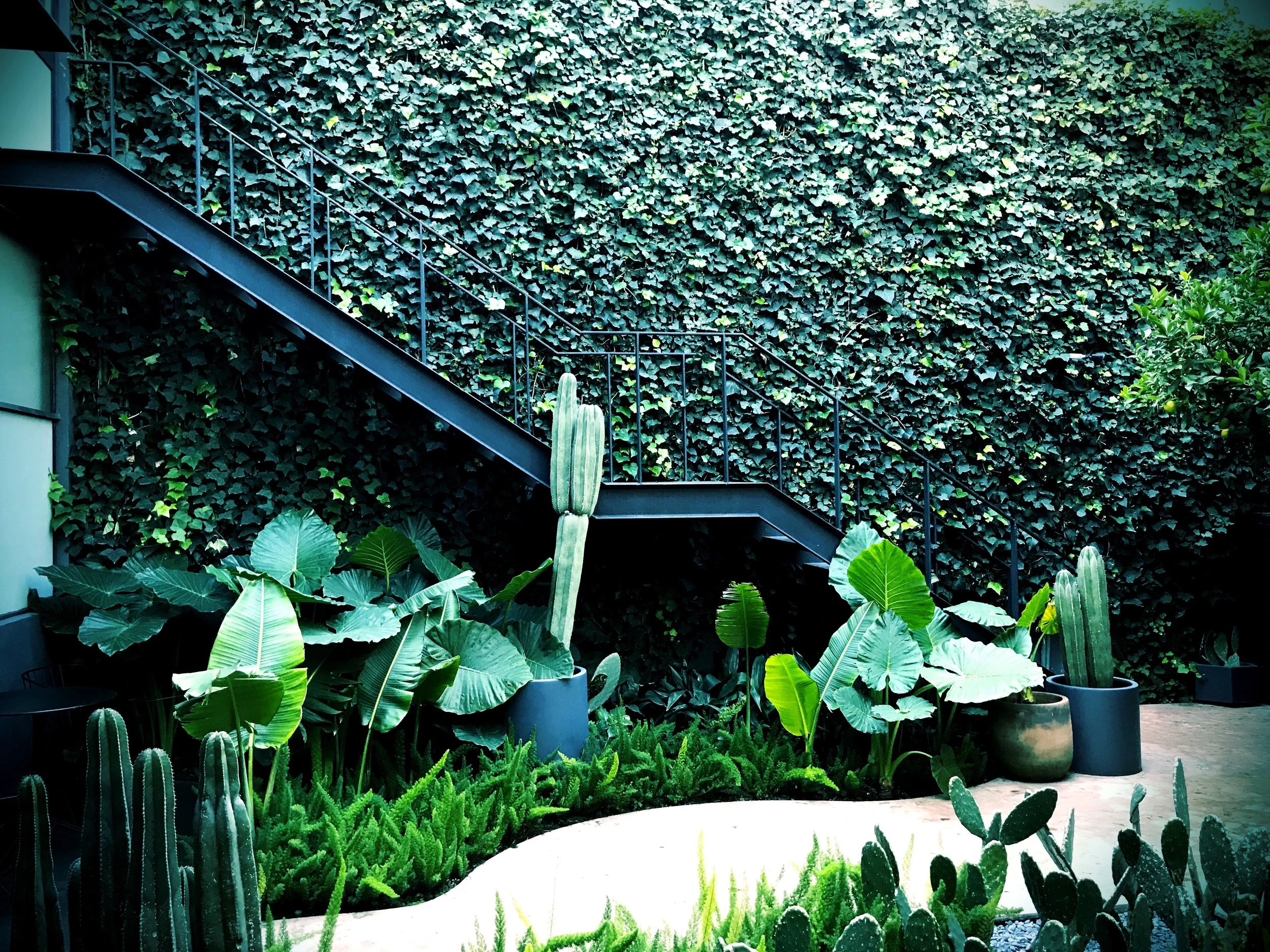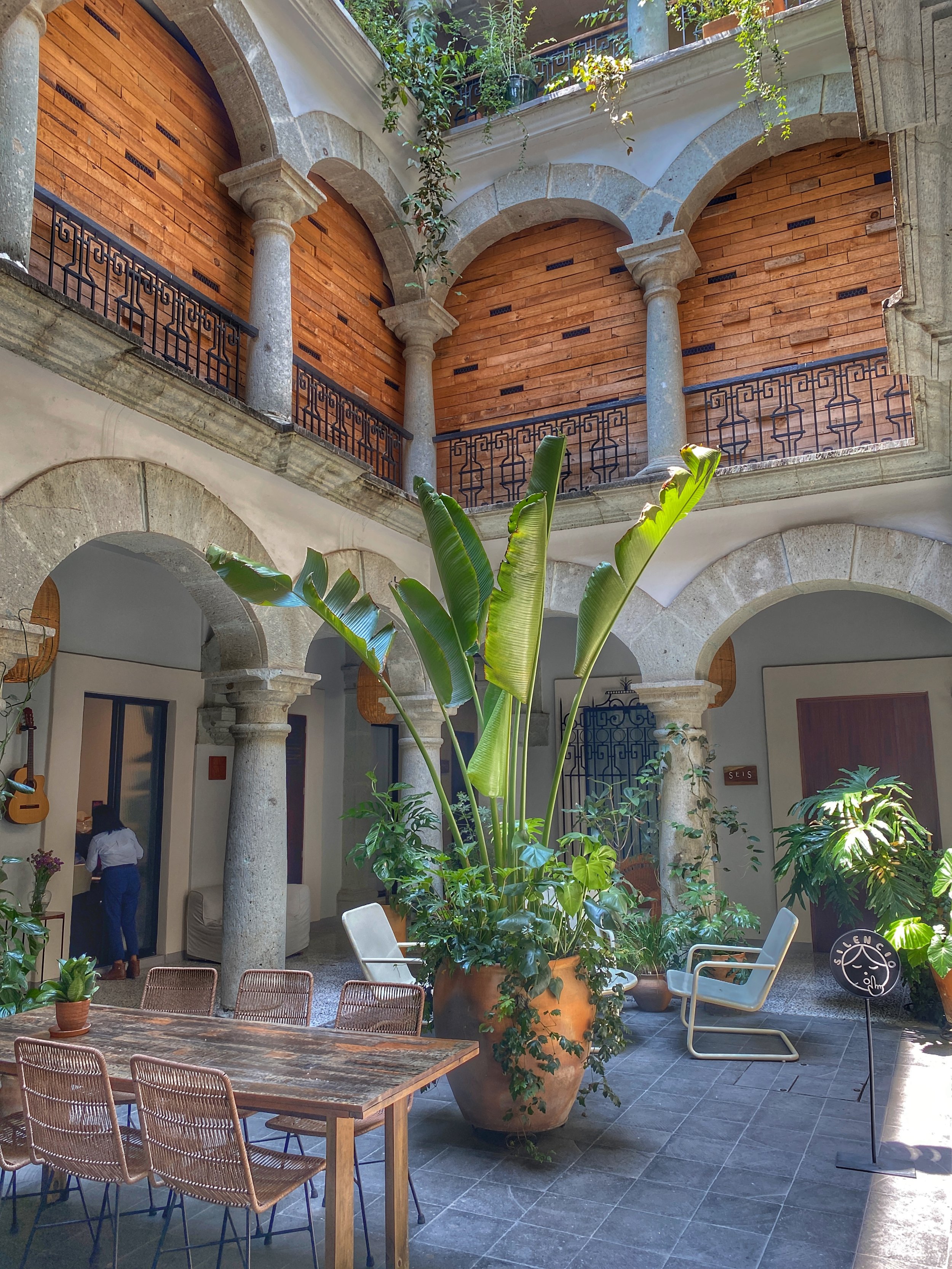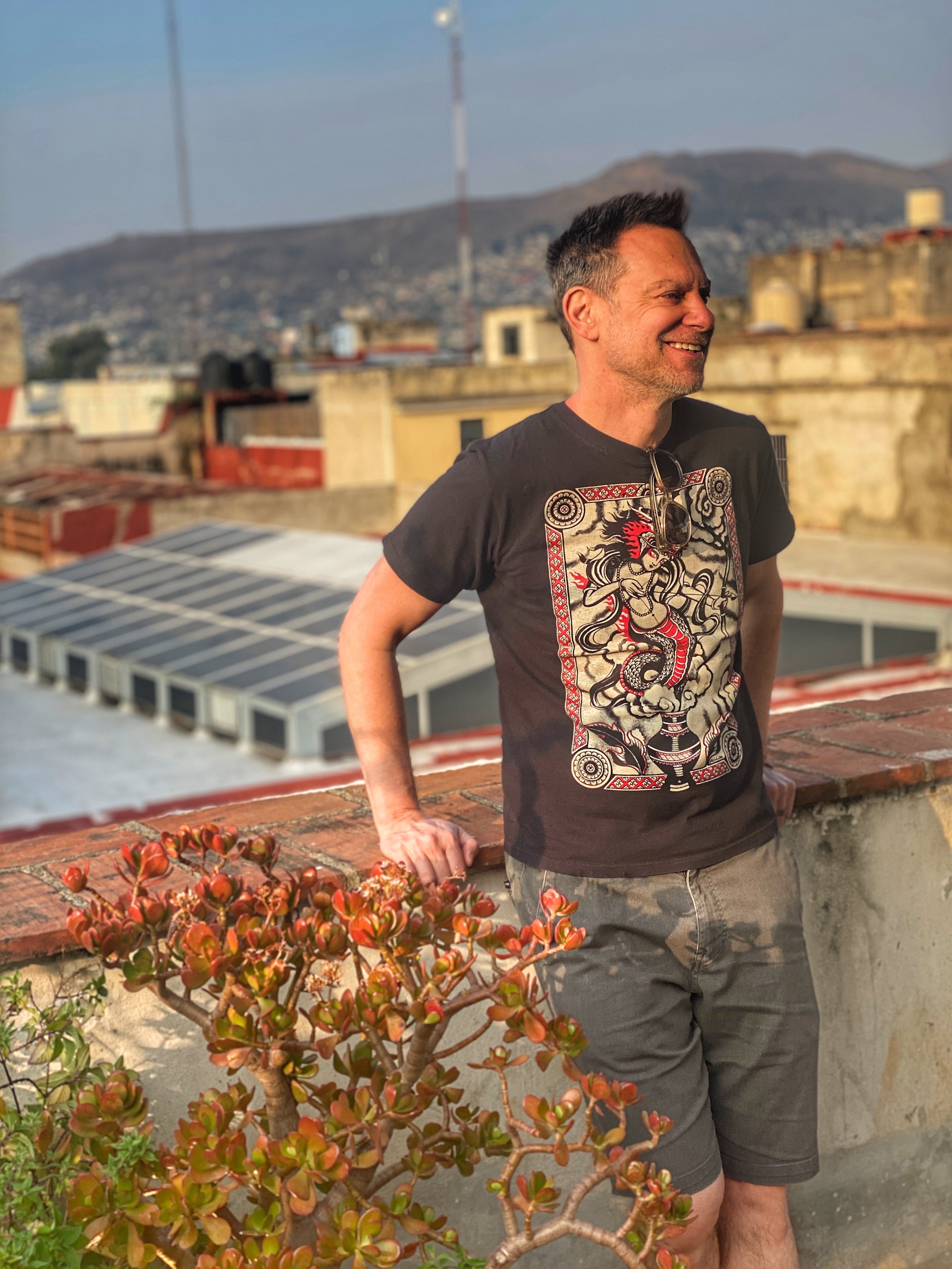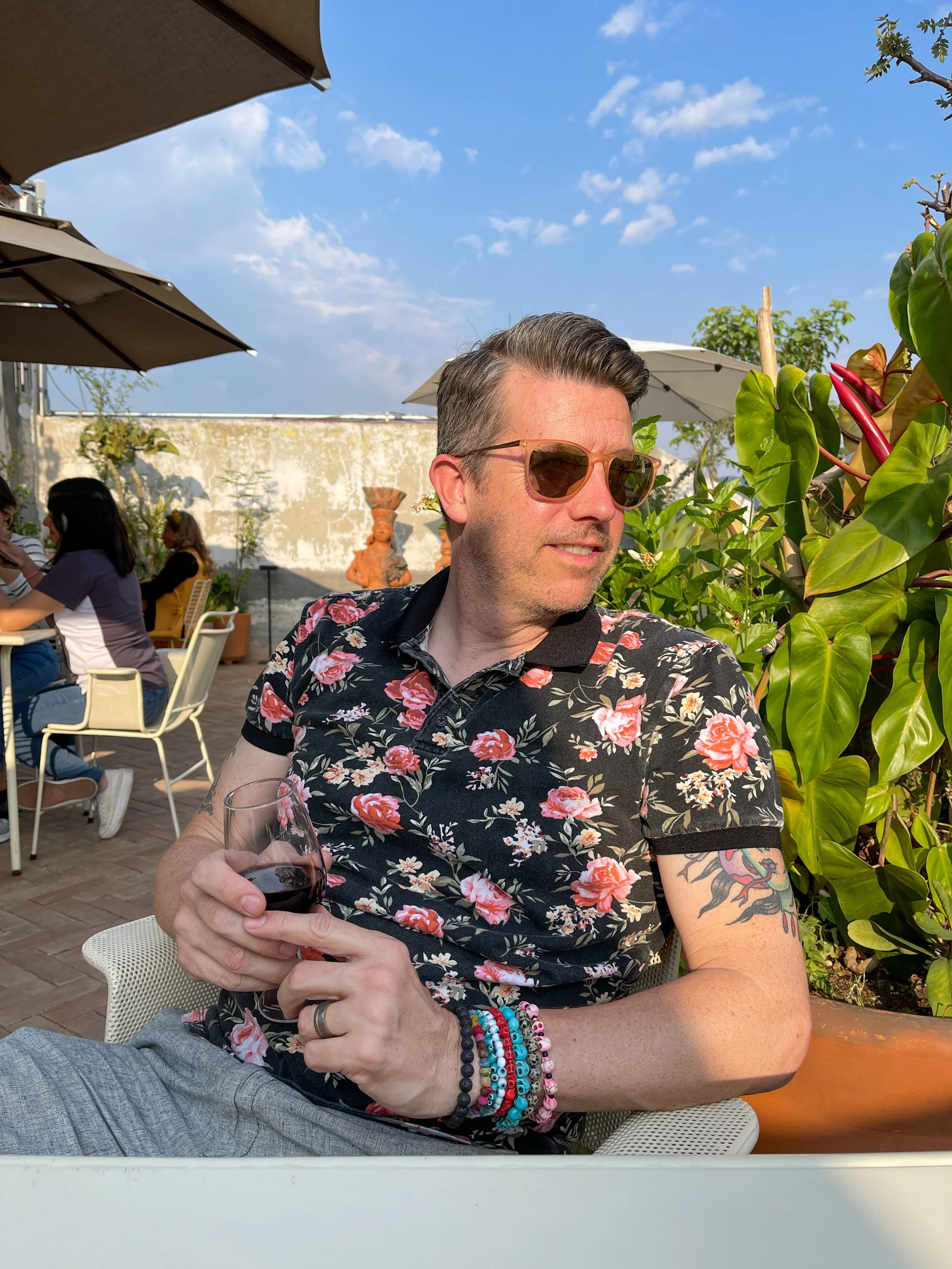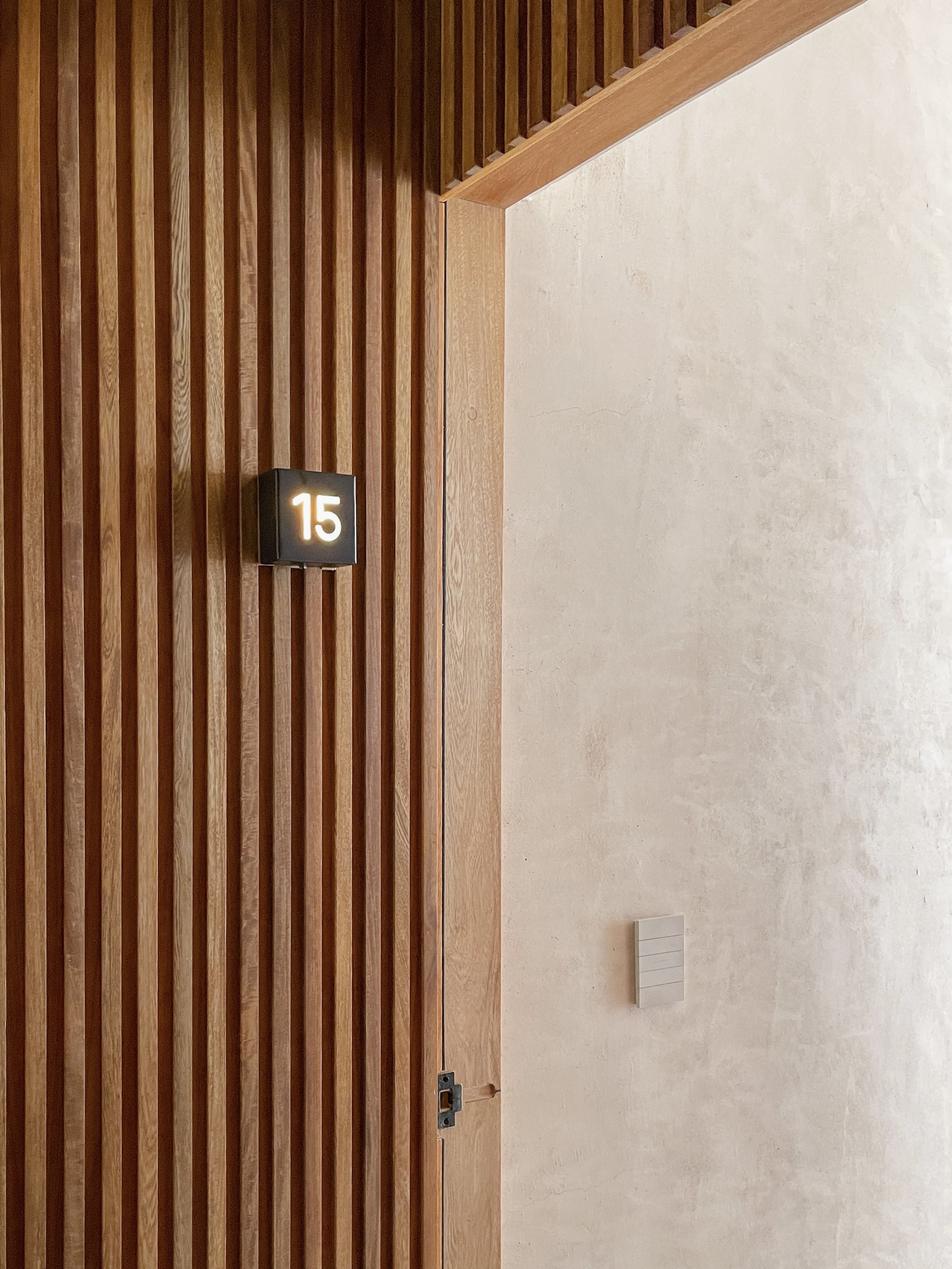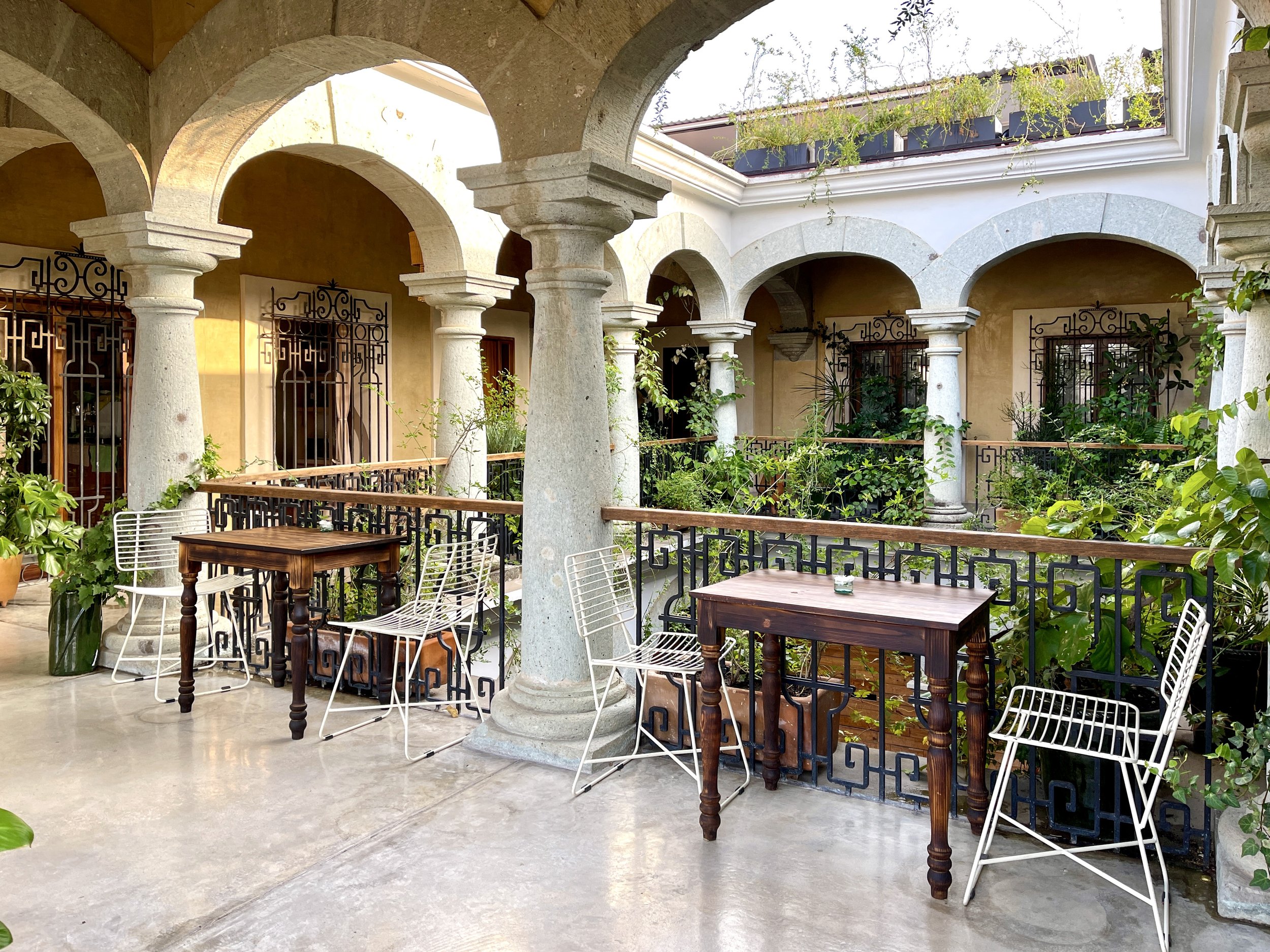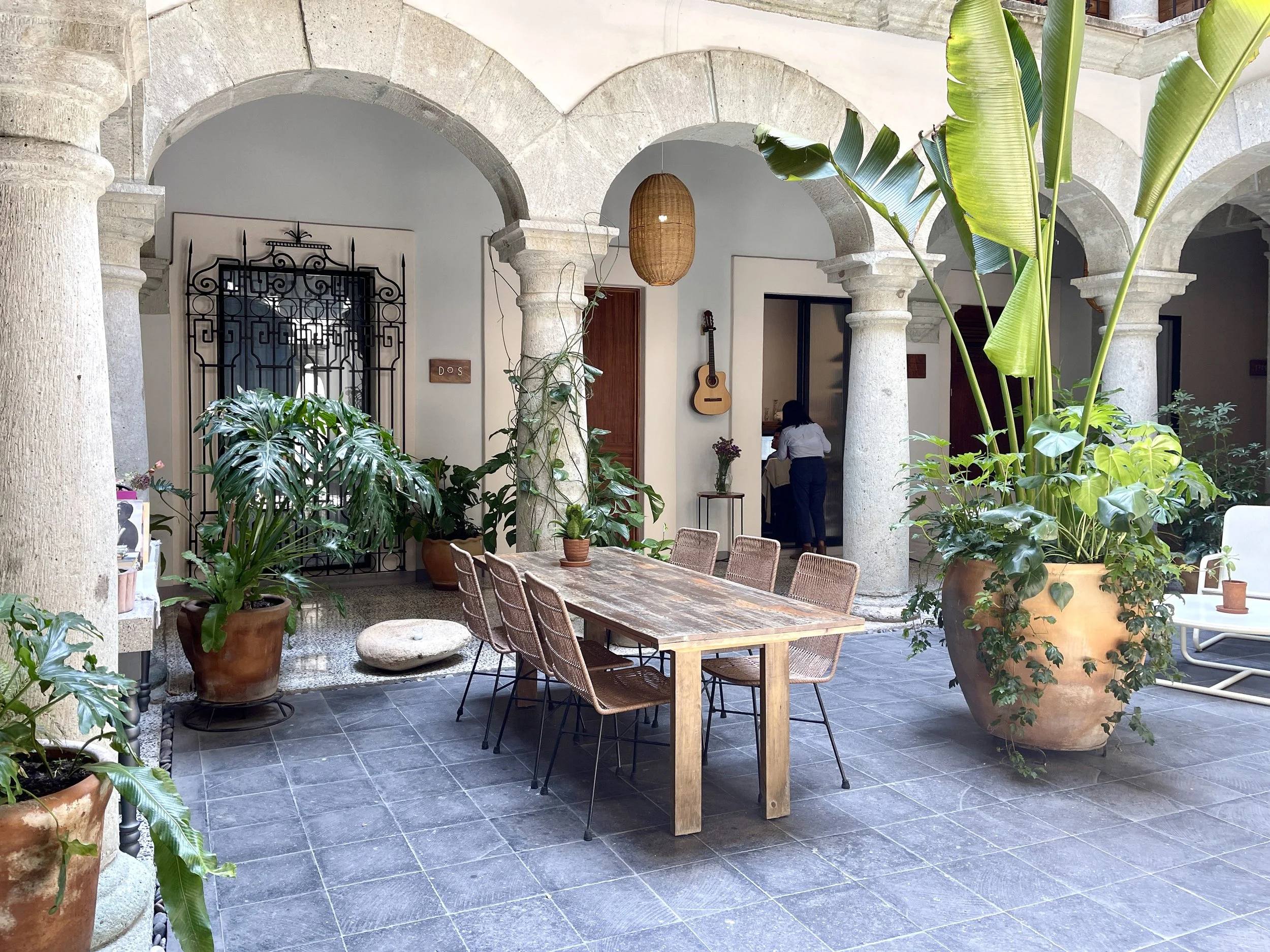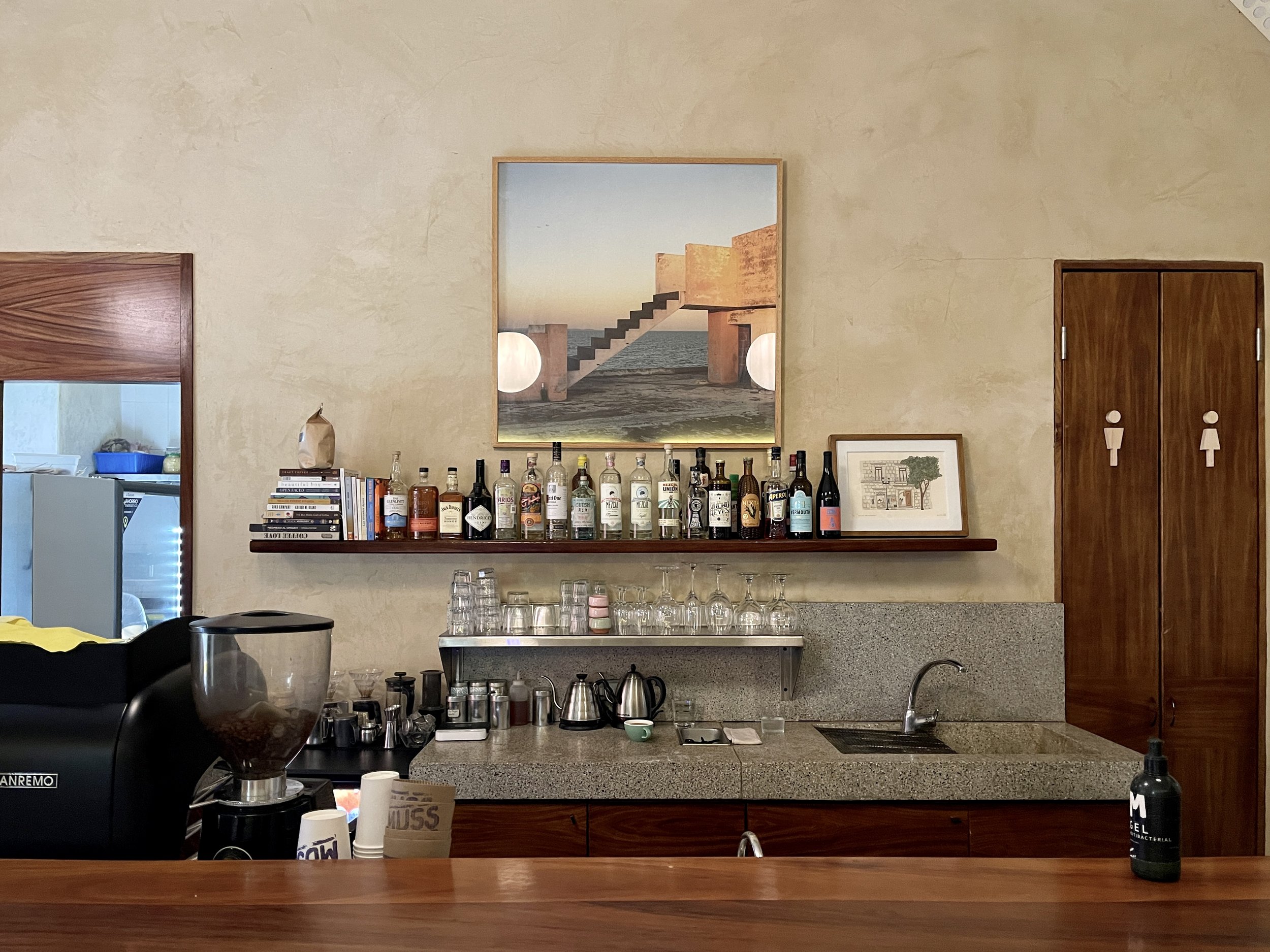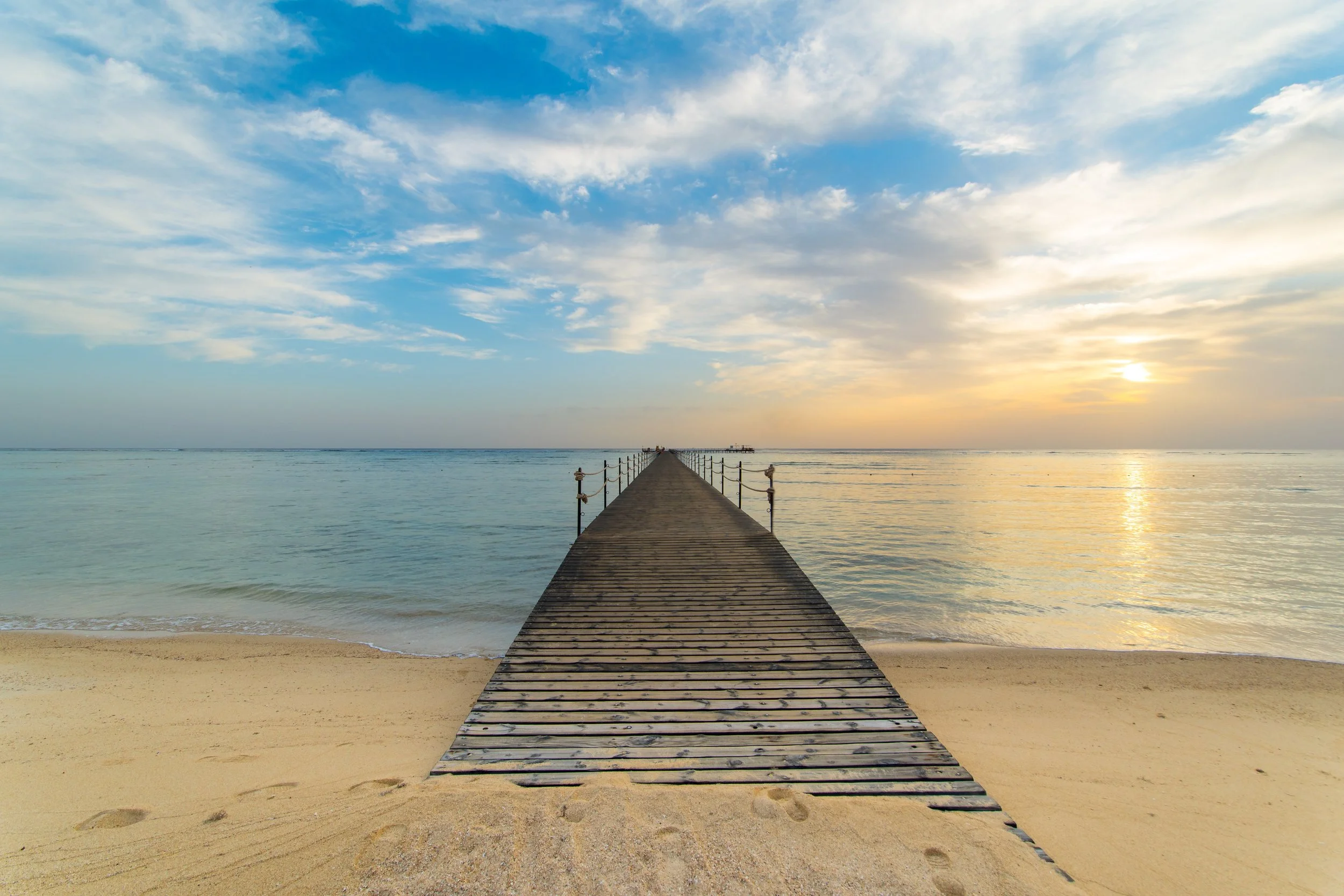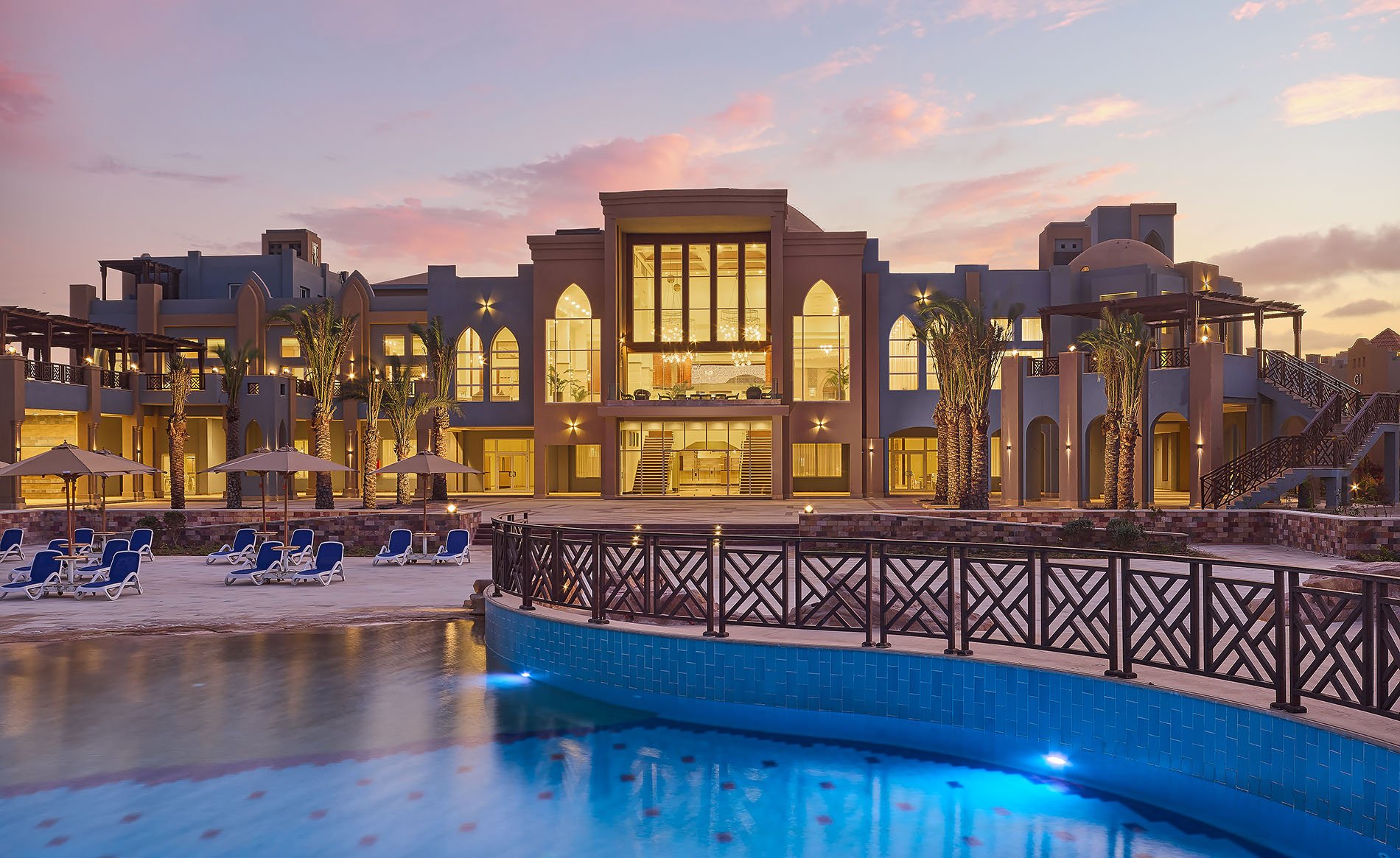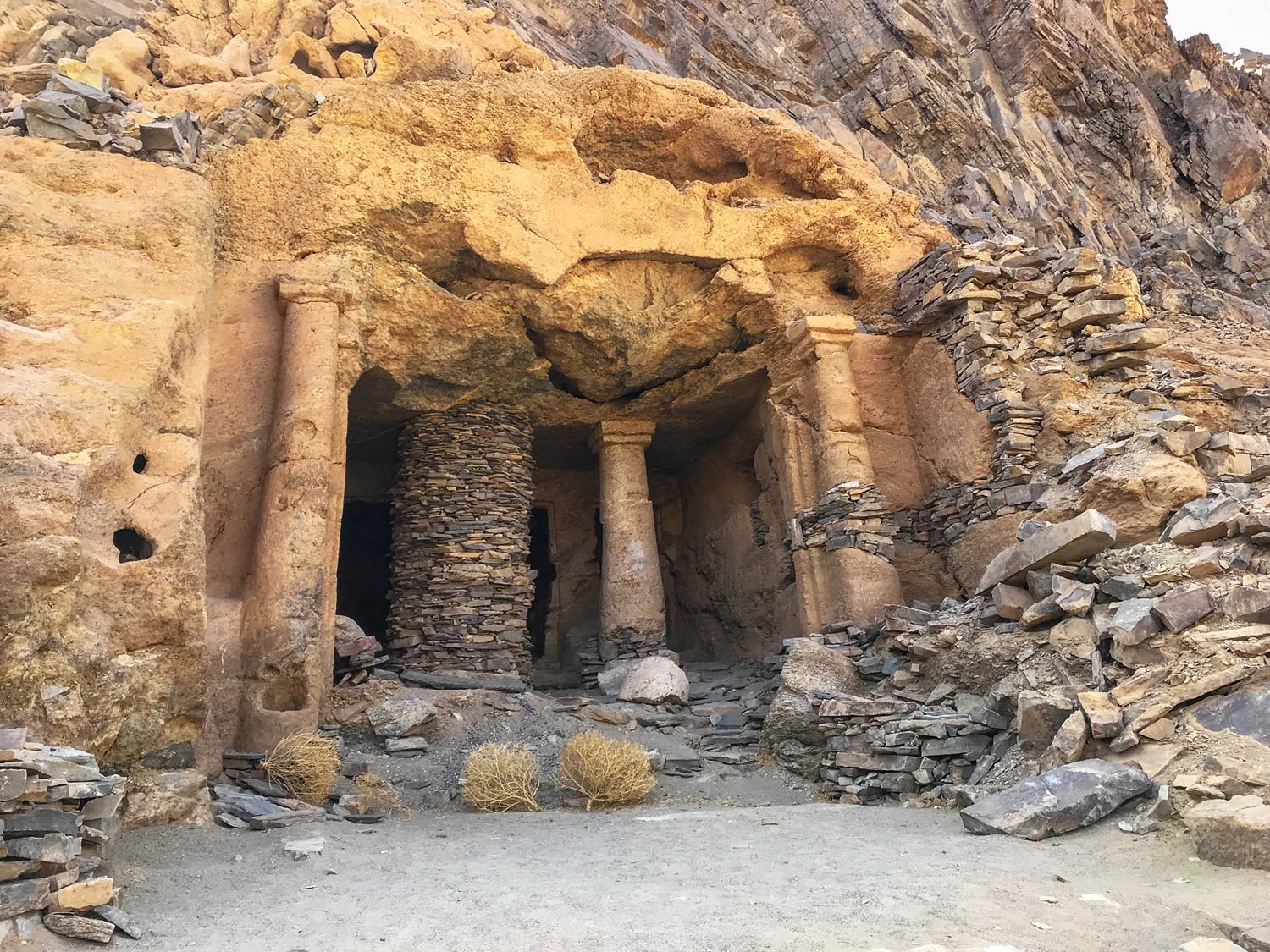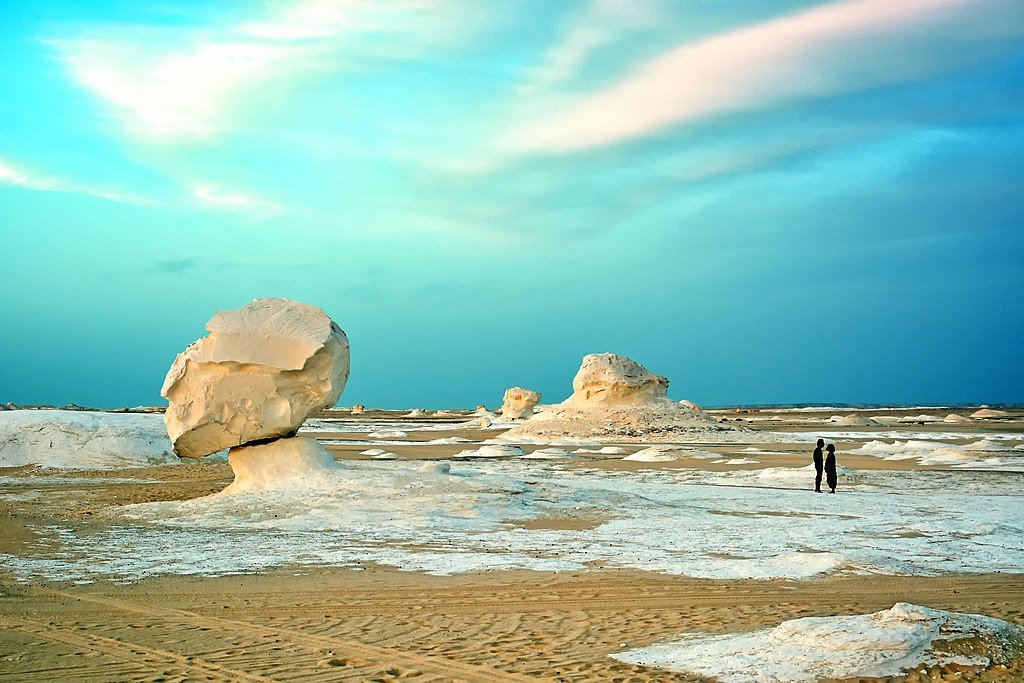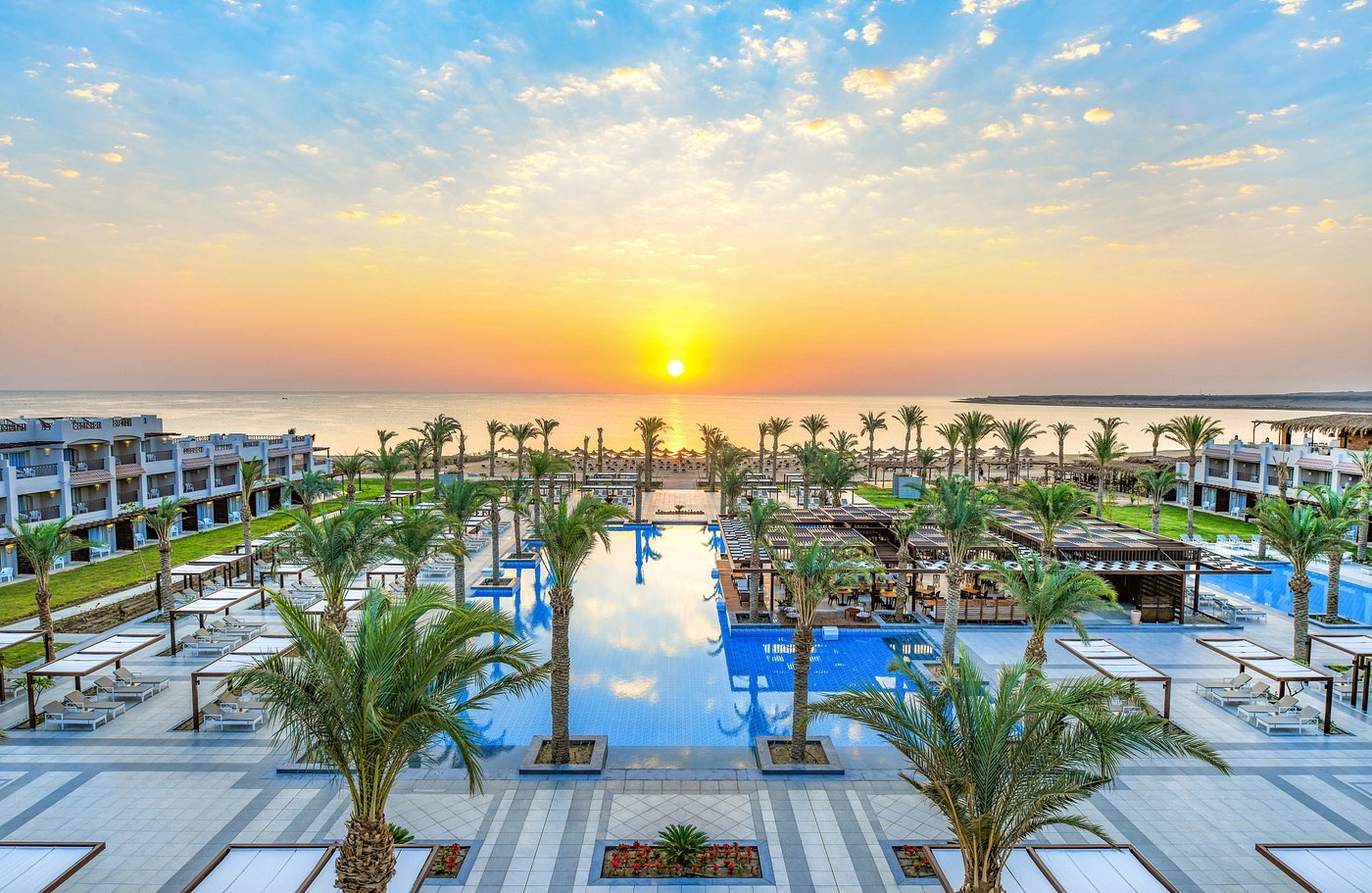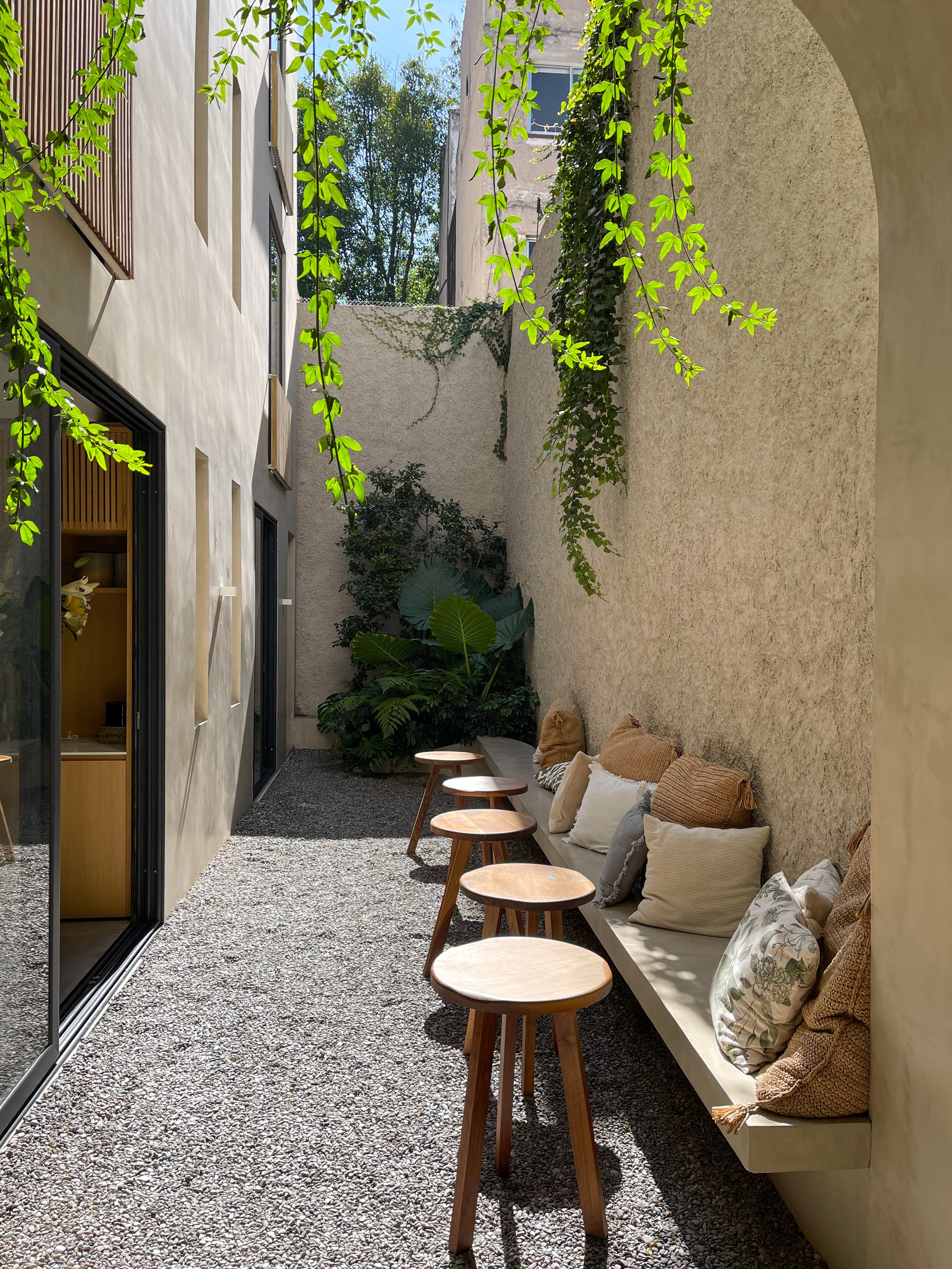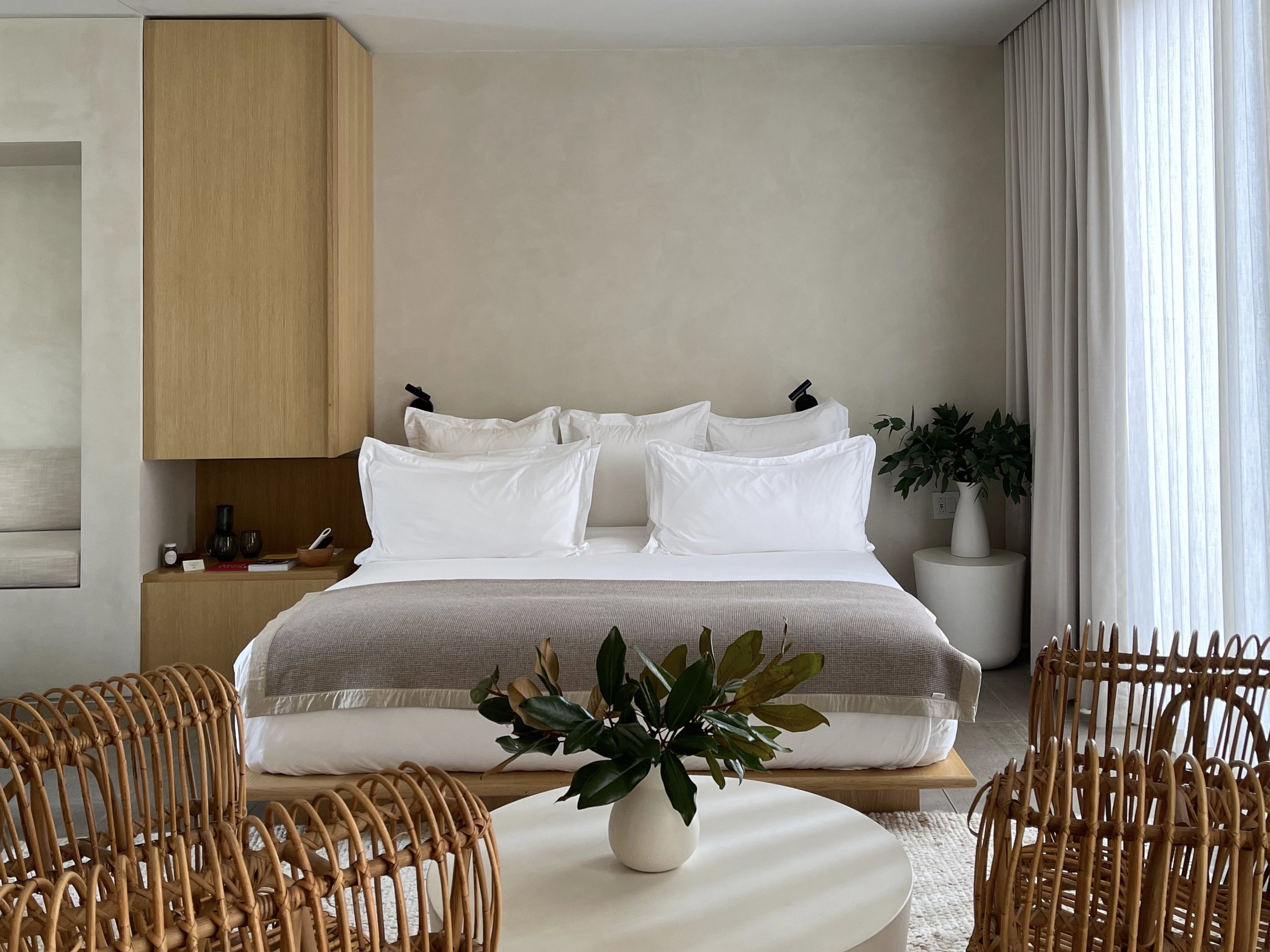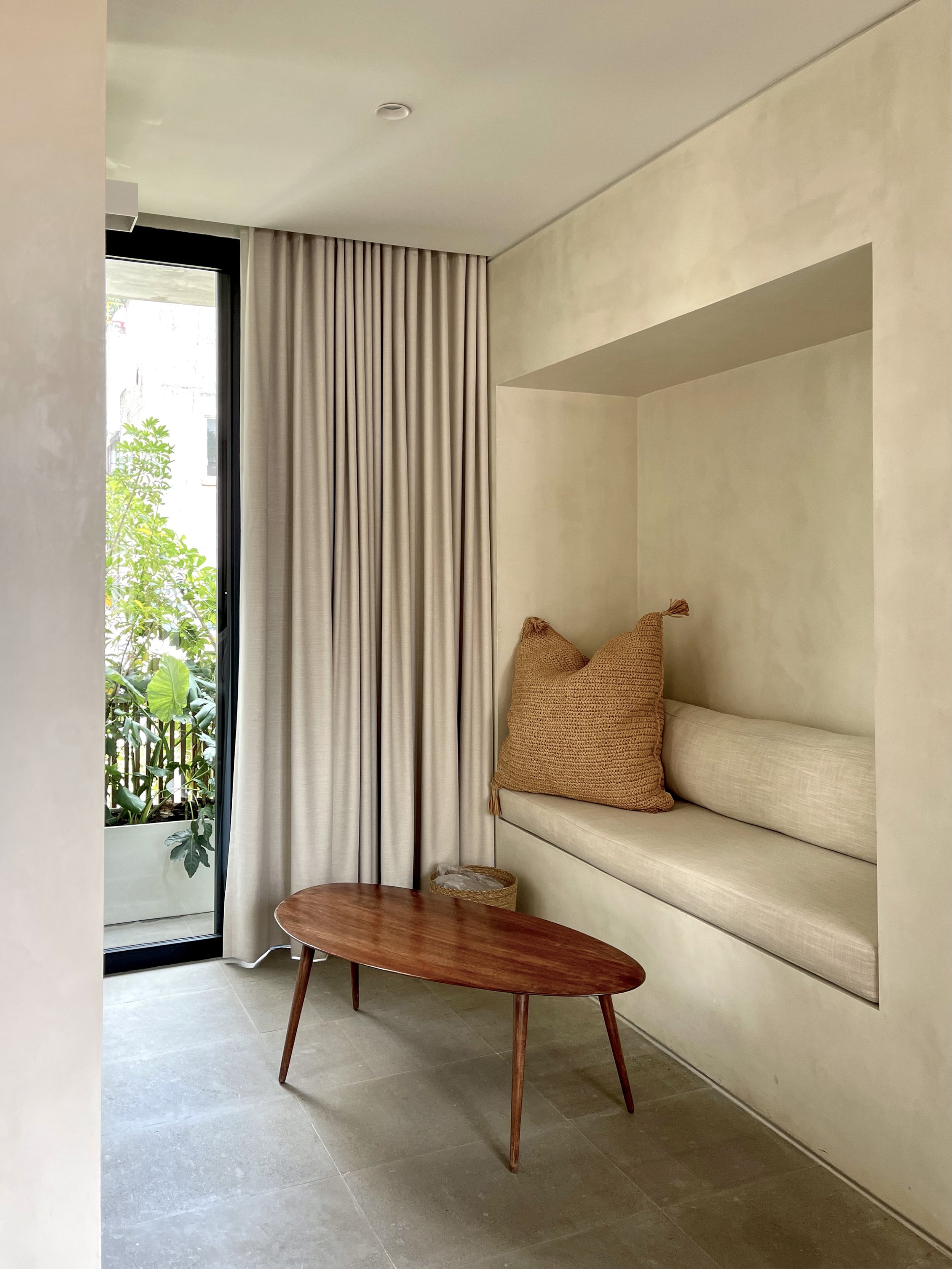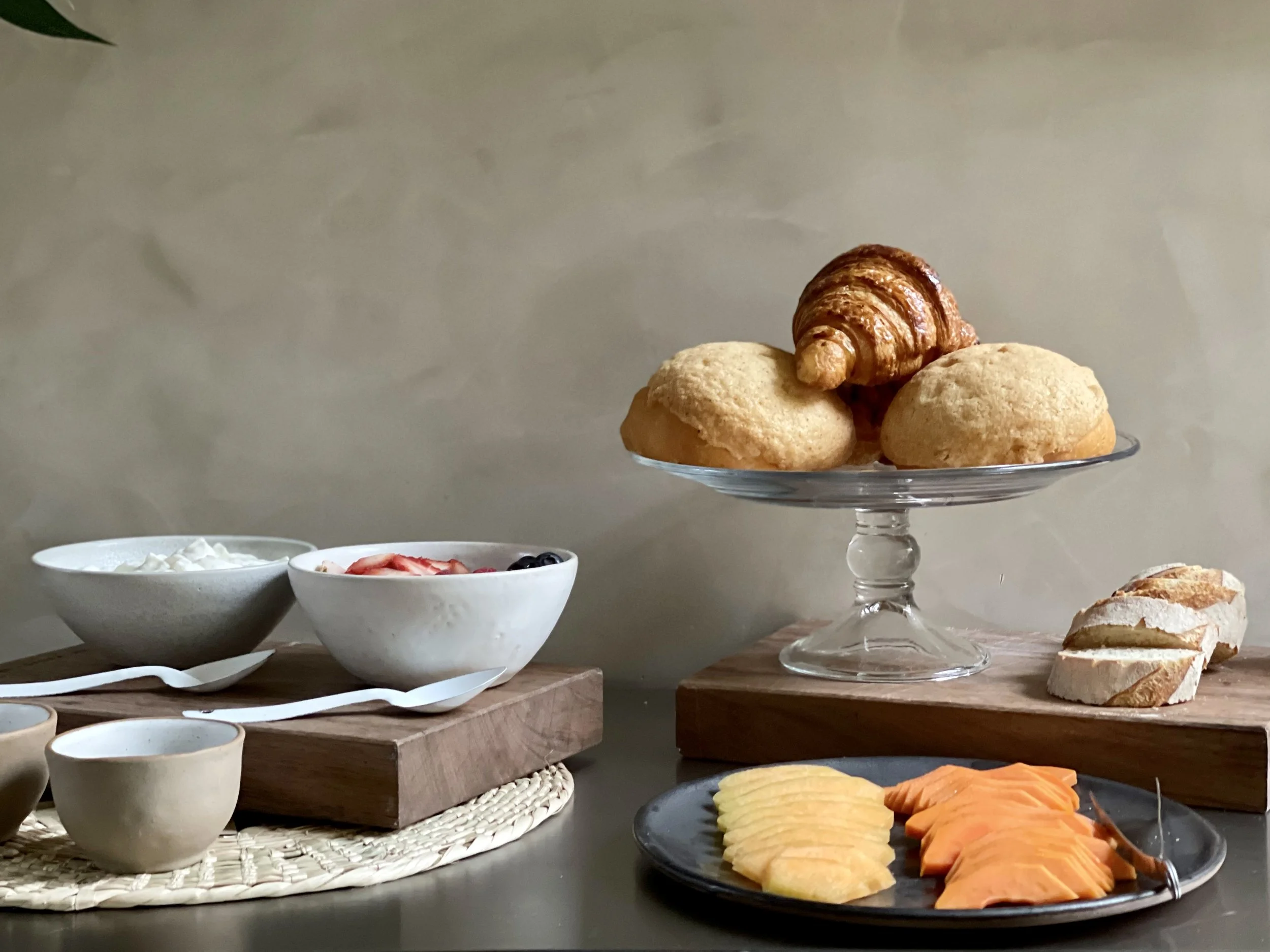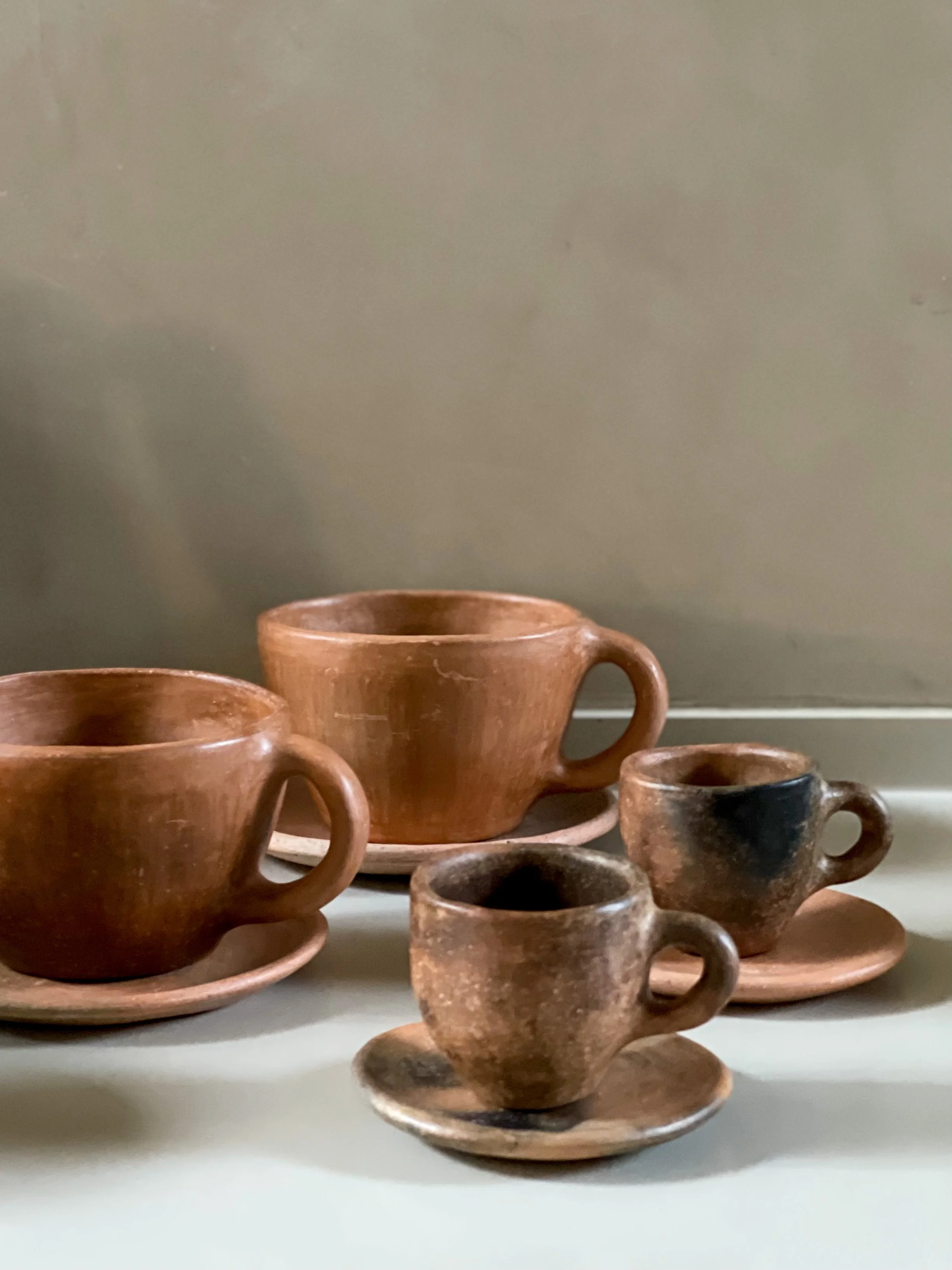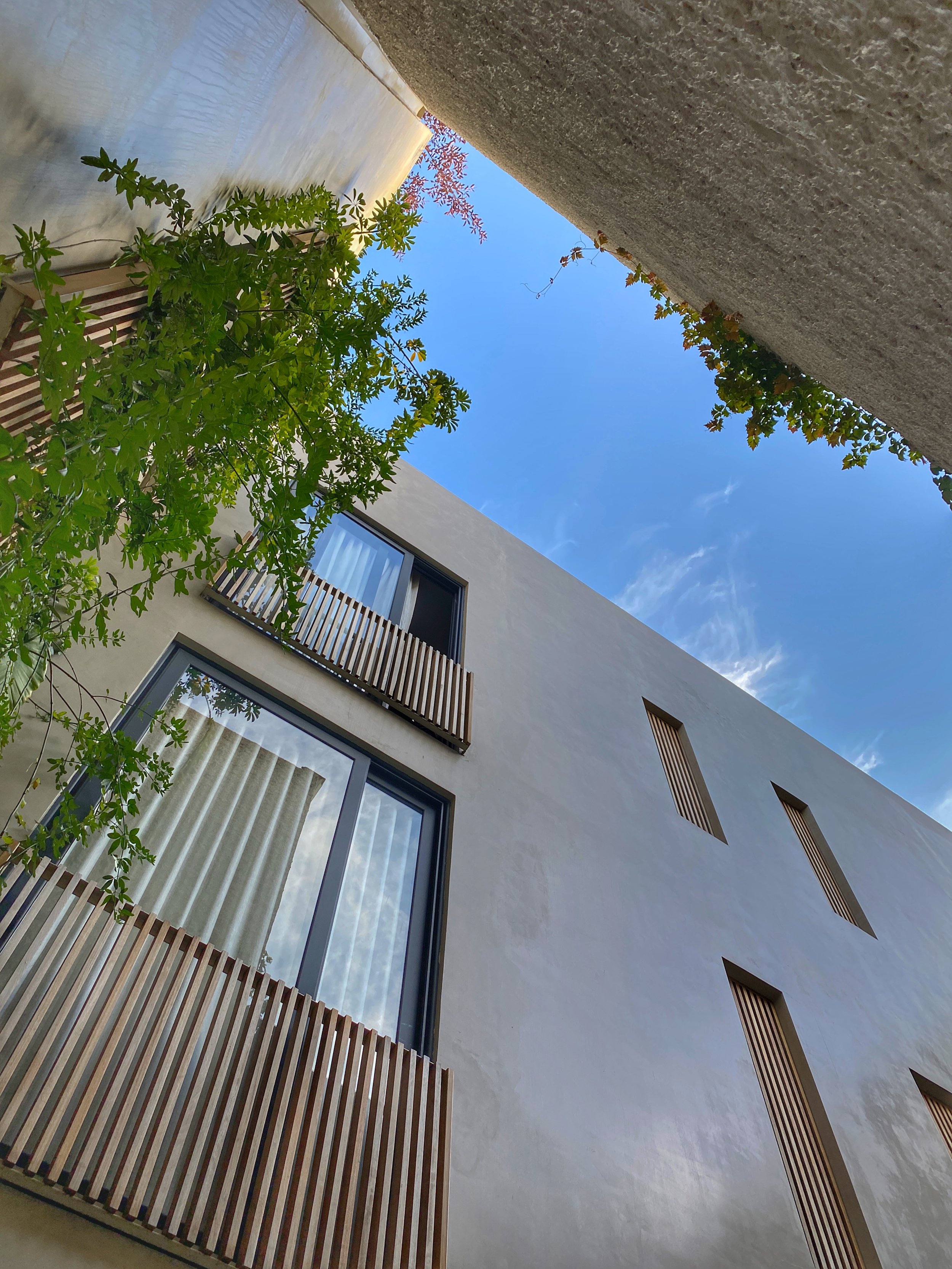From skiing Aspen Mountain to spa days at the St. Regis, private fireside dinners, and stays at Hotel Jerome and The Little Nell, this guide unlocks the most romantic and luxurious experiences in Aspen.
Tucked high in the Colorado Rockies, Aspen isn’t just about the ski scene (though, yes, the powder is as perfect as you’ve heard).
It’s a town where mountain air meets high-end indulgence, where you can spend your morning on the slopes and your evening sipping champagne fireside.
Beyond the adventure, Aspen delivers serious romance with its charming streets, award-winning restaurants, plush accommodations and cultural gems that’ll sweep you off your snow-dusted feet.
Whether you’re celebrating a milestone or just need an excuse to spoil your favorite person, Aspen is your ticket to a getaway that feels straight out of a fairytale. All it takes is a little planning — and a touch of insider know-how. In this guide, we’ll share the tips and inspiration you need to craft an unforgettable romantic escape, full of swoon-worthy moments and luxe surprises.
Choosing the Perfect Time to Visit Aspen
When it comes to Aspen, timing matters. The town transforms with the seasons, each offering its own charm.
Seasonal Highlights in Aspen
Winter (December–March): Snow-capped peaks, skiing adventures and cozy fireside evenings
Spring (April–June): Blossoming flowers, fewer crowds and mild weather
Summer (July–September): Warm, sunny days, ideal for hiking and picnics
Fall (October–November): Vibrant foliage and serene landscapes for romantic photoshoots
Special Events in Aspen for Couples to Enjoy
The 2025 Winter Music Series adds cultural sophistication to Aspen’s natural splendor. The series opens on February 7, with acclaimed pianist Nikolai Lugansky performing classical masterpieces.
The Grammy-winning Takács String Quartet follows on March 6, and renowned pianist Garrick Ohlsson concludes the season on March 20. All performances begin at 6:30 p.m. in the intimate Harris Concert Hall.
Remède Spa at the St. Regis Aspen is pure mountain luxury — think of it as the crown jewel of Aspen’s wellness scene. According to the Aspen Chamber Resort Association, this full-scale resort spa goes above and beyond the city’s charming boutique day spas, offering an immersive experience that’s hard to top.
Your escape begins with a complete wellness circuit designed to refresh and rejuvenate. Get your heart pumping in the state-of-the-art fitness center, then melt away any tension with a visit to the hot tub, steamroom and cutting-edge infrared sauna. It’s the perfect balance of invigorating and indulgent.
Aspen’s Elite Accommodations
Aspen’s legendary hospitality scene offers an array of exceptional accommodations, each promising its own version of mountain luxury. From historic hotels to contemporary resorts, every property provides a scenic backdrop for your romantic escape.
The Little Nell
The Crown Jewels: Five-Star Resorts in Aspen
With an unrivaled setting at the foot of Aspen Mountain, the Little Nell is the only Forbes five-star, five-diamond hotel in Aspen. This intimate luxury resort brings the soul of Aspen to life with its ski-in/ski-out access and sophisticated charm.
The property’s Element 47 restaurant has earned its place as a culinary destination. Its sommelier-led wine cellar tours provide an exclusive glimpse into one of the country’s most impressive collections.
St. Regis Aspen Resort
The majestic St. Regis Aspen Resort, with its striking red brick façade and mountain backdrop, embodies timeless elegance.
Beyond its luxurious rooms, the resort captivates guests with distinctive traditions like evening champagne sabering and their signature Bloody Mary ritual. The Velvet Buck restaurant serves refined mountain cuisine in a sophisticated setting. And, as mentioned earlier, the Remède Spa provides world-class treatments.
Hotel Jerome
Boutique Luxury: Character Meets Comfort
Hotel Jerome weaves Aspen’s story into every detail, carrying on a legacy more than 135 years in the making.
This historic property seamlessly blends Wild West heritage with contemporary luxury, featuring rooms adorned with cashmere curtains and leather furnishings. The hotel’s living room has become the toast of Aspen’s social scene, while Felix Roasting Co. offers an ornate setting for your morning caffeine fix.
Limelight
Limelight provides a fresh take on mountain luxury with its contemporary design and vibrant atmosphere.
Its 126 rooms offer modern comfort with classic alpine touches, while the hotel’s partnership with Audi ensures guests travel in style.
The property’s lounge has become a local favorite for live music and après-ski gatherings.
Crafting Magical Moments in Aspen
Transform your mountain getaway into an unforgettable experience with thoughtfully planned surprises that capture the essence of romance in the Rockies.
The Gift of Timeless Elegance
Many luxury brands showcase an exquisite selection of gemstones, including some of the rarest diamonds. In fact, diamonds come in 12 mesmerizing colors, with subtle variations in intensity and secondary hues that create over 230 unique combinations.
According to Leibish, a specialist in natural colored diamonds and high-end gemstones, these vibrant stones are the rarest of the rare — representing just a tiny fraction of the world’s diamond production. It’s this exceptional scarcity that makes colored diamonds the ultimate expression of love and luxury.
For a romantic and savvy choice, consider pink diamonds. These gems gracefully blend vibrant hues with feminine elegance and are among the most sought-after colored diamonds. Their charm goes beyond beauty — they’ve consistently proven to be a smart investment.
Personalized Adventures
Treat your partner to an exclusive after-hours gallery tour at Aspen’s renowned art venues. These private experiences allow you to immerse in the town’s vibrant art scene without the usual crowds, creating a truly memorable outing.
For a dose of adventure, plan a day packed with outdoor activities that let you soak up Aspen’s world-famous natural beauty. Of course, skiing is a must — this is one of the premier ski destinations in the United States, after all. With four major ski areas and 5,300 acres of skiable terrain, there’s plenty of powder to explore:
Aspen Mountain (Ajax): Perfect for seasoned skiers
Aspen Highlands: Known for the Highland Bowl’s steep descents, offering an adrenaline rush at 12,392 feet above sea level
Buttermilk Mountain: Home of the Winter X Games, catering to all skill levels
Finally, cap off the day with an intimate, chef-prepared dinner by the glow of a crackling fire. This cozy, luxurious setting is the perfect way to unwind, savor the moment, and create memories you’ll treasure long after you’ve left the mountains behind.
Travel to Aspen FAQs
How many days do you need for Aspen?
A week in Aspen offers ample time to explore its diverse attractions, whether you’re into outdoor adventures, art or local cuisine. With plenty of events, including the Winter X Games at Buttermilk and Wintersköl on Aspen Mountain, there’s always something exciting to experience.
Is Aspen a good place to honeymoon?
Aspen is an ideal honeymoon destination, offering a romantic setting year-round. The town offers world-class skiing in winter and scenic hiking trails in the summer. It provides the perfect balance of adventure and romance for newlyweds. Aspen also boasts luxurious resorts, intimate spas and fine dining.
Is Aspen a wealthy city?
Yes, Aspen is known for its affluence. With a significant portion of its population possessing a net worth of over $30 million, it’s considered a playground for the wealthy. The area is home to many of the ultrarich, particularly in the exclusive Red Mountain neighborhood known as “Billionaire Mountain.”
Romantic Aspen
While the champagne buzz may fade and ski tracks vanish under fresh powder, the genuine connections made in this mountain paradise will endure. These moments will echo far beyond your return home.
Perhaps that’s the real essence of luxury — not the thread count of the sheets or the vintage of the wine. Instead, it’s the priceless gift of undivided attention and shared wonder in one of nature’s most spectacular settings. –Mashum Mollah



